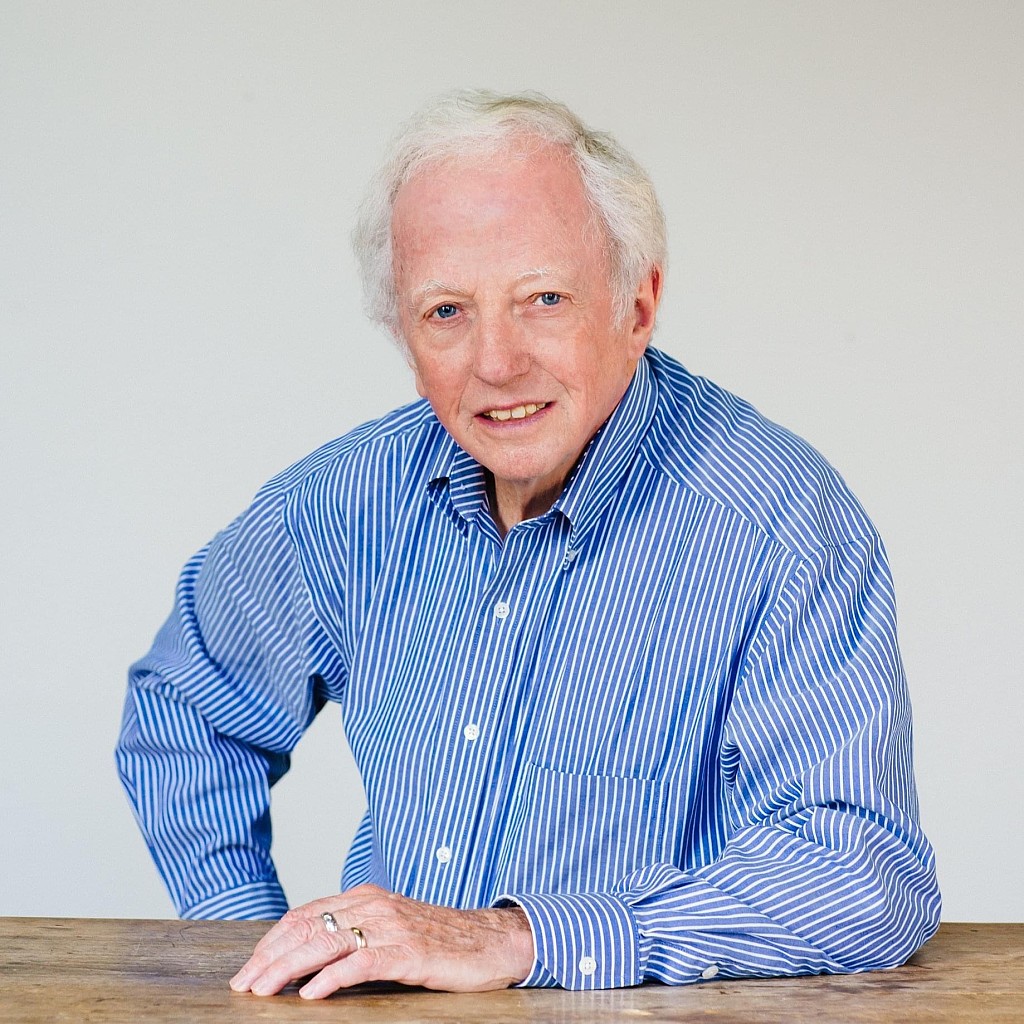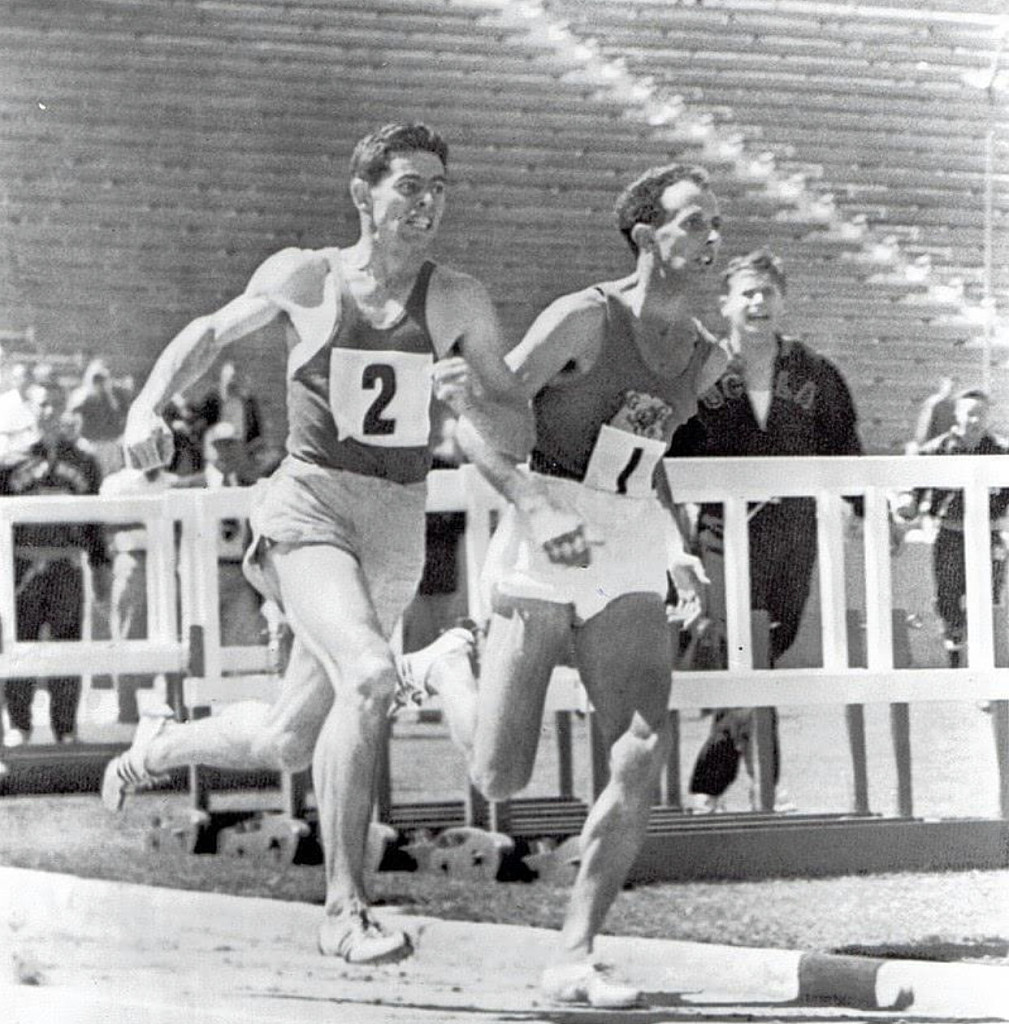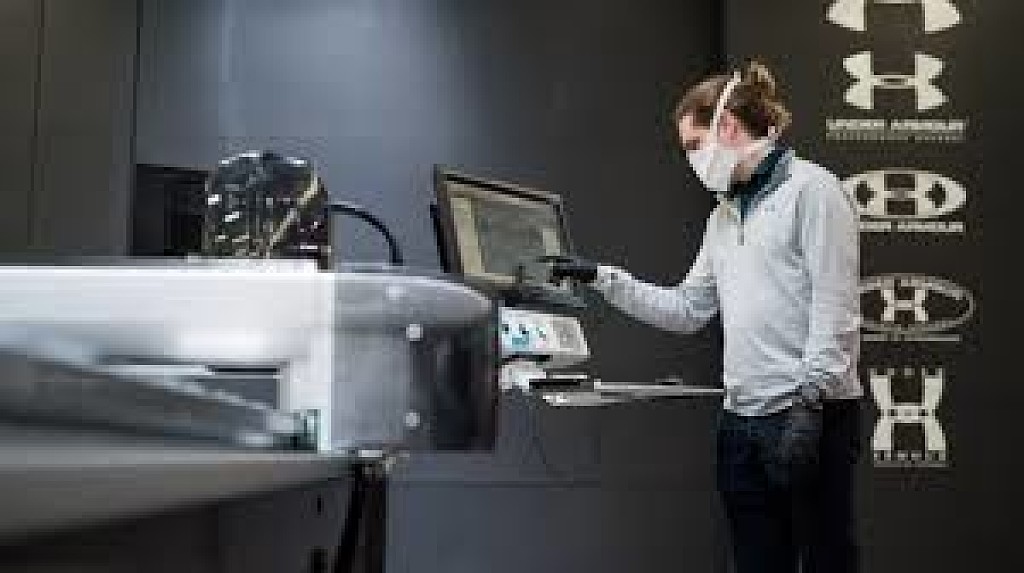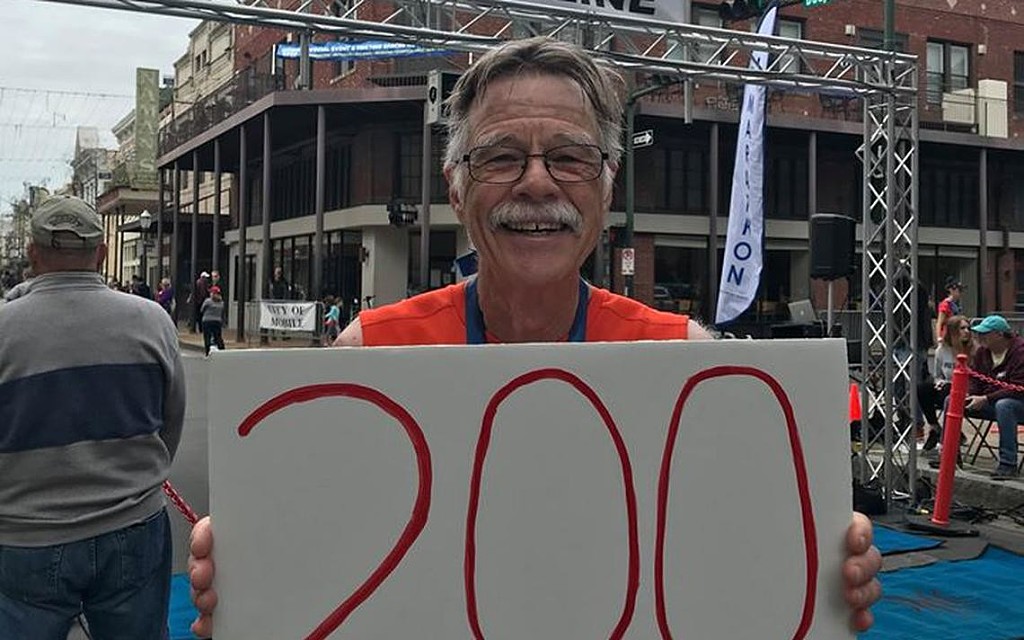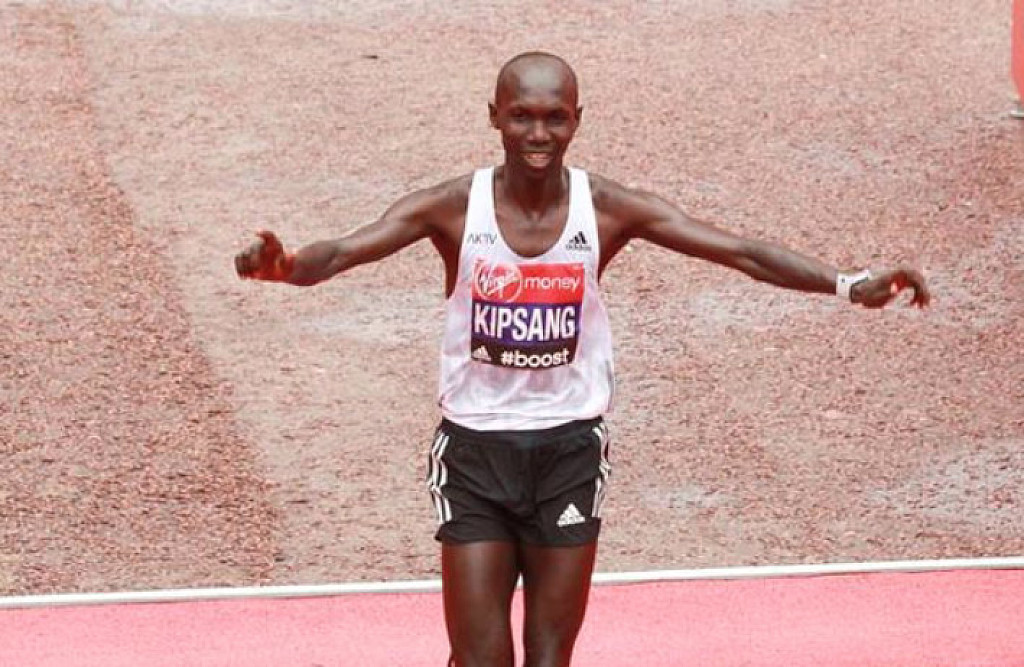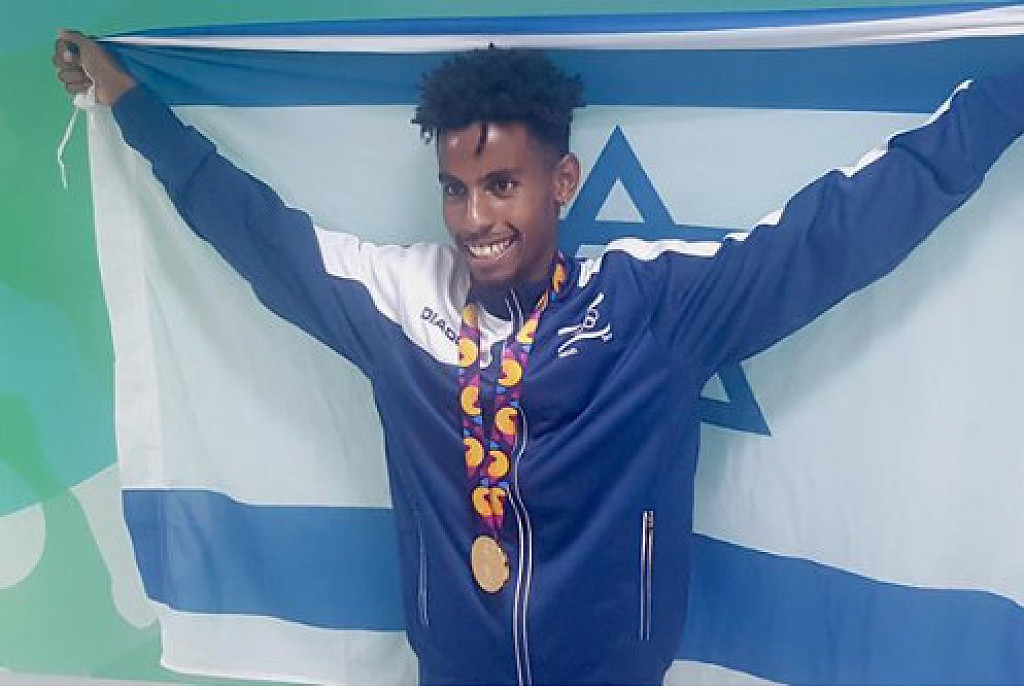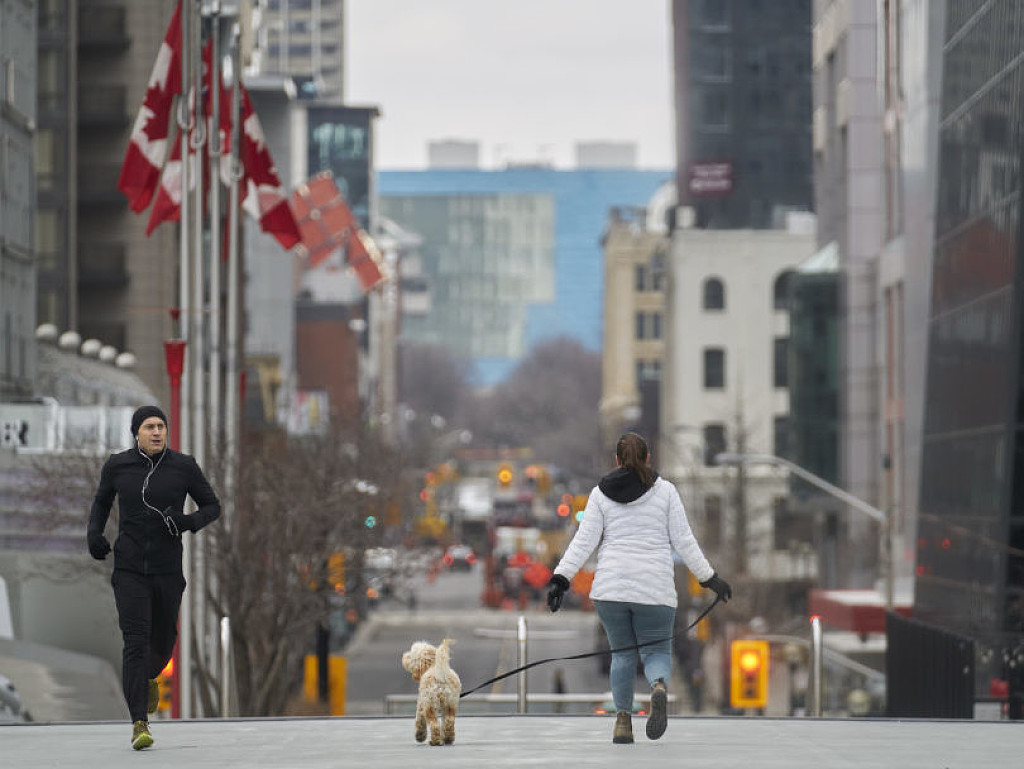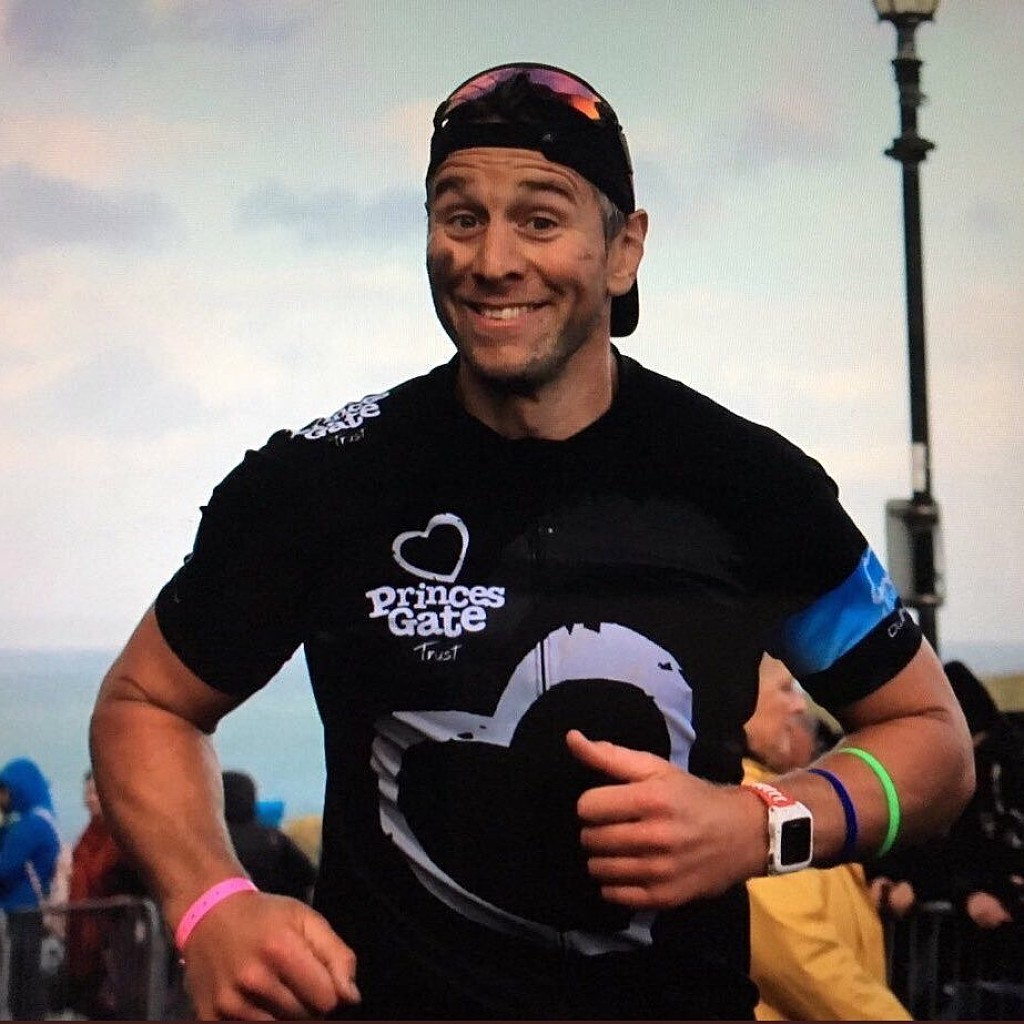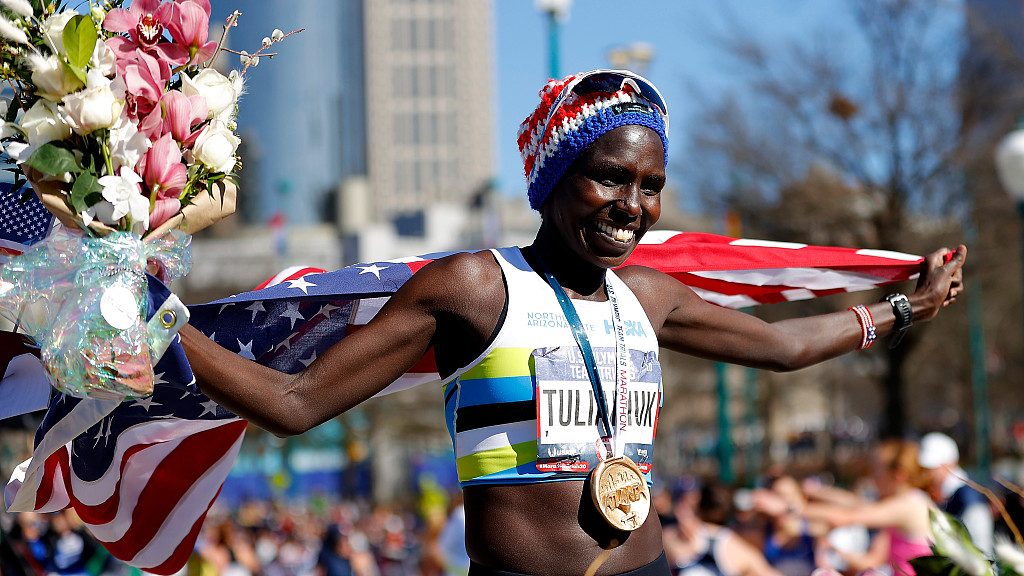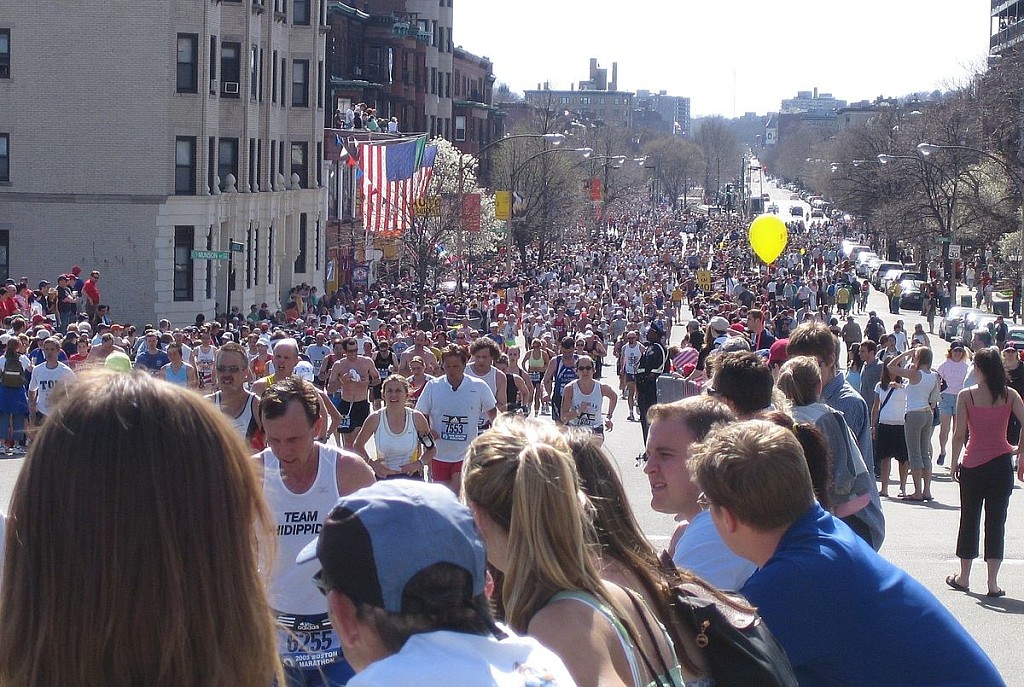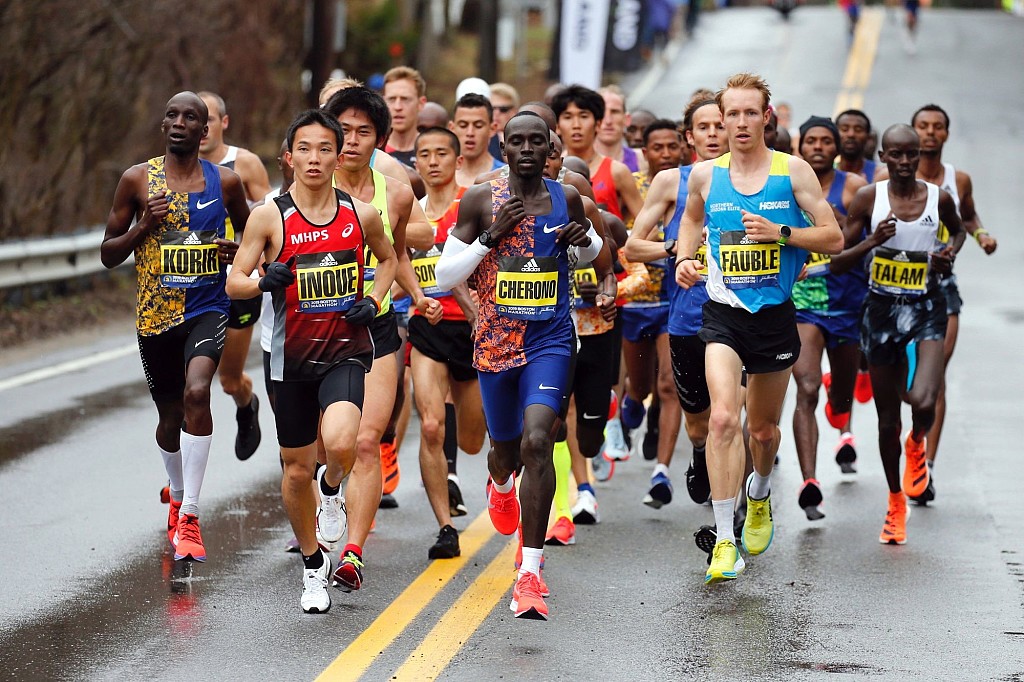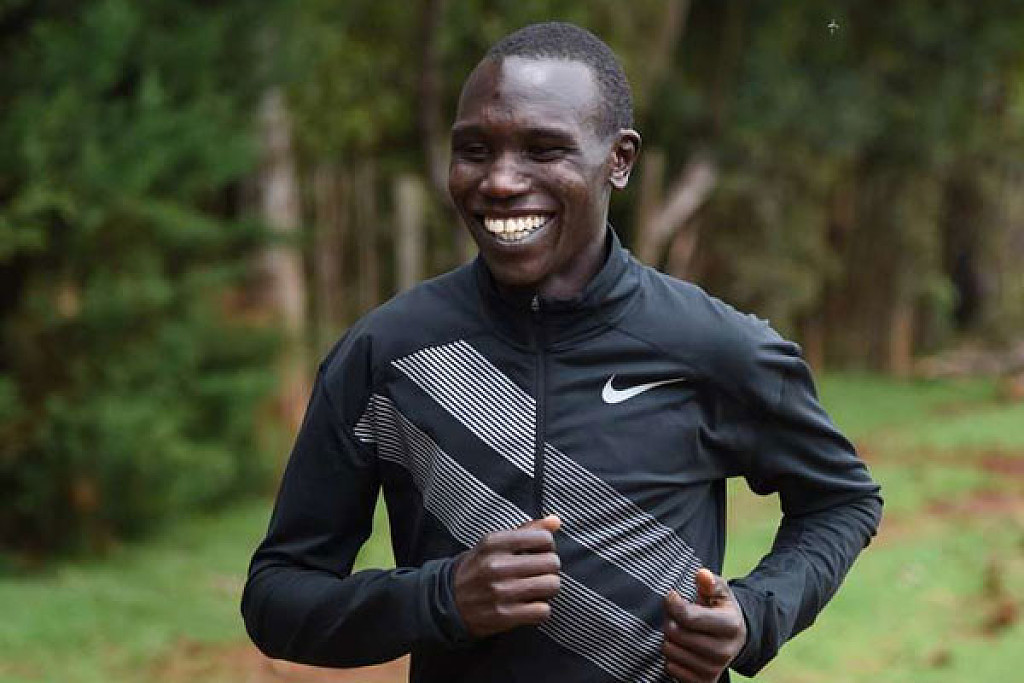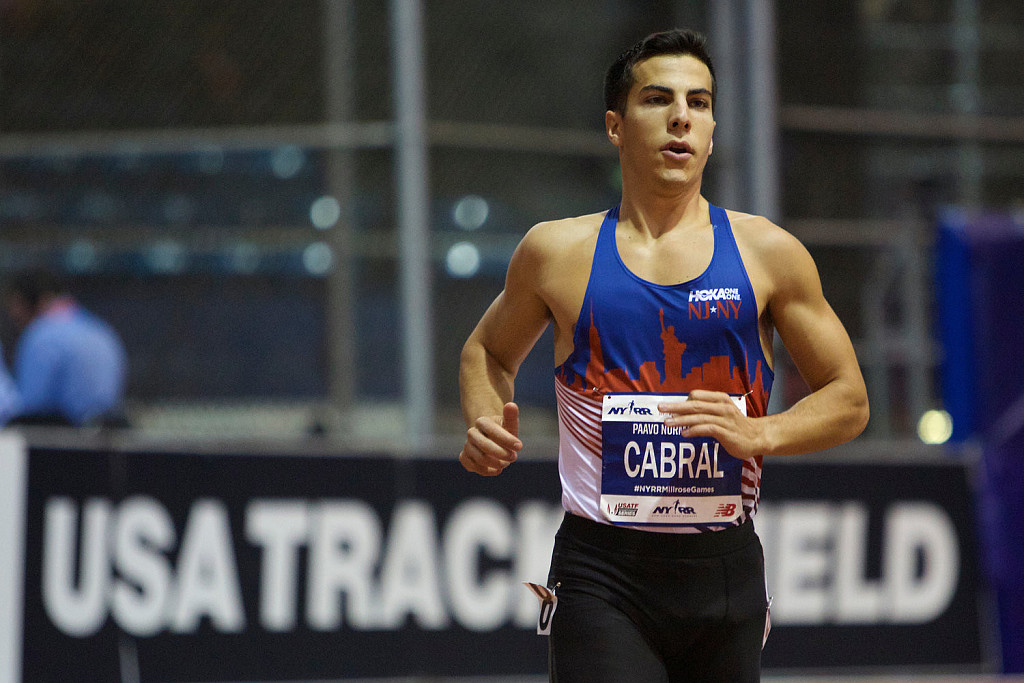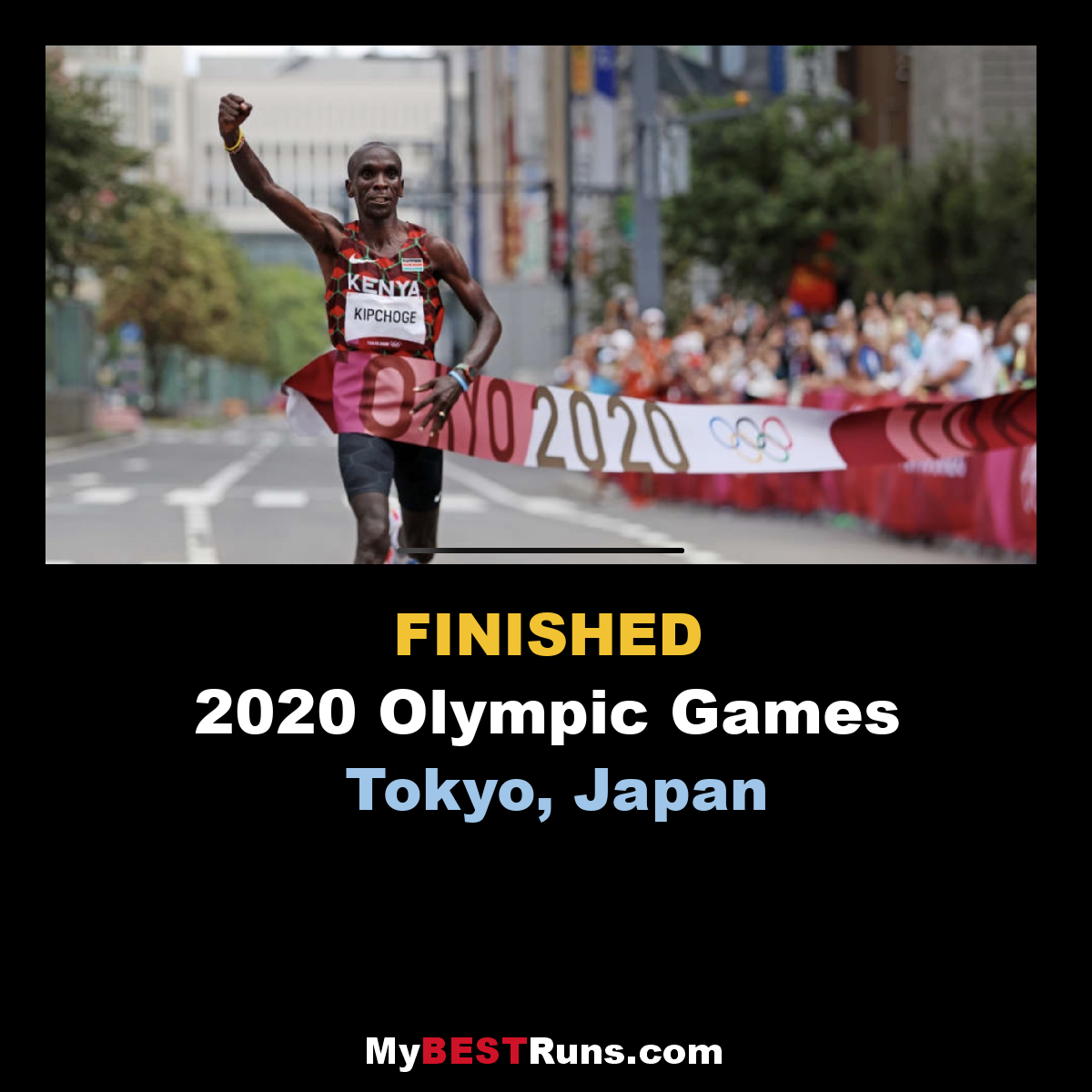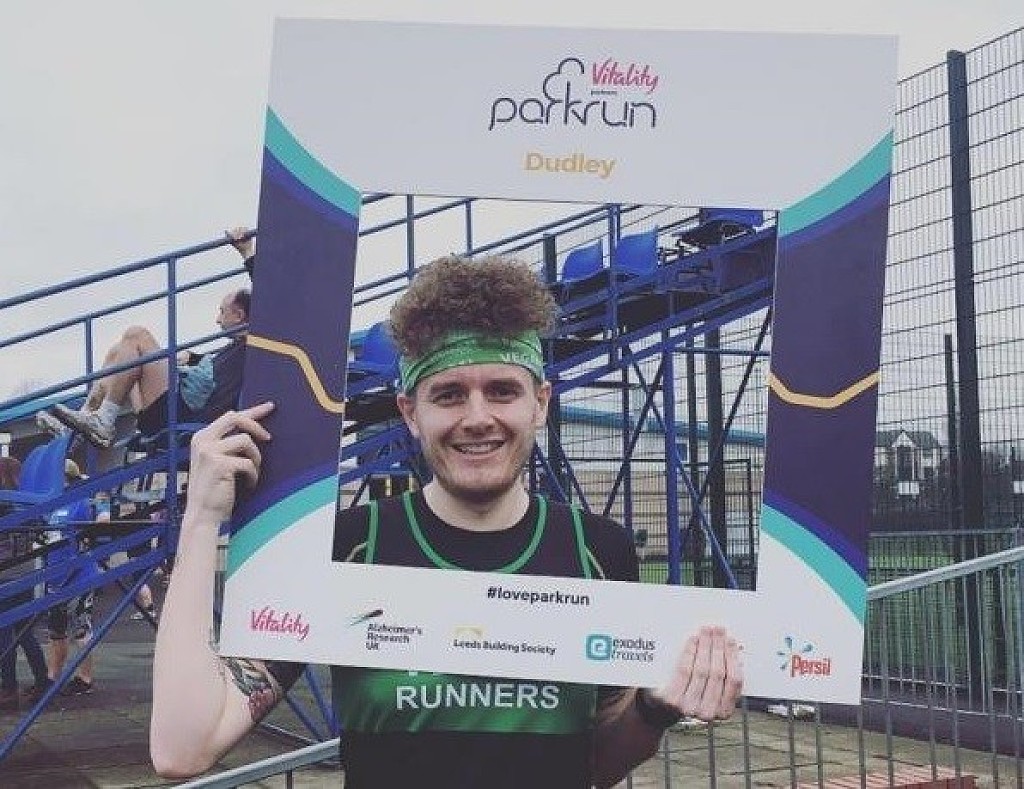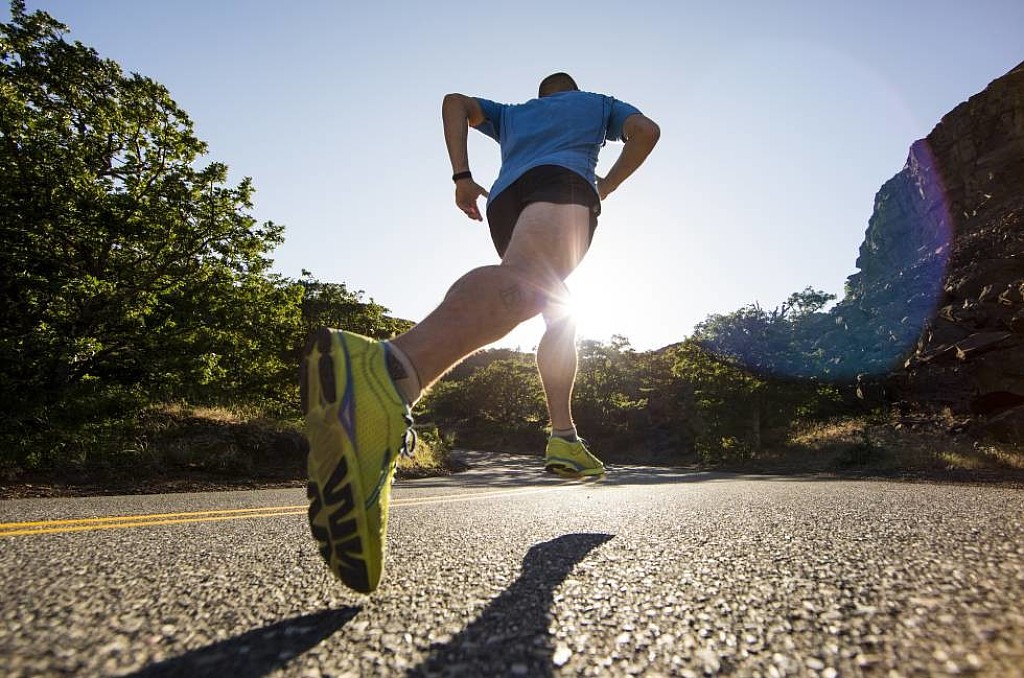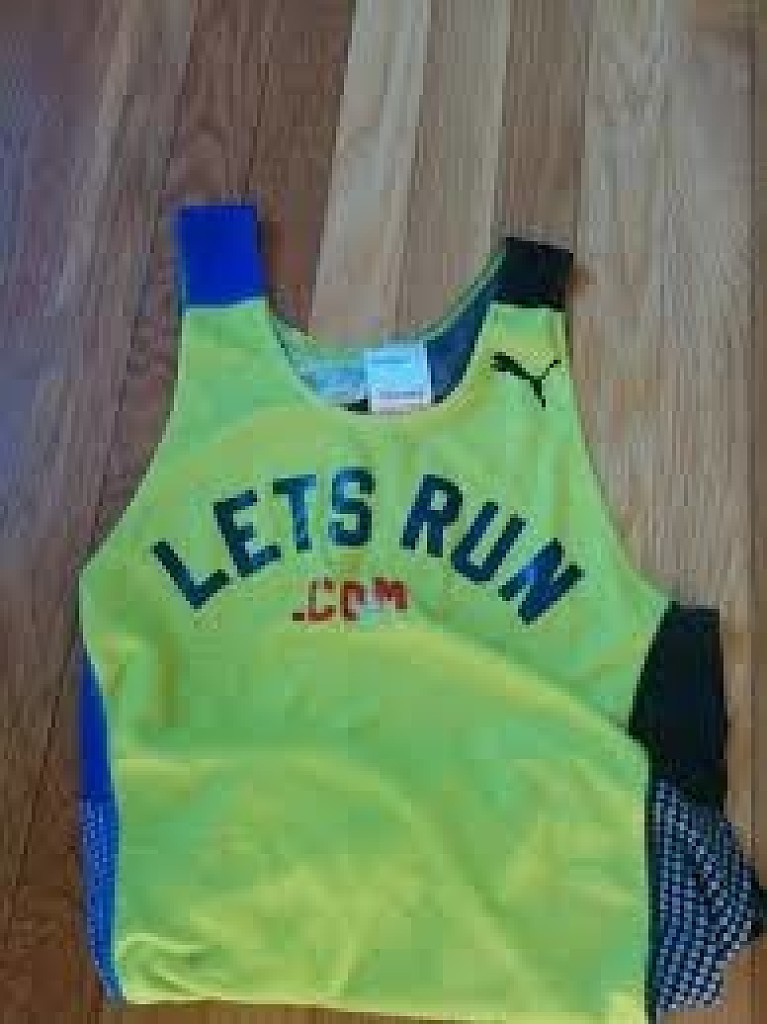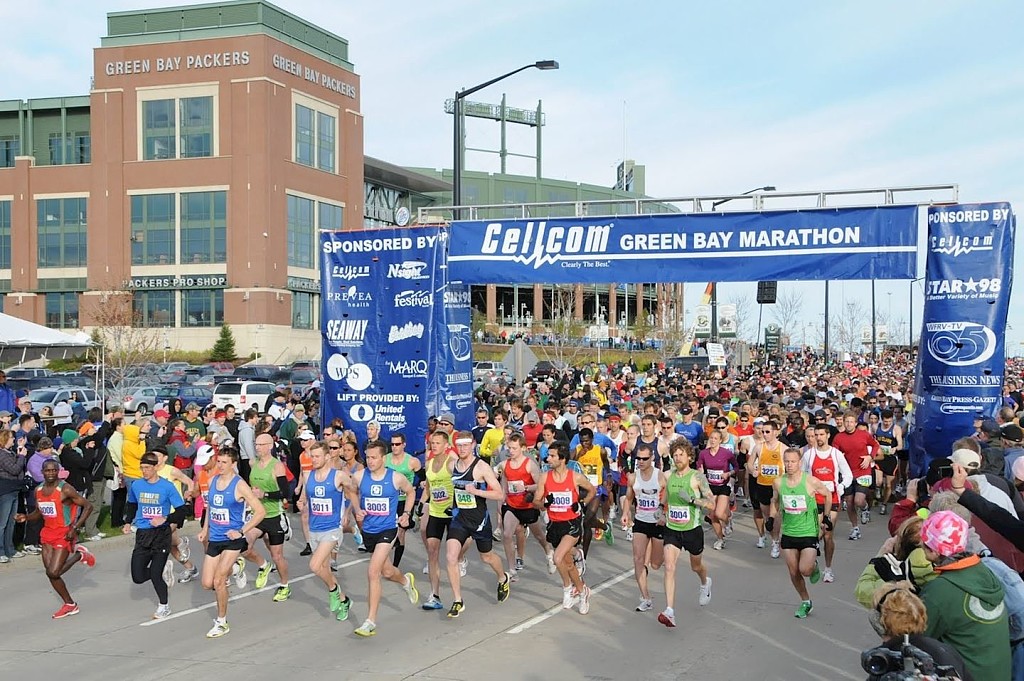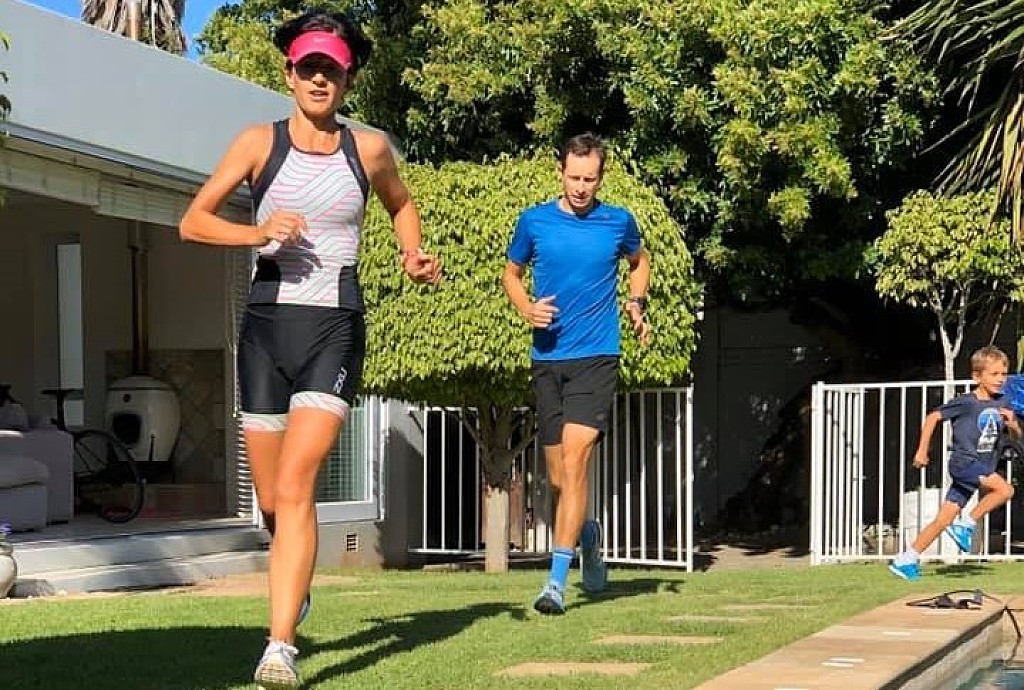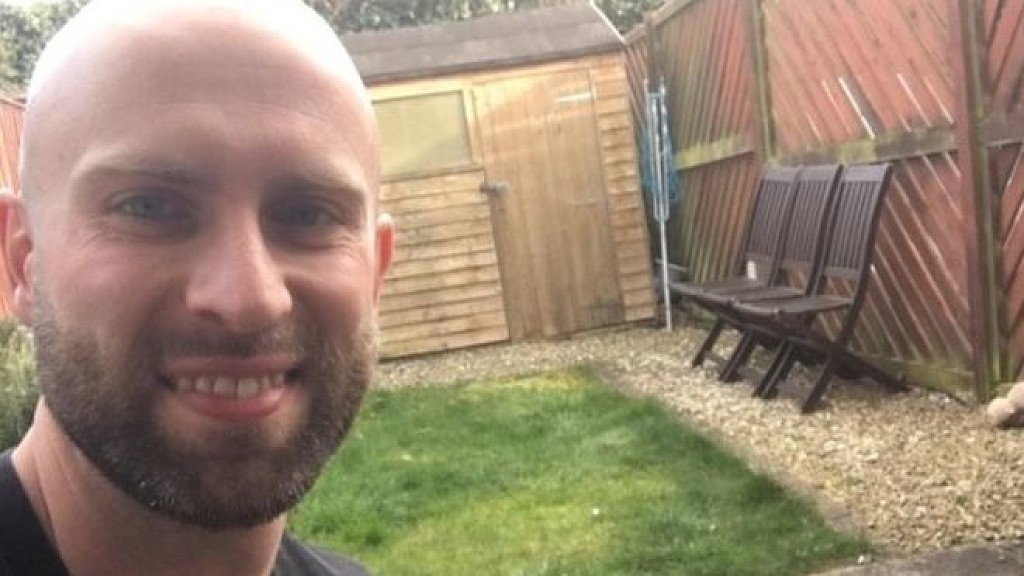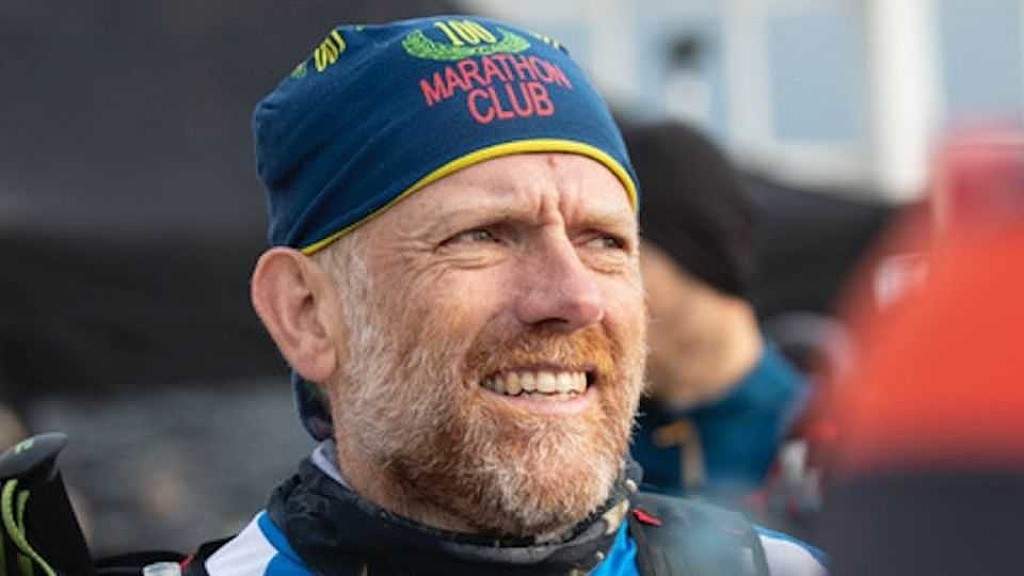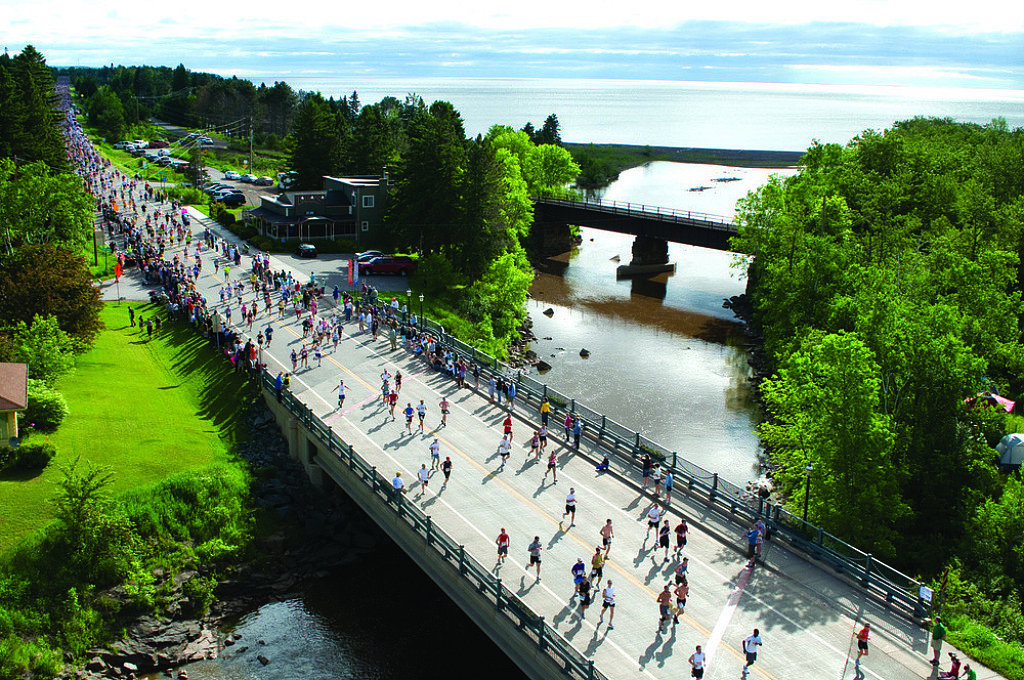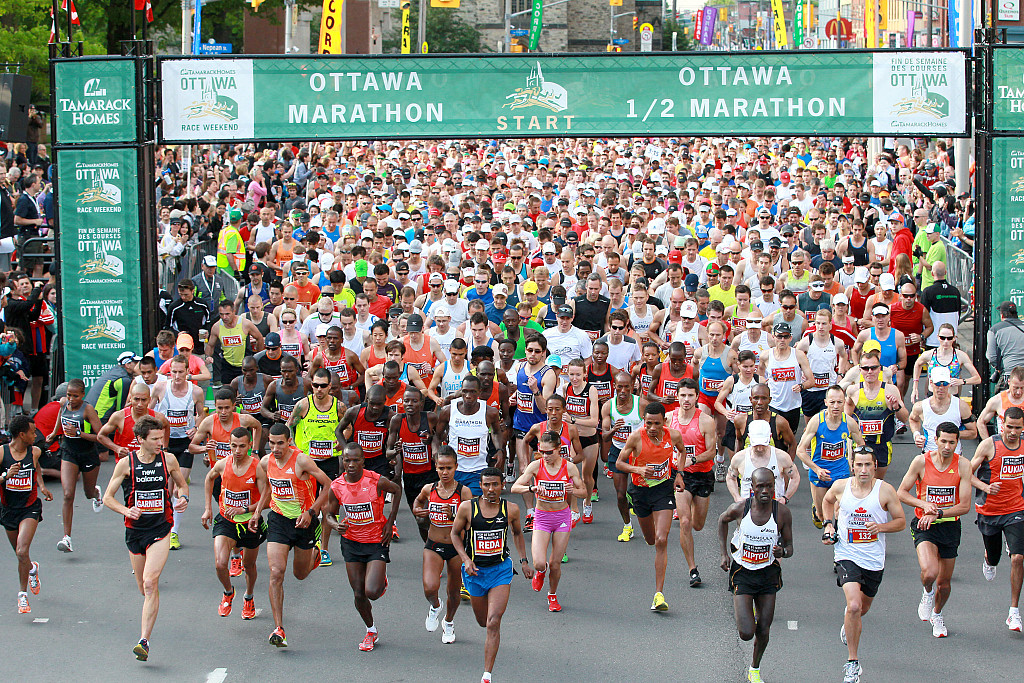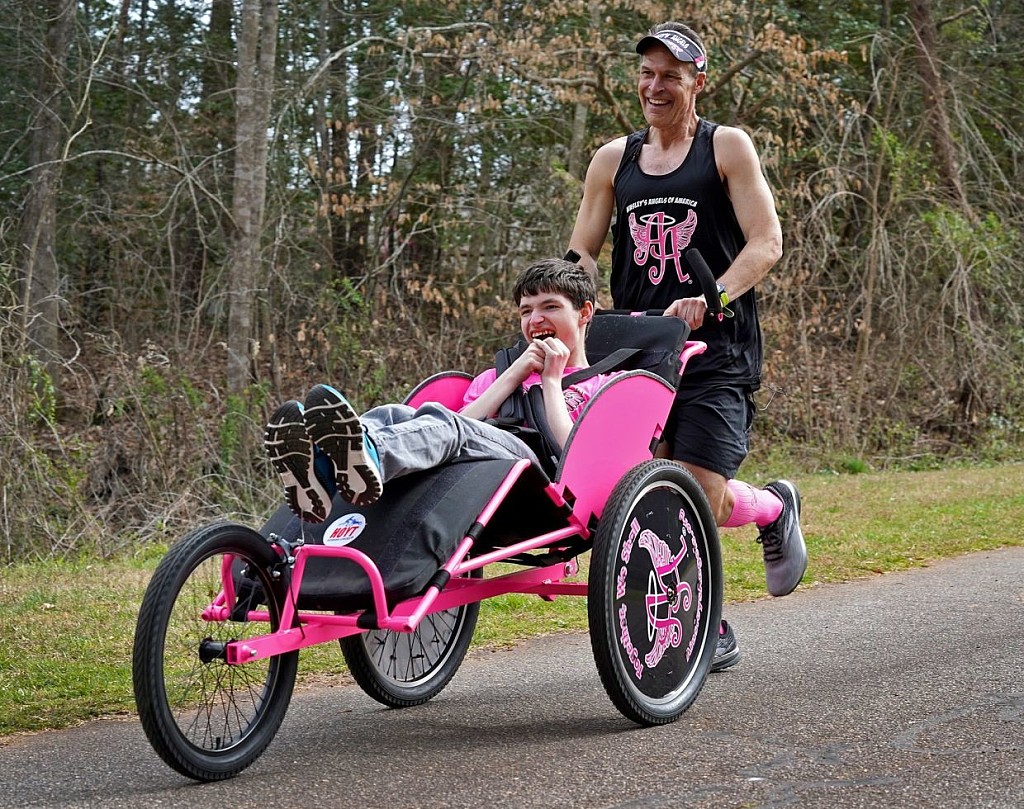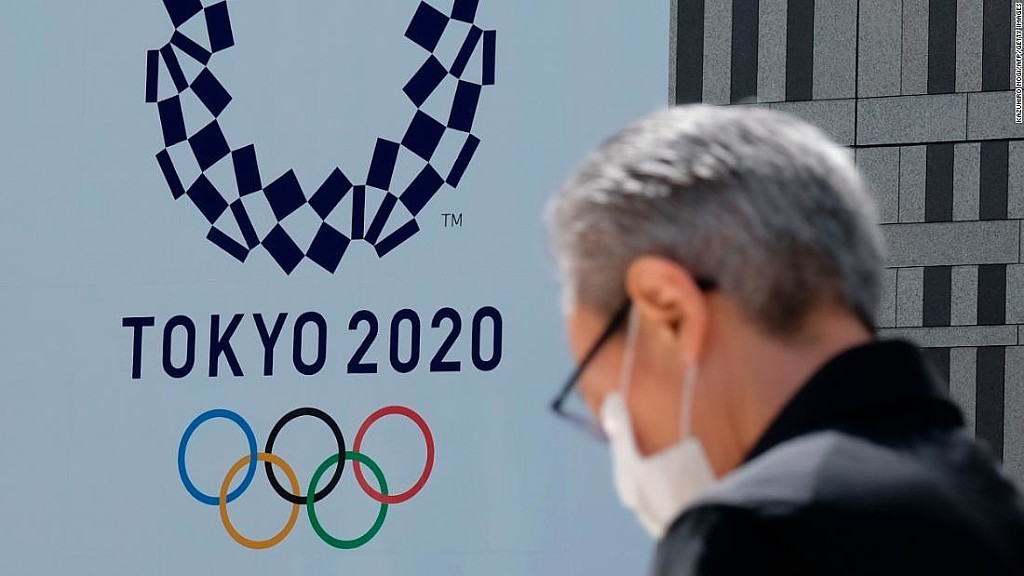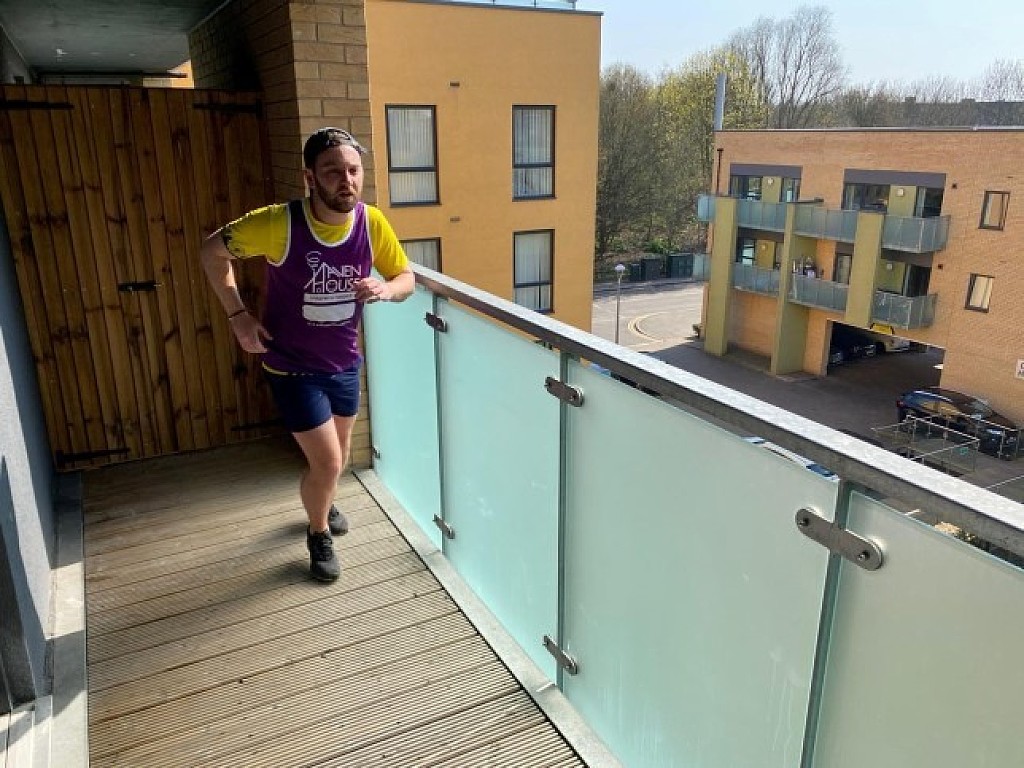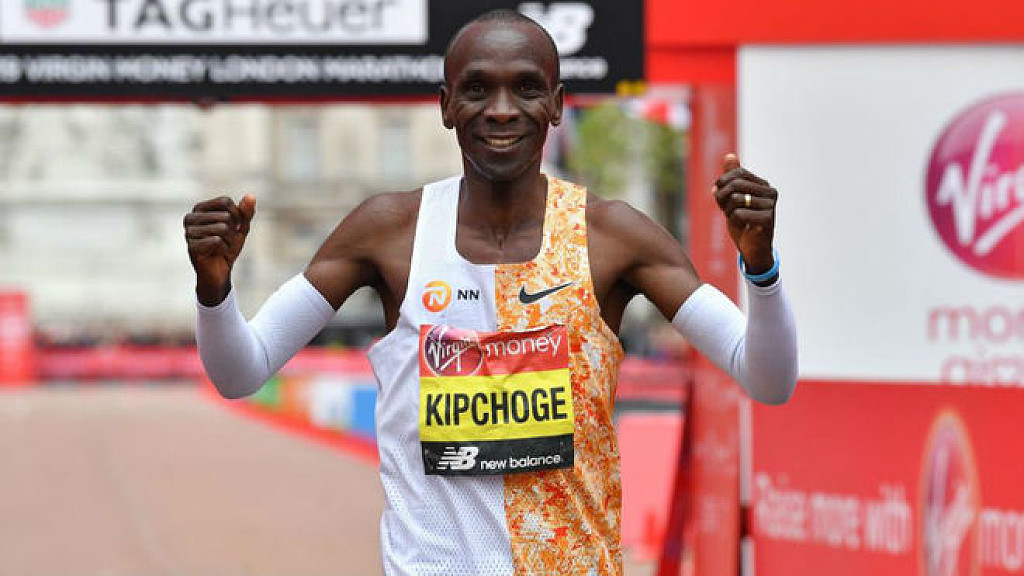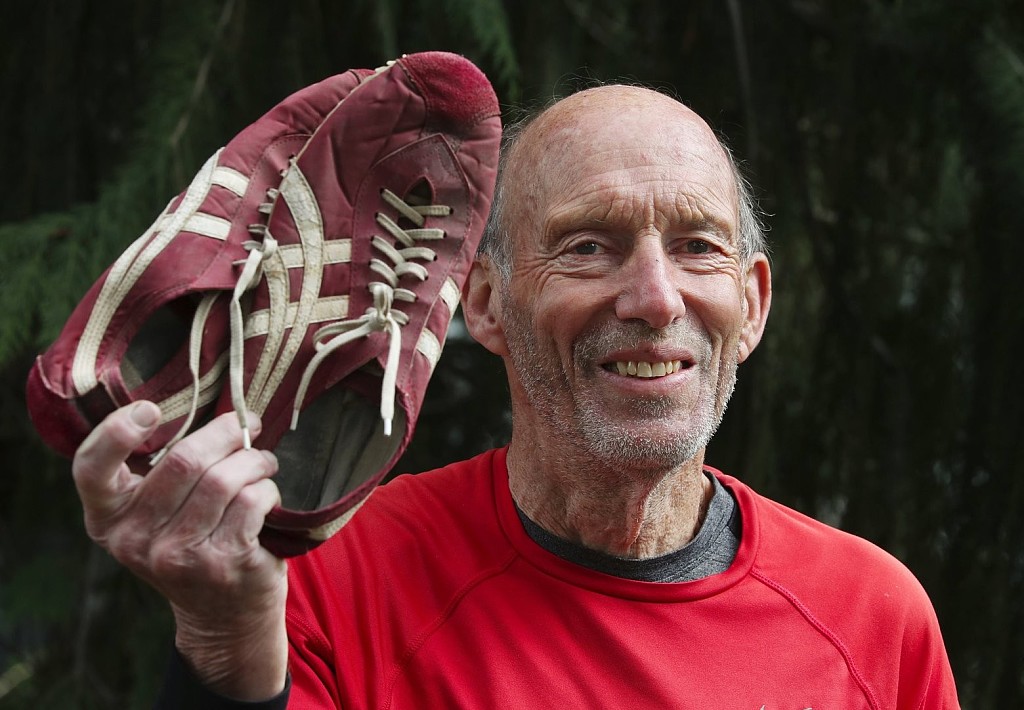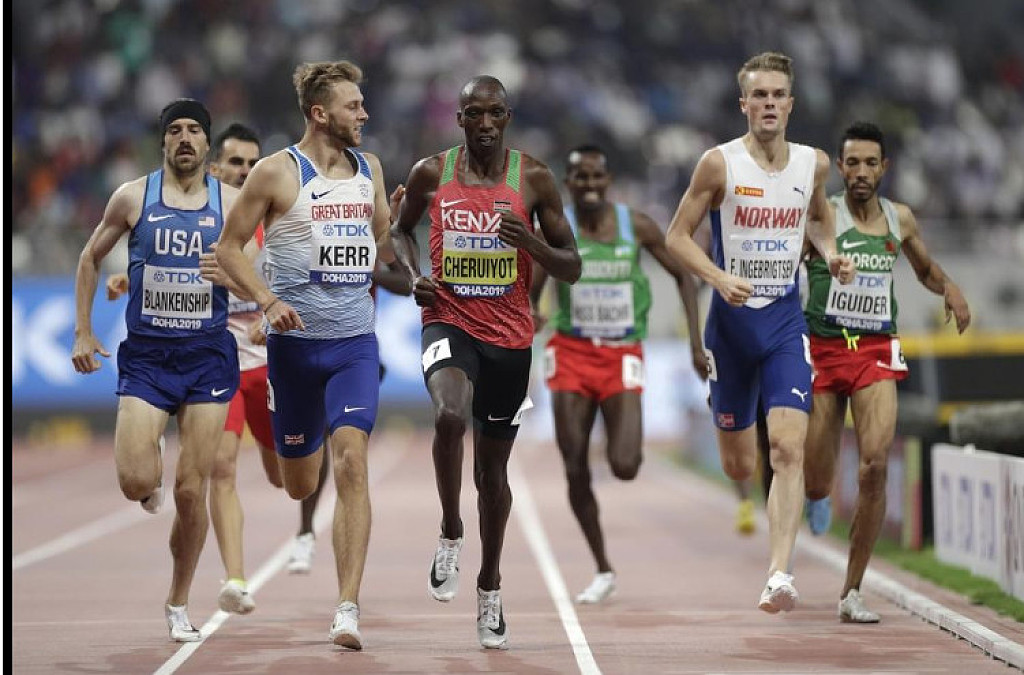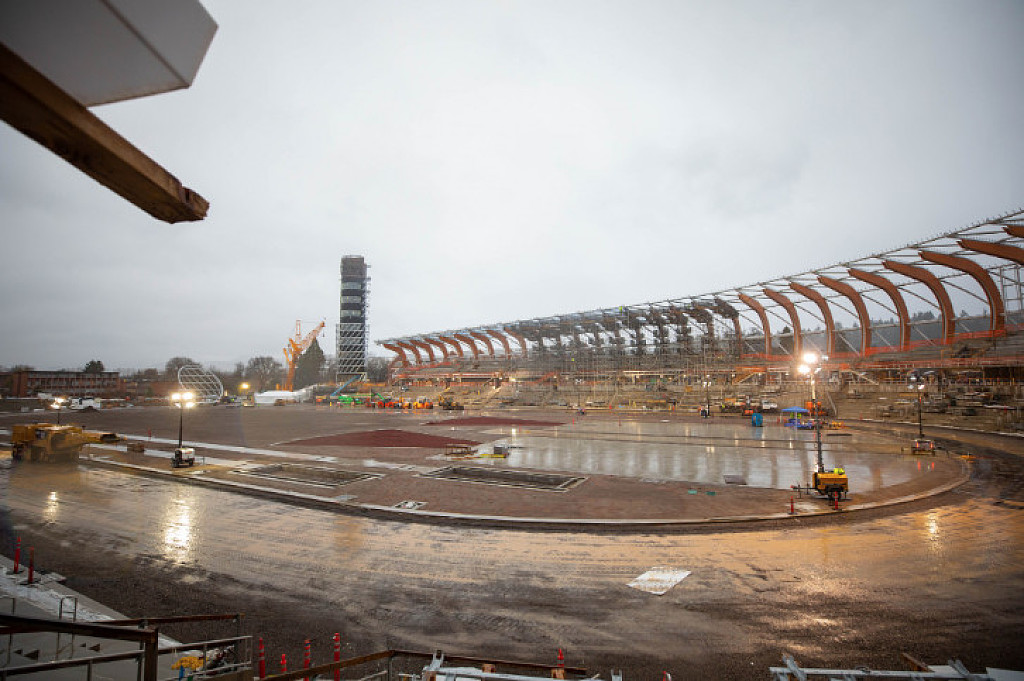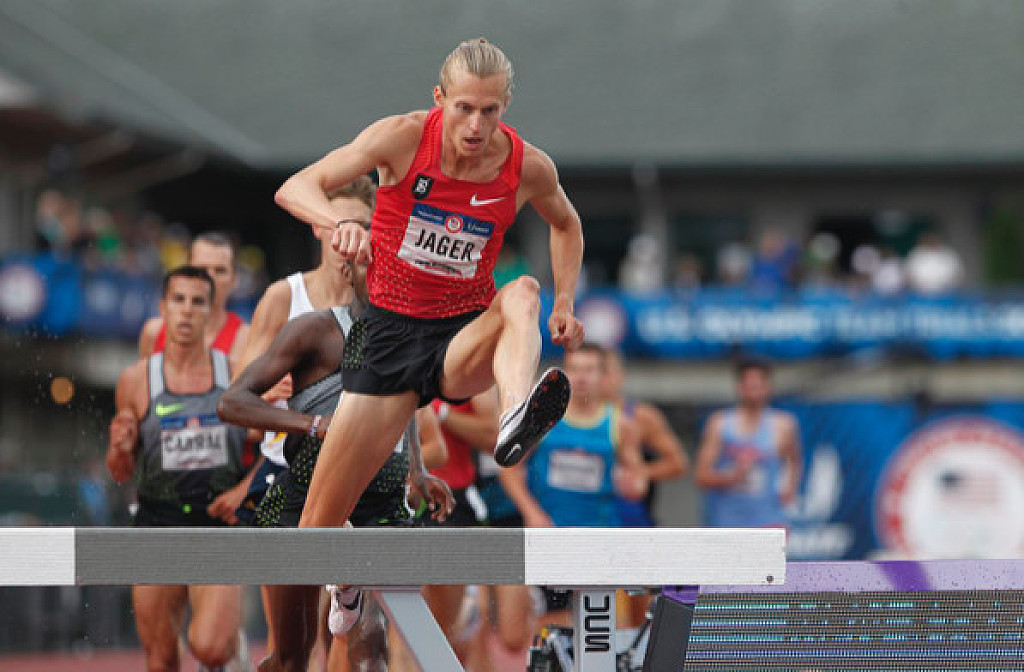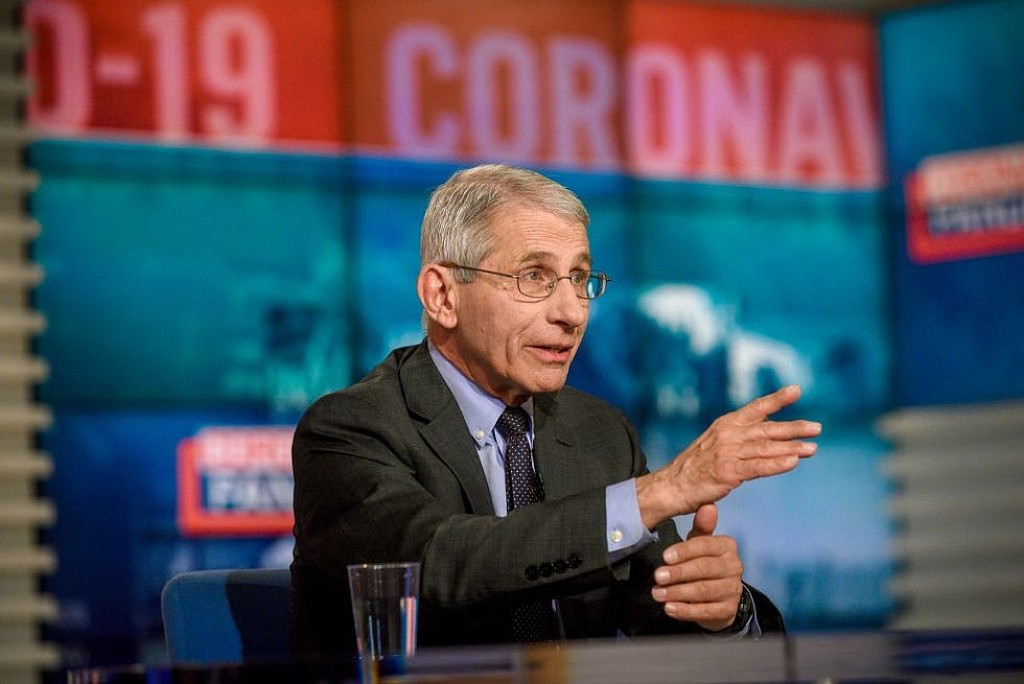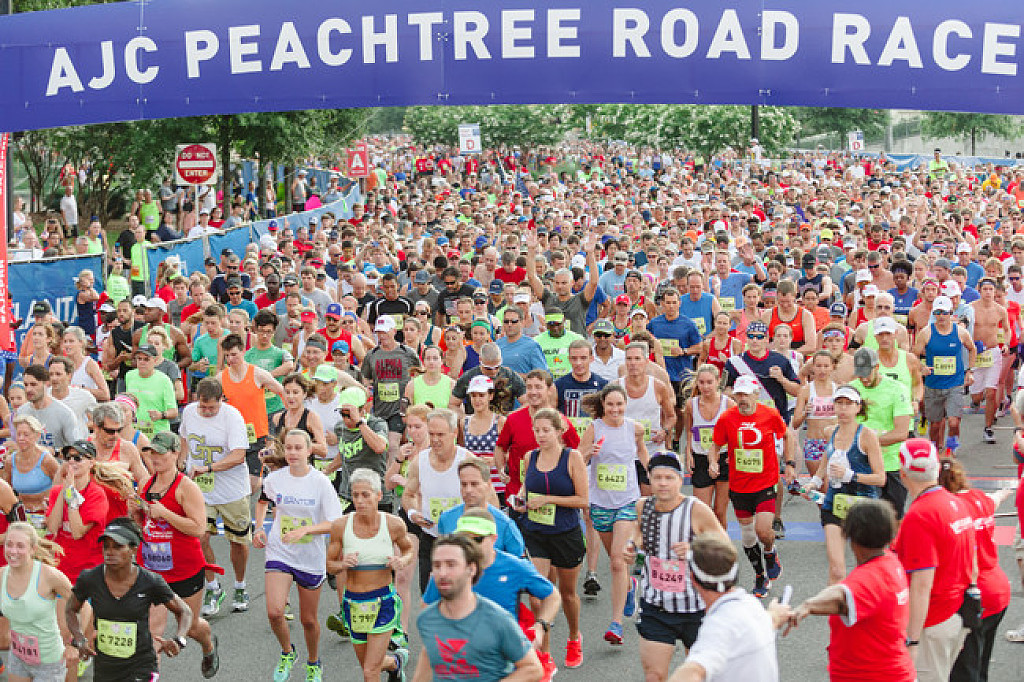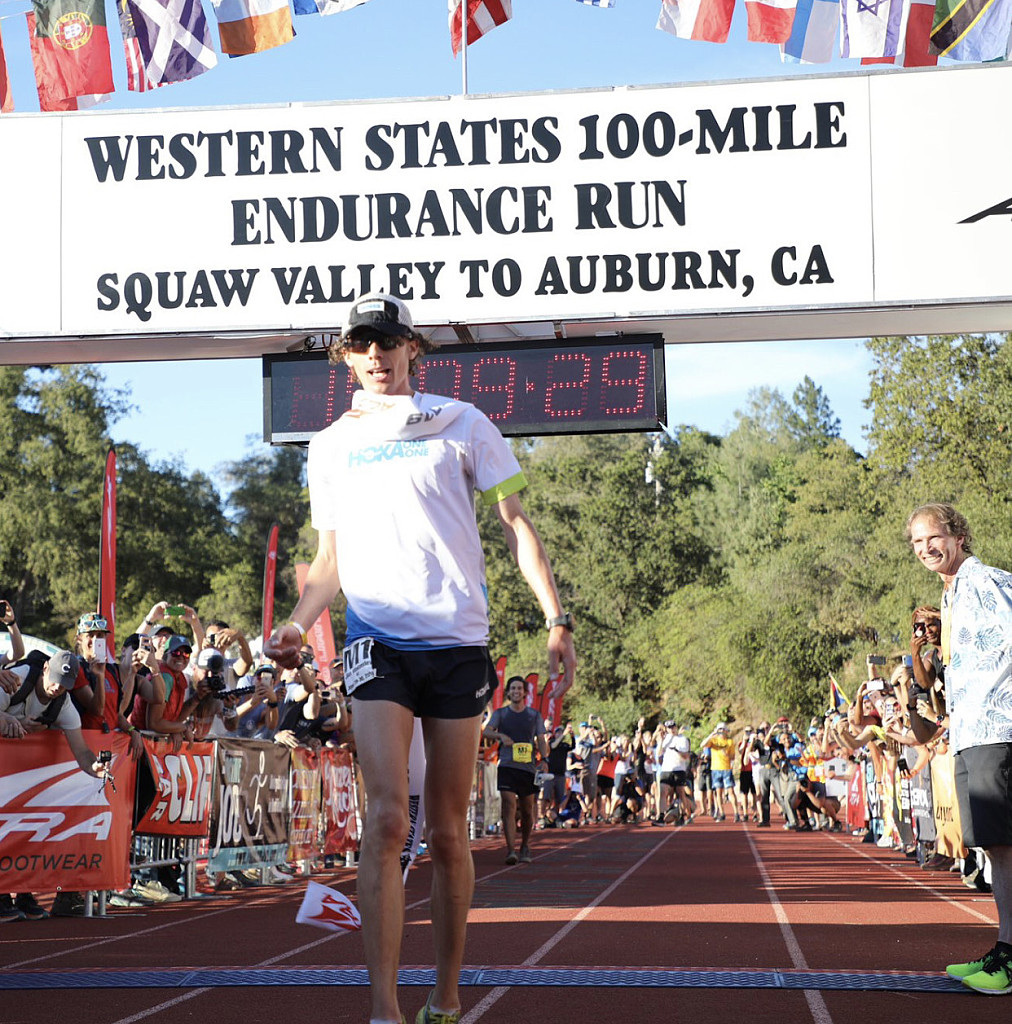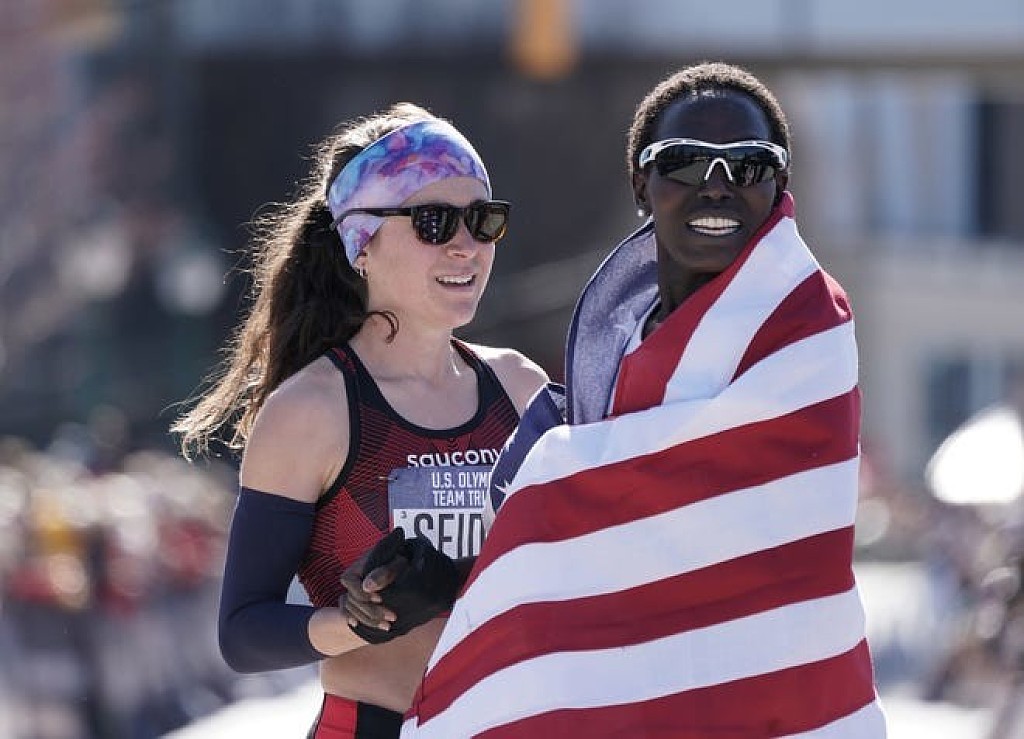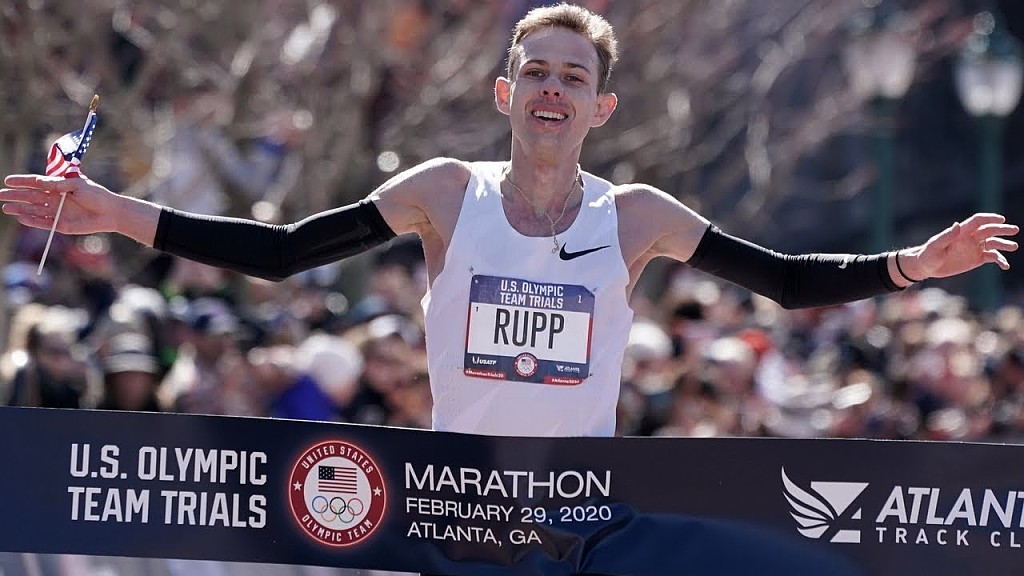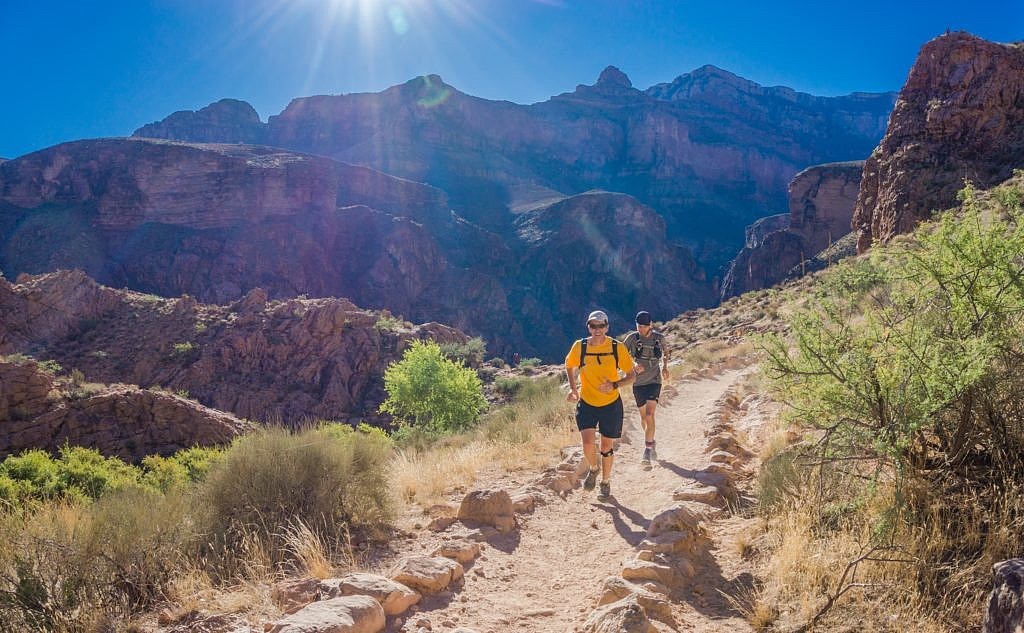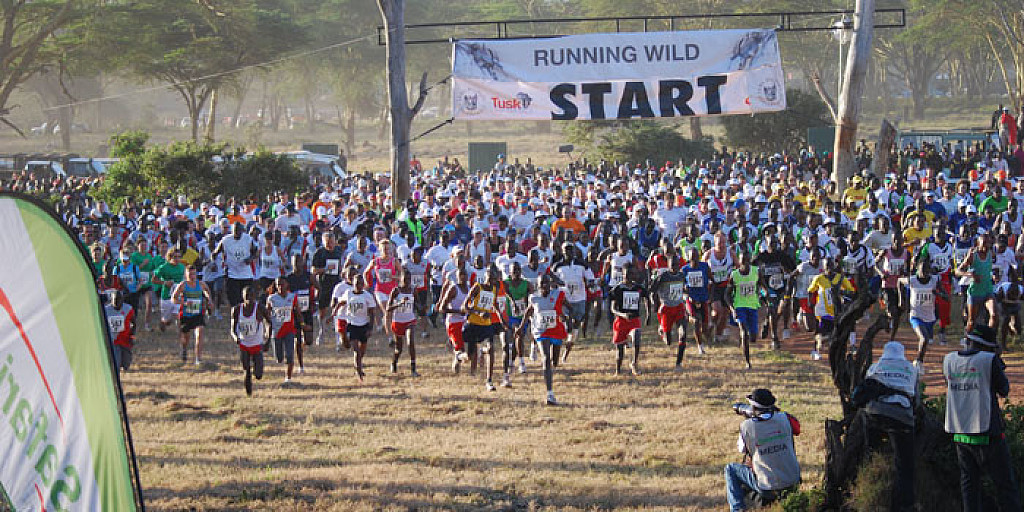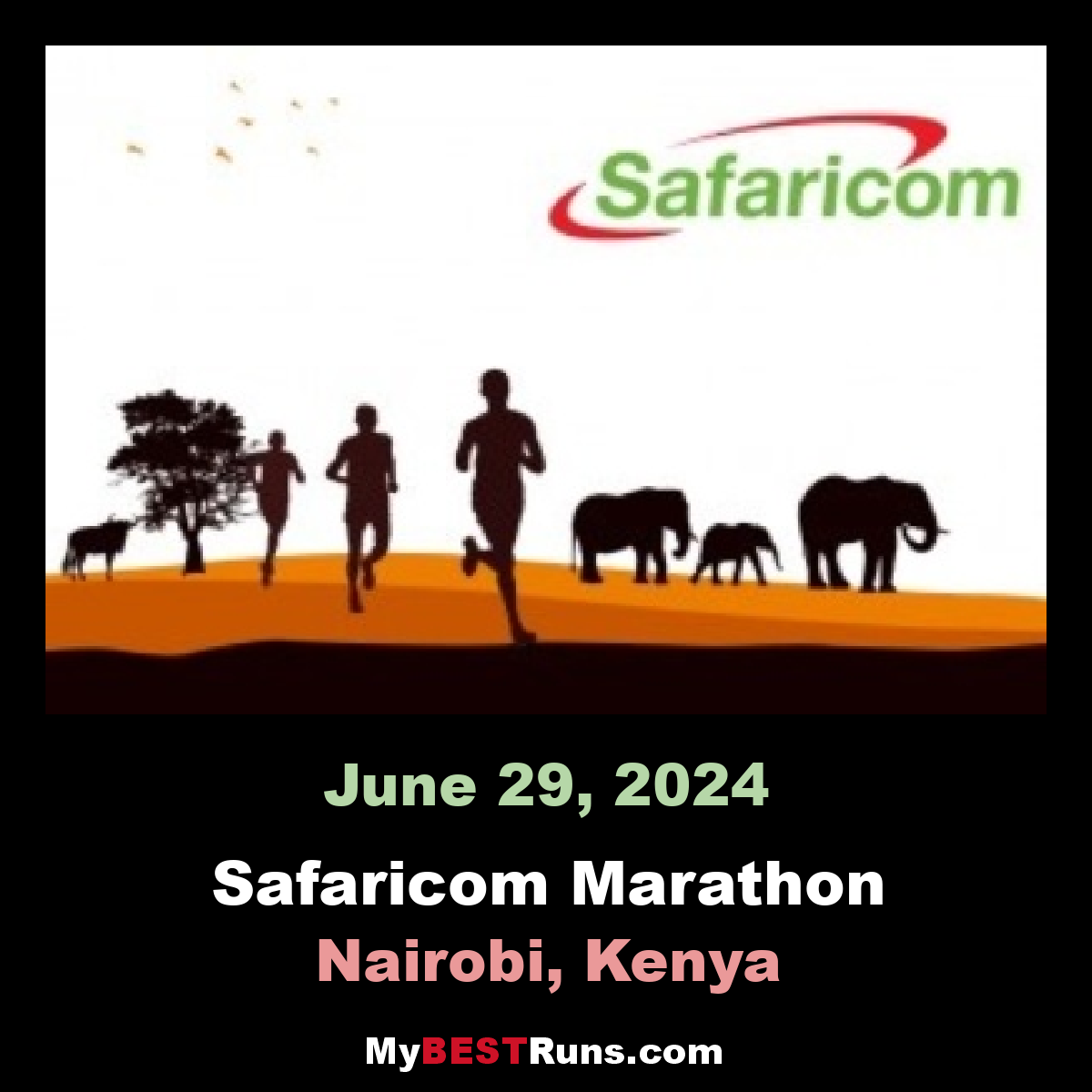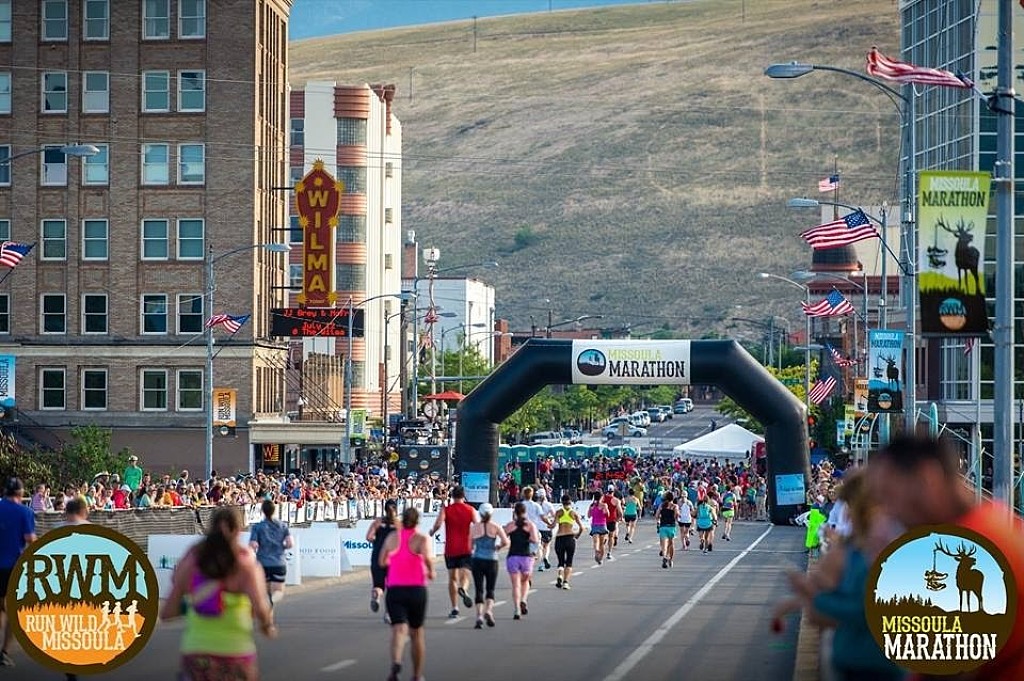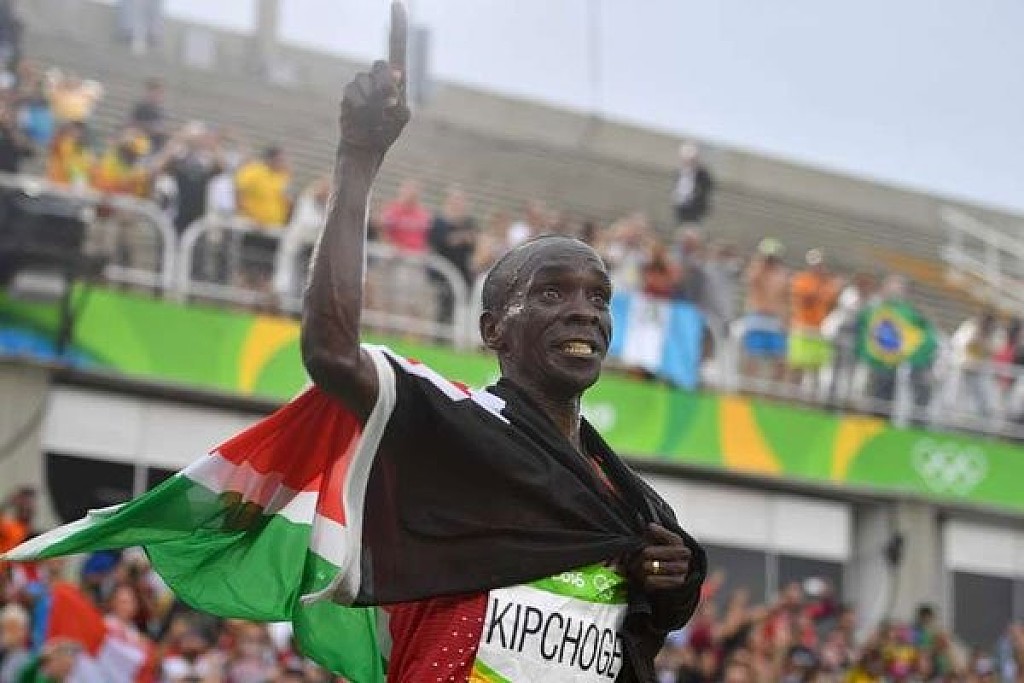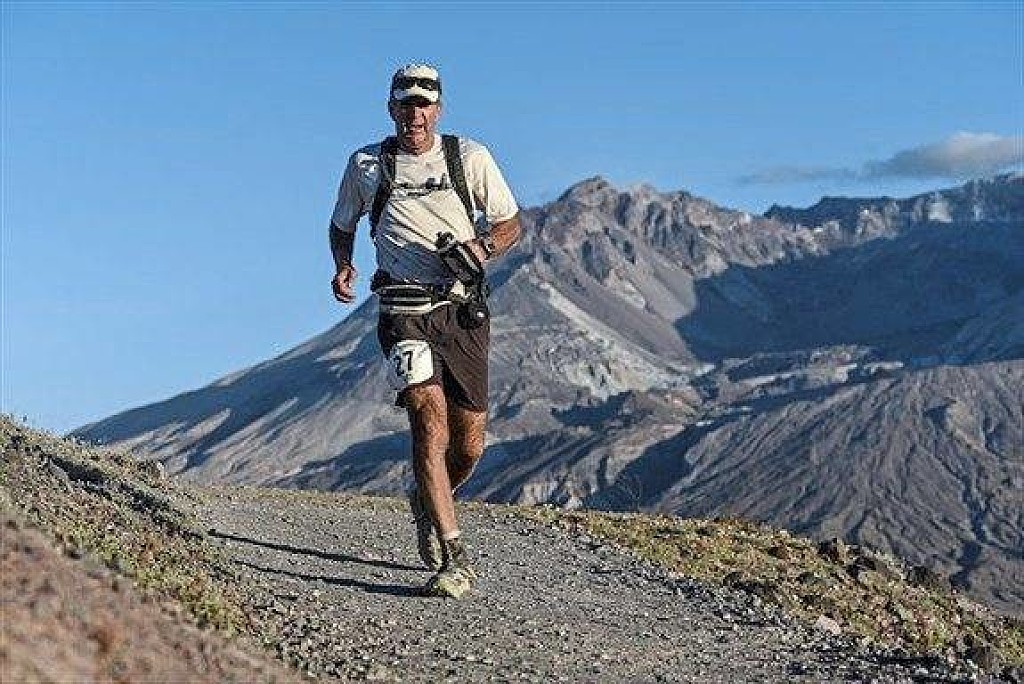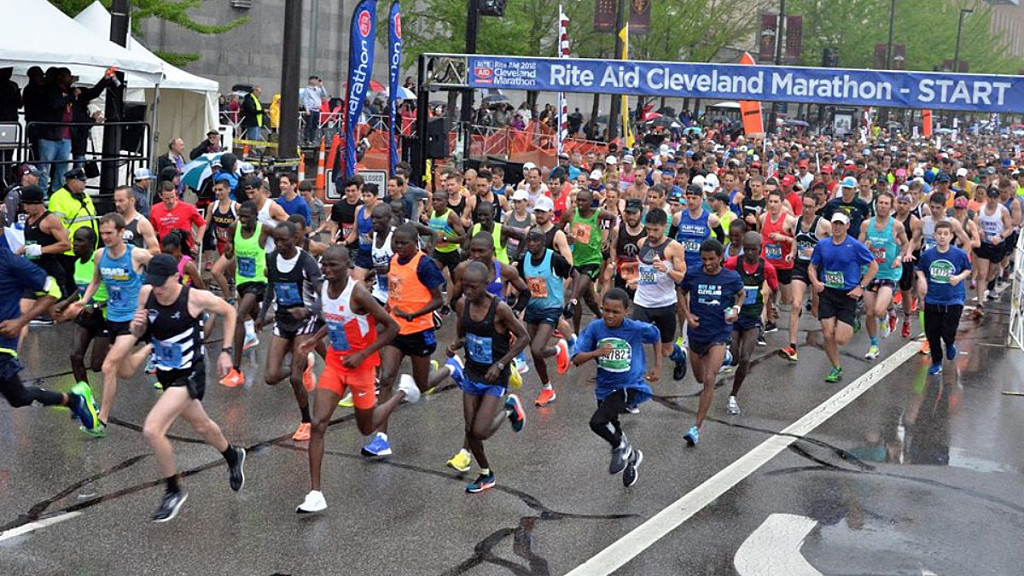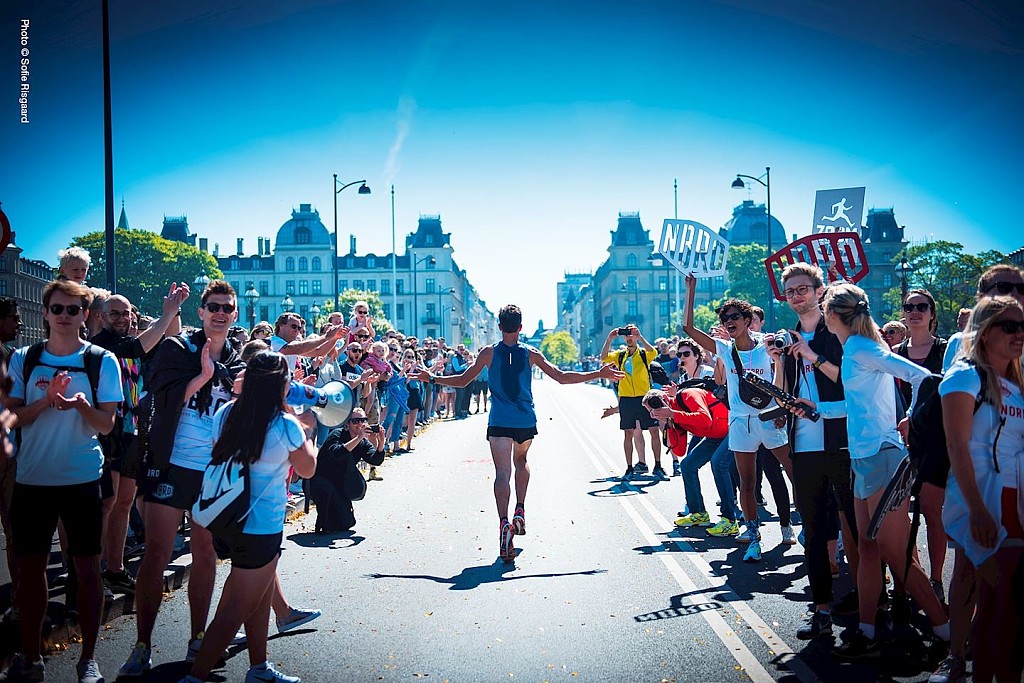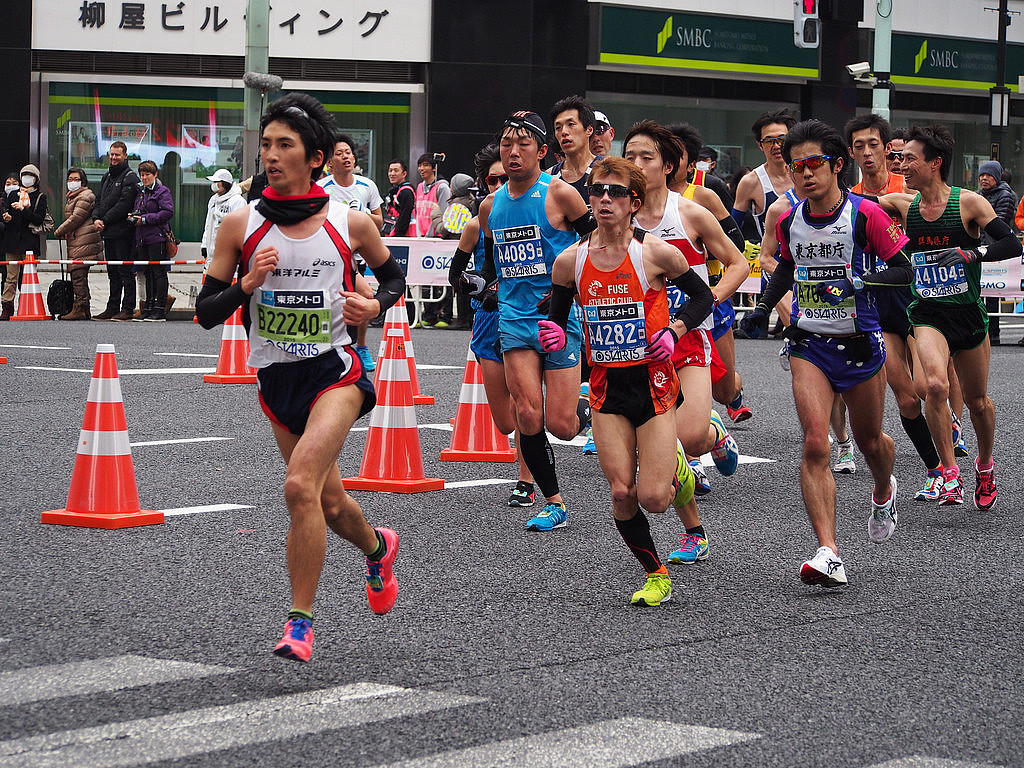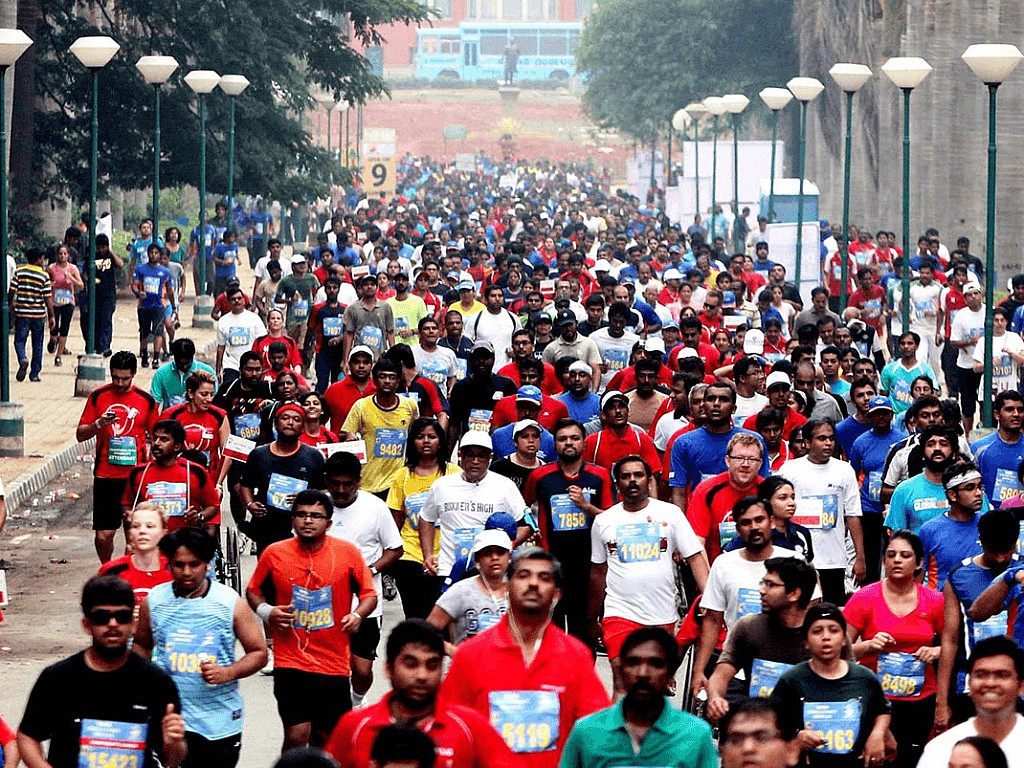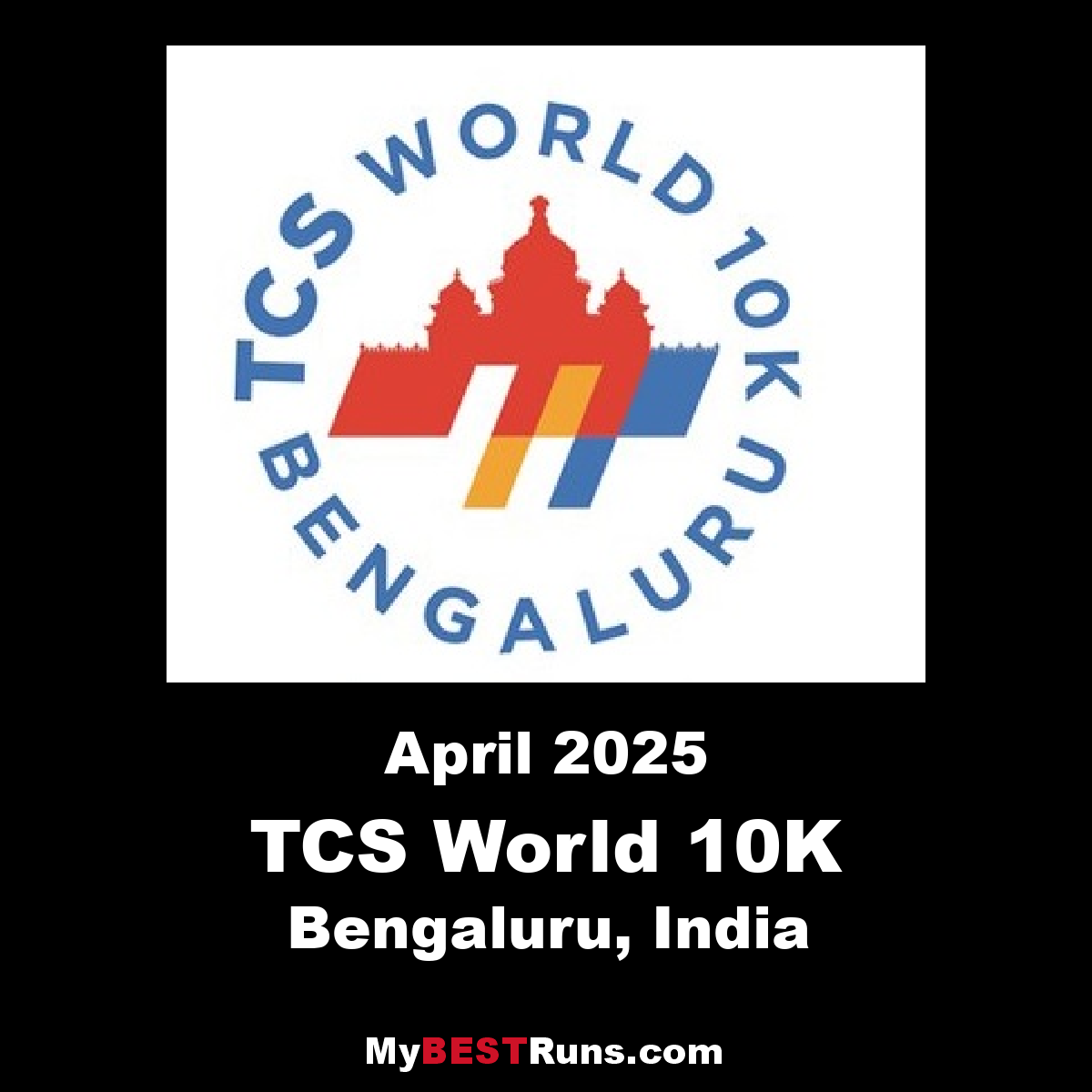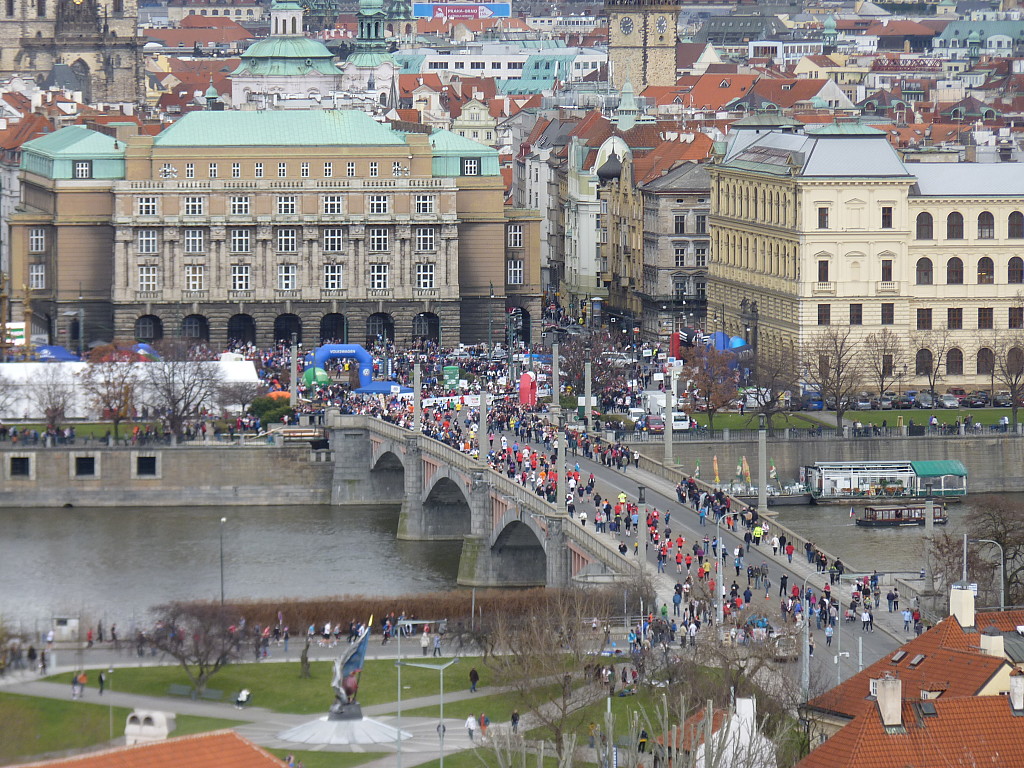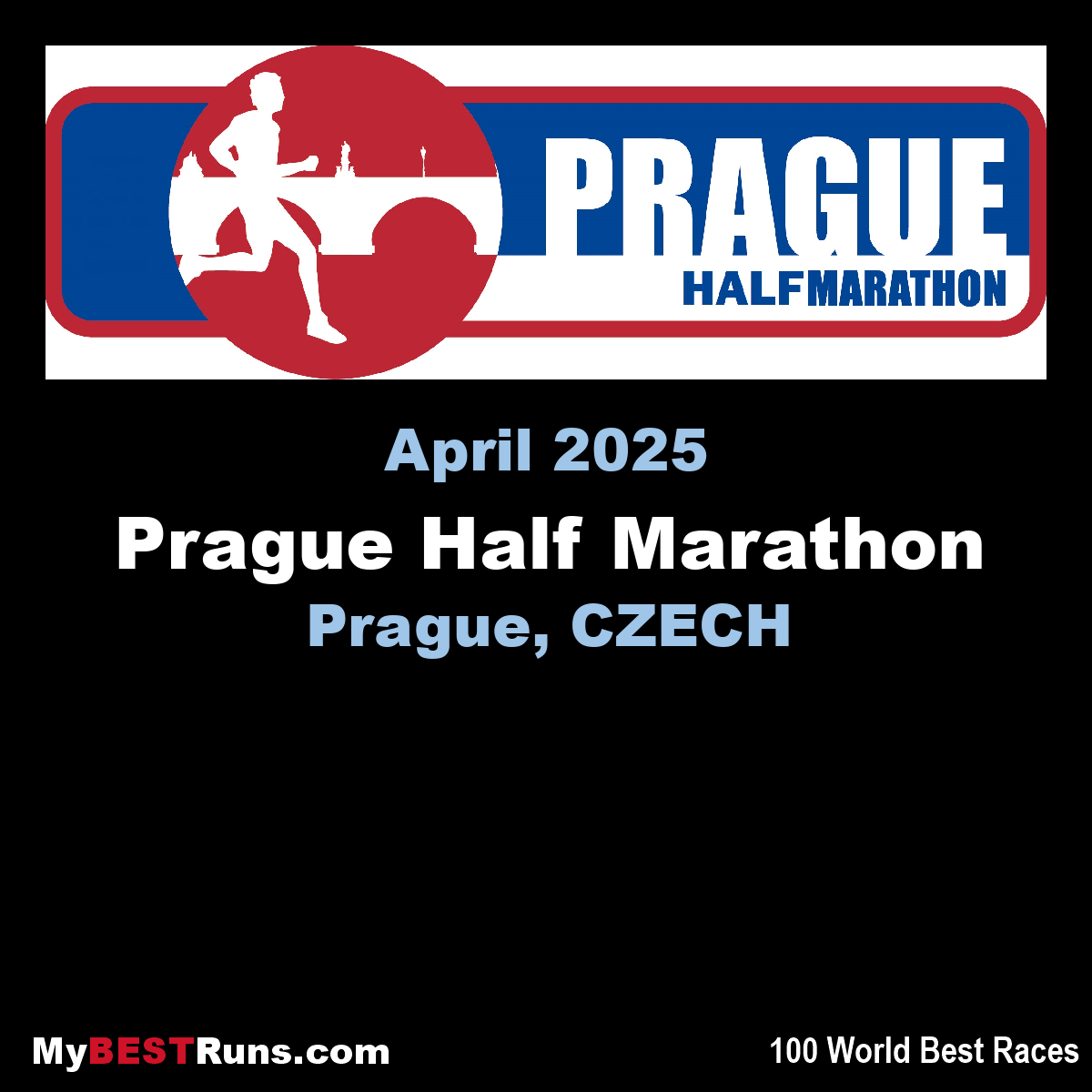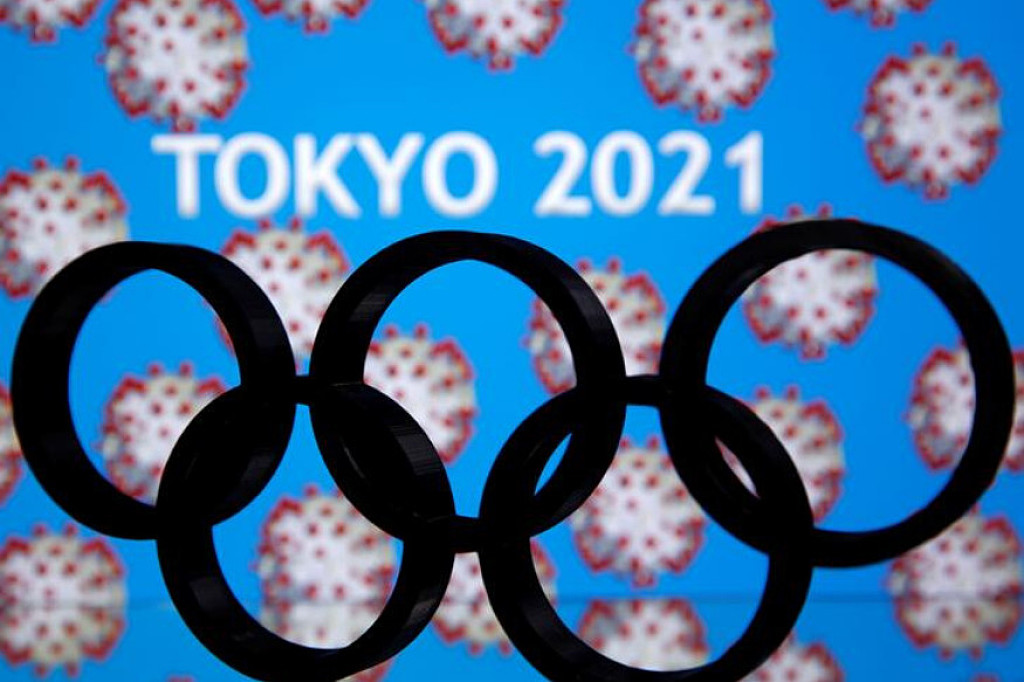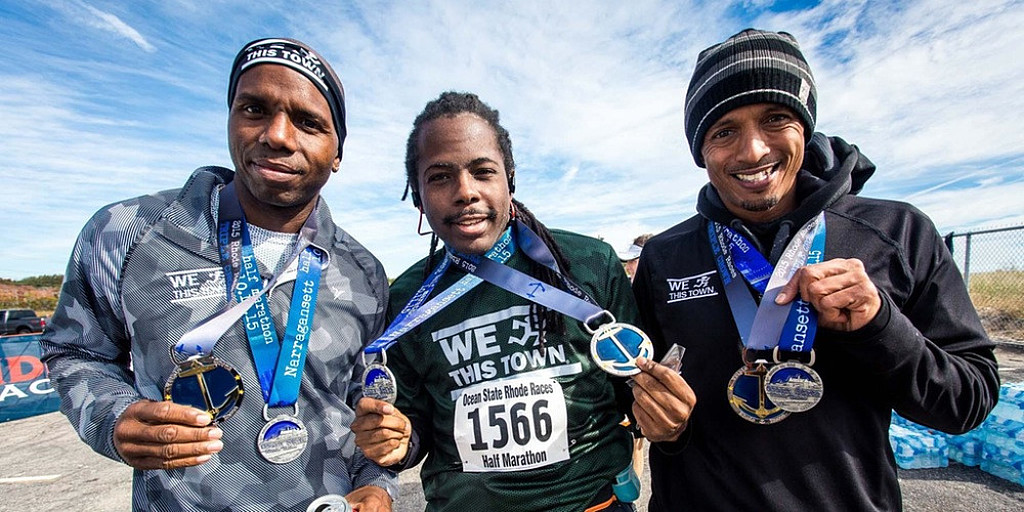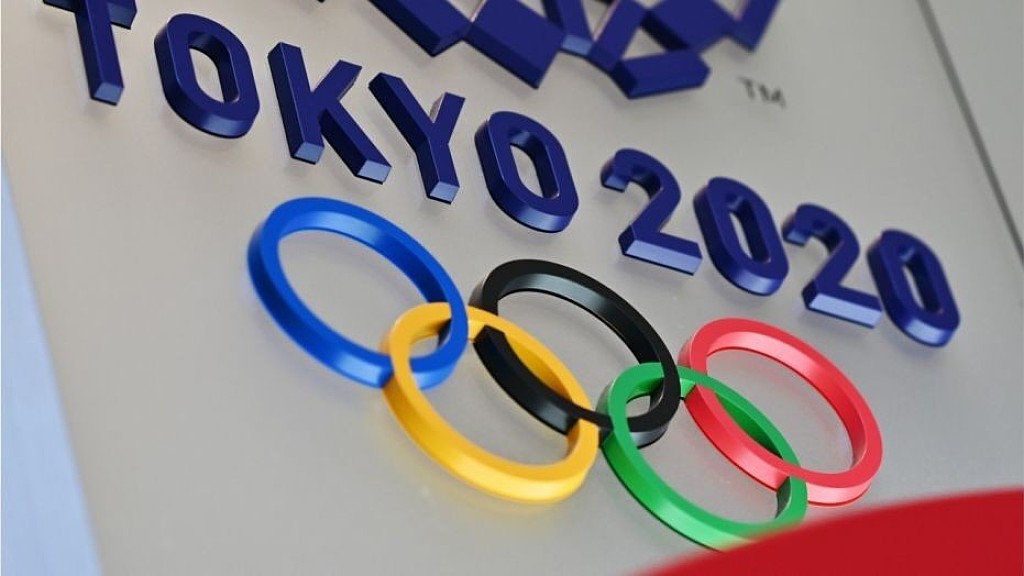Running News Daily
Running News Daily is edited by Bob Anderson in Mountain View, California USA and team in Thika Kenya, La Piedad Mexico, Bend Oregon, Chandler Arizona and Monforte da Beira Portugal. Send your news items to bob@mybestruns.com Advertising opportunities available. Over one million readers and growing. Train the Kenyan Way at KATA Running Retreat Kenya. (Kenyan Athletics Training Academy) in Thika Kenya. Opening in june 2024 KATA Running retreat Portugal. Learn more about Bob Anderson, MBR publisher and KATA director/owner, take a look at A Long Run the movie covering Bob's 50 race challenge.
Index to Daily Posts · Sign Up For Updates · Run The World Feed
Good luck to all of you trying to figure out what to do until we can go back to running as always
I’VE LOST WEIGHT! Probably a half dozen pounds since January, when we departed our Indiana home aimed at our winter hang-out in Florida. Normally, weight loss would be reason to rejoice. Drop a half dozen pounds, and you might be able to drop a half dozen minutes from your marathon time.
But that assumes the pounds lost are fat, the more of which you carry, the slower you run. I feared that the pounds lost was muscle mass. Losing muscle very definitely will not make you a faster runner.
The reasons for the weight loss were simple. Stress surrounding The coronaVirus had sent my wife Rose and I into a deep funk. We lost our appetites. We lost energy. We lost sleep.
But more the problem, we lost use of The Lodge & Club, the ocean-front hotel property owned by Gate Petroleum, sponsor of the Gate River Run. Normally, we spend a lot of time at The Lodge’s fitness center, which boasts a heated outdoor pool. Rose works out daily with an aquarobics group that includes many of our best friends. I start in the gym with a routine of a half dozen machine exercises: upper-body, lower-body, core. Then I head to the pool to both run in chest-deep water and swim laps. I finish soaking in the whirlpool.
That’s my morning workout. Afternoons, I go for a short bike ride to a favorite coffee shop. Weekends, Rose skips the pool and joins me for a long bike ride to a Panera for coffee and bearclaws.
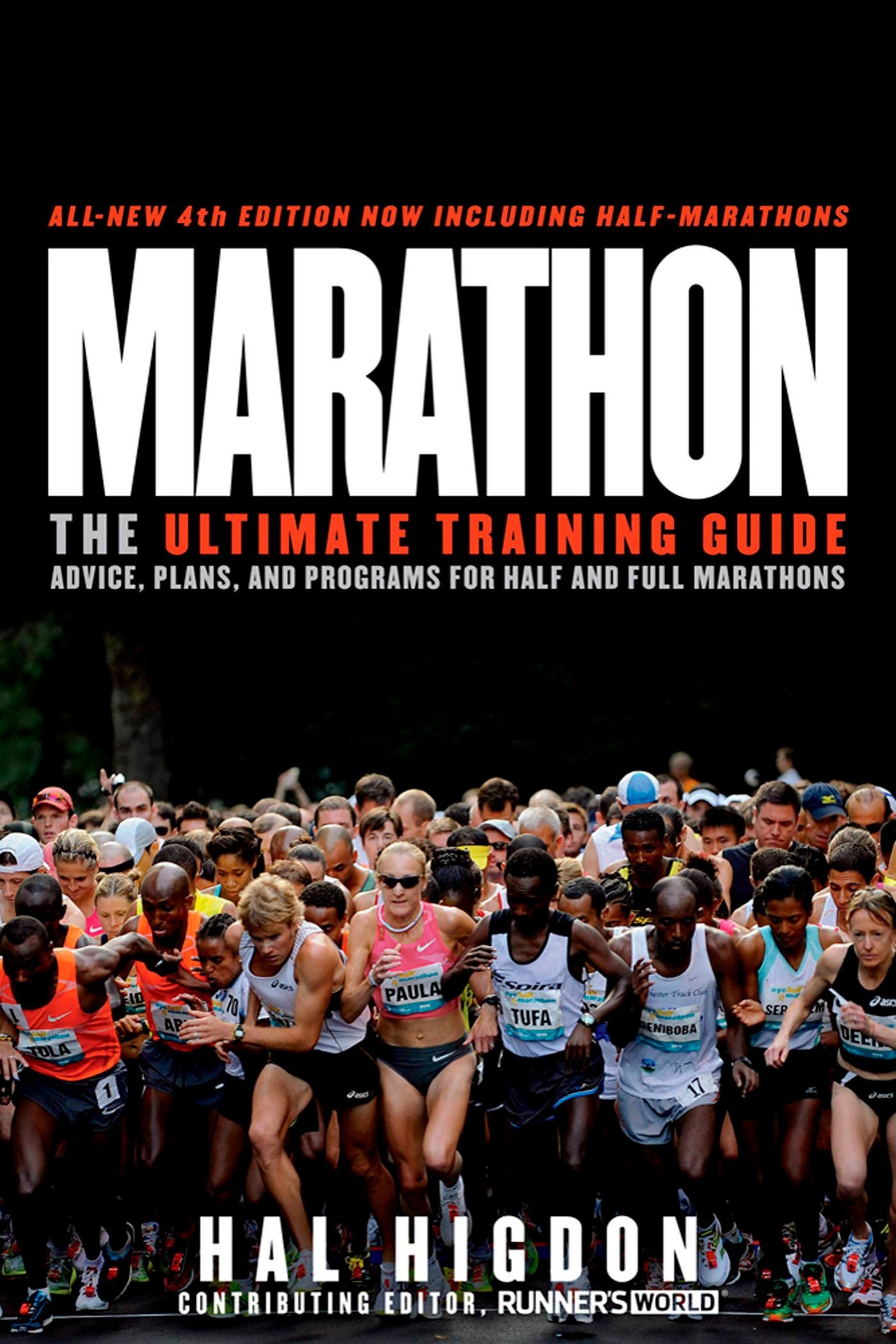
But all that was stolen from me when early in March The Lodge closed its gym, its pool and even access to the beach. Guests quickly checked out. Security guards roamed the property. We substituted activities with little enthusiasm. Rose and I walked from our condo to a nearby marsh and stared at turtles. I continued short bike rides in the afternoon but failed to stop for coffee. Even those minimalist “work-outs” seemed to drain all the energy we possessed. And the weight loss began and with it my hard-earned fitness.
Earlier this week, Rose and I flew home to Indiana. While we have many friends in Florida, we have family in Indiana, most precisely our first son Kevin and his wife Camille. Add to that several grandkids living and working in Chicago. If something happened, they would care for us.
But, as in Florida, change has been forced on my Indiana fitness routine. In the World That Was, Rose and I would bike frequently to a coffee shop. On the way home, I would stop at a community center featuring a gym. Not as plush as The Lodge in Florida, but strength machines are strength machines. I haven’t checked, but I suspect the gym has closed. And the coffee shop.
People argue about the point when we begin to lose fitness if we stop training. I don’t want to suggest a number, but in my case I have begun to halt the decline.
The first day after arriving home, I went for a short walk. And the day after that a slightly longer walk. And the third day, still more. I am functioning like a beginning runner, a few steps at a time. A little more each day.
In the basement, I have a Health Rider, a machine that allows me to exercise my upper and lower body. Winters, Rose and I store our bikes at The Bike Stop, which caters to cyclists. I need to call and have the bikes delivered. Mostly, I need a fitness routine, one that I can follow with some regularity until the World is no longer crazy. Good luck to all of you trying to figure out what to do until we can go back to running as always.
(04/04/2020) ⚡AMPby Hal Higdon
University of Oregon first ever sub four minute miler passed away on March 31
SADDENED to report the passing of the University of Oregon's very first ever sub 4:00 miler...in fact, the first man to ever break that mythical barrier on U.S. soil.
Australian native and Olympic 800 meter man, Jim Bailey, had until recently, resided in Bellingham, Washington. He was in failing health, and sadly, left us on March 31st at age 92.
Bailey had won the 1955 NCAA one mile title over his fellow Duck, Bill Dellinger, but was largely considered "an 880 man with a bum knee". On May 5, 1956 (just more than a year prior to Don Bowden becoming the first American sub four minute man) a special race was held in front of 40,000 spectators at the USC UCLA dual meet.
You see, it was an Olympic year (Melbourne Games) and this was to be a tune up race for the second ever sub 4 man and Aussie legend, John Landy...it was being televised immediately after the Kentucky Derby so Americans could see Landy attempt a barrier breaking first on US soil.
Bailey, the former Sydney rugby player, was in the race as 'mere filler'...his best at the time was in the 4:05 vicinity...well, long story short on the last lap Bailey pulls alongside Landy, pats him on the back and said "let's go John"...Landy tried to make a move but couldn't respond, and Bailey eeks out the surprise win, 3:58.6 to 3:58.7... thereby running the very first EVER sub 4:00 in the land of opportunity.
(04/04/2020) ⚡AMPby Mike Fanelli
Under Armour brand is manufacturing face masks for hospital workers amid Coronavirus
Under Armour is the latest brand to pivot production to assist in the fight against novel coronavirus.
The Baltimore-based footwear and apparel brand announced on March 31 it plans to manufacture and distribute more than 500,000 fabric face masks while assembling and distributing 50,000 specially equipped fanny packs to support the 28,000 healthcare providers and staff that comprise the University of Maryland Medical System (UMMS).
“This is an unprecedented time. Companies with the ability to innovate and provide resources to make a difference are needed now more than ever,” Under Armour CEO Patrik Frisk said in an e-mail. “Our partners at the University of Maryland Medical System and other medical organizations on the frontlines of this pandemic are facing a new kind of challenge. We hope to deploy our heritage in helping make athletes better—as well as our legacy of local community support—in this new way to help the heroic healthcare workers as they make the lives of all better every day.”
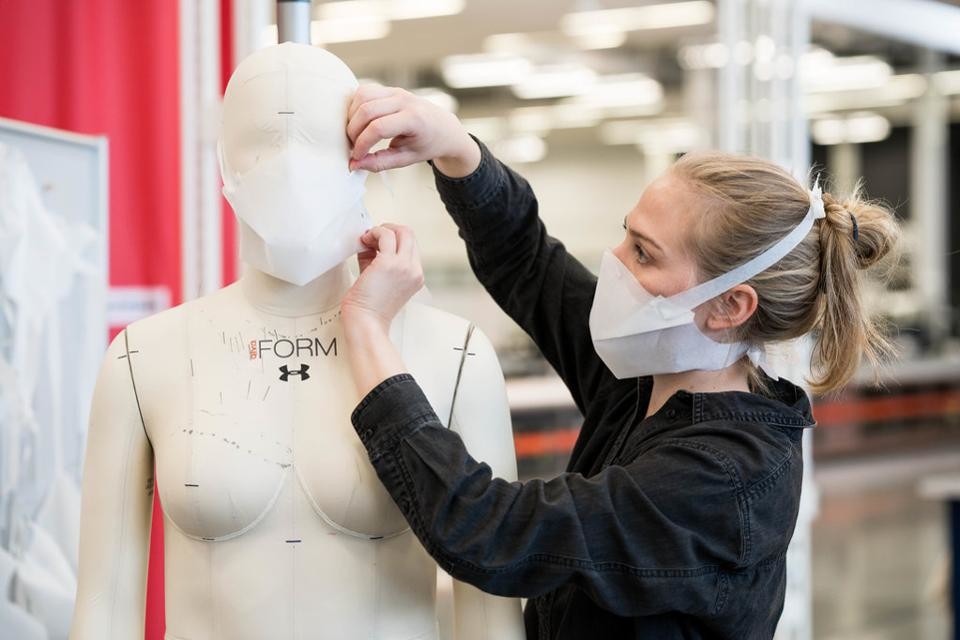
The United States is currently facing a face mask shortage as novel coronavirus continues to sweep through the nation; as of 9:20 a.m. March 31 there are more than 161,000 confirmed cases of COVID-19 and more than 3,000 deaths.
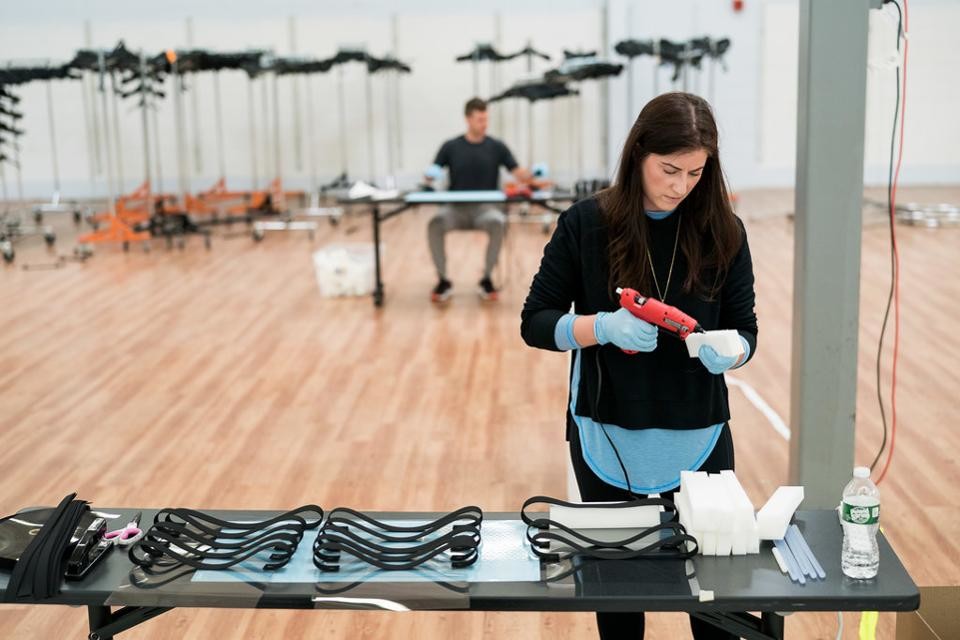
With numbers rising and the demand for medical equipment also increasing, various sports companies have stepped up to contribute during these unprecedented times.
Fanatics announced on March 26 it is partnering with Major League Baseball to support emergency personnel in the fight against novel coronavirus by making hospital face masks and gowns out of the same material used to make baseball jerseys. Nike announced on March 25 it is prototyping personal protective equipment including face shields with guidance from healthcare workers at Oregon Health & Science University. New Balance is producing prototypes for face masks out of its manufacturing facility in Lawrence, Massachusetts, with the hopes to scale production throughout its other New England factories soon.
Under Armour designed a one-piece face mask that doesn’t require sewing. The mask’s origami-style folds mold the fabric into the desired mask shape. Under Amour senior vice-president of advanced material and manufacturing innovation Randy Harward estimates the company can generate as many as 100,000 masks per week moving forward utilizing its knife cutter which can carve nearly 100 pieces of fabric at once.
The brand is not only helping supply healthcare providers and staff at UMMS, it has begun providing face masks to LifeBridge, a regional health care organization based in Baltimore, and is in discussion with Johns Hopkins Medicine, MedStar and other local medical institutions regarding supplies.
Under Armour, which is exploring 3-D printing N95 and N80 masks for medical professionals, has already delivered 1,300 face shields to UMMS.
“Ensuring the health and safety of our medical staff and patients is our first priority,” said Dr. Mohan Suntha, president and CEO of University of Maryland Medical System. “The national shortage of personal protective equipment has put our hospitals—and every other hospital in the country—under intense pressure to manage supplies while delivering care in a setting that is safe for our patients and employees.
(04/04/2020) ⚡AMPby Michael LoRé
Veteran runner Jeff Johnston reaches another marathon milestone, completes 200th race, has no plans to stop
Jeff Johnston isn’t stopping at 200 marathons. He’s got many more running goals, including running a marathon on all seven continents. The 65-year-old from Deer Park said he thinks he may even attempt to reach 300 marathons before his running days are through.
Johnston’s marathon plans are on hold because of the coronavirus. He said three of his upcoming races have already been postponed or canceled because of the pandemic. He said he’s hoping the situation clears by this fall. He has plans to run marathons in Ireland and South America as he begins work toward his goal of completing races on all seven continents.
He already has been accepted to run in a marathon at Antarctica in 2022. Johnston explained that there is one marathon run in Antarctica each year. Runners take a ship from the southern tip of South America for a four-day crossing to Antarctica. The marathon is run in two groups, with one half of the runners competing the first day and the second half running the race the second day. Johnston said last year’s race was run in record warmth at 32 degrees, while many of the races have been run in far colder conditions.
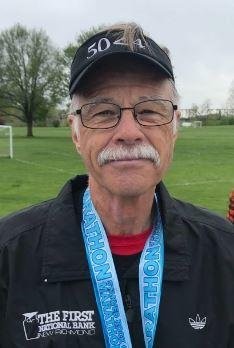
Johnston has a long list of running achievements. He ran a marathon in every state, and then he did it again. It may even happen a third time. He’s run a sub-four hour marathon in every state, and he needs to do it in nine more states to complete his second round of sub-four hour races. He runs 10-12 marathons per year and said he plans to continue that schedule as long as he is physically capable to maintain it.
Johnston ran his first marathon in 1983 when he ran in Grandma’s Marathon in Duluth. He has run in 24 straight Grandma’s races. It was announced a few days ago that this year’s Grandma’s race is canceled, so he’s hoping to resume his streak there next year.
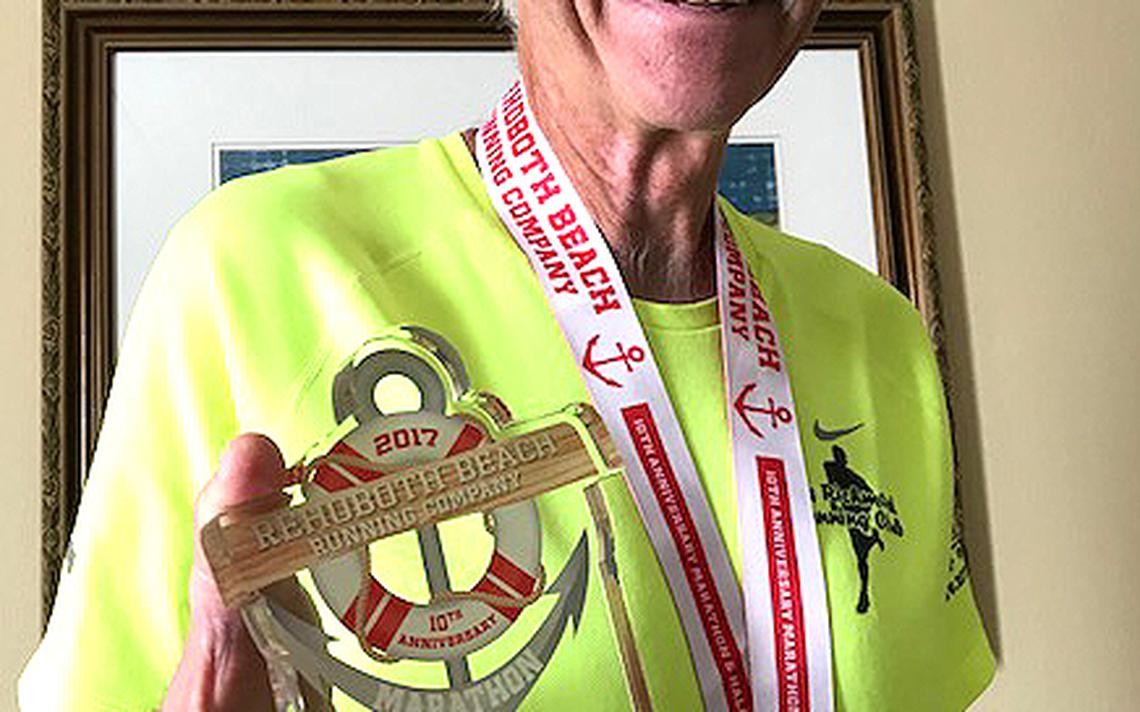
He didn’t run his second marathon until 10 years later, when he returned to run at Grandma’s. Johnston didn't run at New Richmond High School, where he graduated in 1972. His only scholastic sport was golf. His friend, Jim Groth, talked him into running Grandma's Marathon in 1983. His running shoes then got thrown to the back of the closet until 1992 when he began seriously looking at running. That led him to resuming marathoning the following year.
The pace that Johnston is completing marathons is truly impressive. He is averaging six years to complete another 50 marathons as he steadily saw his total climb from 100 to 200. He completed his 50th marathon in a race in Dallas in 2004 and he ran his 100th marathon when he completed Grandma’s in 2008. His 150th marathon was run in Anchorage, Alaska in 2014.
Johnston ran his first marathon in 1983 when he ran in Grandma’s Marathon in Duluth. He has run in 24 straight Grandma’s races. It was announced a few days ago that this year’s Grandma’s race is canceled, so he’s hoping to resume his streak there next year.
He didn’t run his second marathon until 10 years later, when he returned to run at Grandma’s. Johnston didn't run at New Richmond High School, where he graduated in 1972. His only scholastic sport was golf. His friend, Jim Groth, talked him into running Grandma's Marathon in 1983. His running shoes then got thrown to the back of the closet until 1992 when he began seriously looking at running. That led him to resuming marathoning the following year.
The pace that Johnston is completing marathons is truly impressive. He is averaging six years to complete another 50 marathons as he steadily saw his total climb from 100 to 200. He completed his 50th marathon in a race in Dallas in 2004 and he ran his 100th marathon when he completed Grandma’s in 2008. His 150th marathon was run in Anchorage, Alaska in 2014.
Johnston said Grandma’s and the Boston Marathon are his two favorite races.
(04/04/2020) ⚡AMPby David M. Newman
Former world Marathon record holder and policeman Wilson Kipsang arrested
Former world record holder Wilson Kipsang, an Elgeyo Marakwet Member of County Assembly (MCA), a top athlete and several other revelers have this evening been arrested for defying the curfew.
Kapchemutwa Ward Representative Ambrose Kiplagat, also known as Roho Juu, and former world record holder Wilson Kipsang were bundled into police vehicles after they were found drinking alcohol in a popular club in Iten town.
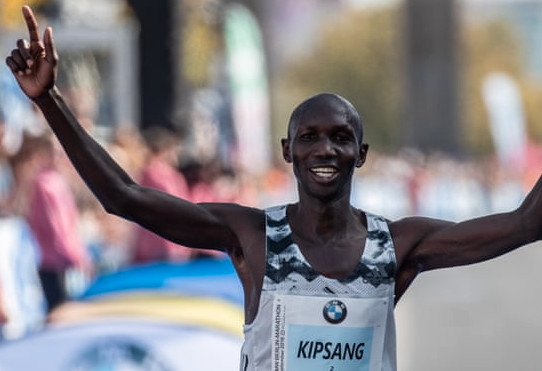
The duo were among nearly 20 people who had locked themselves inside the club to drink, against orders requiring Kenyans not to get out of their homes after 7pm in the evening.
Police said the visibly intoxicated revelers dramatically attempted to resist arrest forcing the officers who were on patrol to seek for reinforcement.
Elgeyo Marakwet Police Commander John Mwinzi said the suspects were arrested following a tip-off from members of the public.
"Our officers found the MCA, the athlete and other revelers hiding in a popular club in Iten. These are high profile individuals who should be helping us in enforcement of the curfew," Mr Mwinzi told Standard Digital.
Get the latest sports news updates. Subscribe to our SMS sports service by texting 'SPORTS' to 22840.
He added: "We are asking members of the public to stop abusing our reluctance to use full force during the enforcement of the curfew."
Kipsang was last December involved in a road accident that extensively wrecked his car in what was suspected to be a case of drunken driving.
(04/04/2020) ⚡AMPFor Tel Aviv’s Alley Runners, success is measured both on and off the track
Nine years ago, Jamal Abdelmaji Eisa Mohammed spent three days crossing the Sinai Desert on foot from Egypt to Israel, the tail end of a treacherous journey from his home in Sudan’s war-ravaged Darfur region. Since then, he’s worked his way onto a doorstep that could lead him to next year’s Tokyo Olympic Games.
That odyssey is largely due to the Alley Runners, an athletics club in Tel Aviv which was founded specifically to help people much like Mohammed.
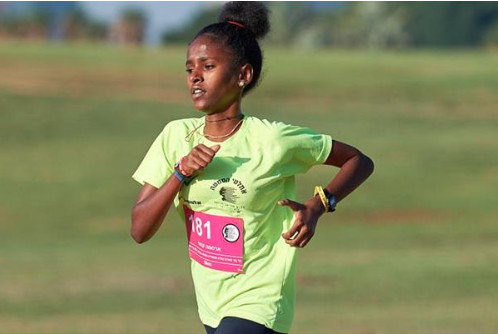
“I started running with them, and I'm running at the World Championships,” Mohammed said a year ago when he made his Athlete Refugee Team debut at the World Cross Country Championships. He later represented the squad at the World Athletics Championships in Doha. “This club means a lot to me, they are like my family. They've done everything to help make my dream come true.”
Club origins? A friendly bet
And it all began as a bet. The formation of the club, that is, according to one of its three founders, Shirith Kasher. She and a friend, both runners, were discussing youth participation in sport and a question arose: why weren’t young girls from Israel’s Ethiopian immigrant community participating in athletics? Her friend said the interest wasn’t there; Kasher insisted it was opportunity that didn’t exist.
Eager to prove her point, she went in search of a team to establish a club that would specifically target young people in Tel Aviv’s disadvantaged communities. A few months later she crossed paths with Rotem Genosar, a high school civics teacher and avid basketball player, and Yuval Carmi, a runner and coach.
“So we established the team because we thought it was a nice opportunity to give underprivileged kids the opportunity to practice athletics,” Kasher says. “It was small at first - we didn’t know that it was going to grow like it has.”
At first they targeted girls from Tel Aviv’s Ethiopian community, but interest in the club forced a quick expansion in focus.
“That lasted for two months because boys were coming as well. So, of course we also gave the boys a chance,” Kasher says. “We knew then we had something good in our hands because we saw and knew that there were kids, who nobody really looks to in Israel, that were pretty talented and very serious.”
That was in 2012. Just over nine years later, the membership has mushroomed from those 40 south Tel Aviv teenagers to 90 today, with members ranging in age from 10 to 40. Most are Ethiopian Jews who immigrated to Israel in recent years but about 20 percent of the club is made up of refugees and asylum seekers, mostly from Eritrea and Darfur.
Success came quickly.
Since its founding, more than a dozen athletes have gone on to represent Israel in regional and European competitions.
Most recently, in 2019, Mohammed represented the Athlete Refugee Team at two World Athletics championships and Adisu Guadia, who is now 17, raced to 3000m gold at the European Youth Olympic Festival in Baku in July and capped the season with a victory in the U19 race at the Balkan Cross Country Championships in November. The U20 men's squad finished third at the European Club Cross Country Championships in February, a U18 boys team won the Israeli national cross country title and a U16 girls squad was second at the national U16 Athletics League championships.
Yet despite those successes, there are no tryouts. “If you are serious and come to practice, you have a place in our team,” Carmi says.
Educational component is key
But Genosar is also quick to point out that success on the track is only part of the larger driving force behind the Alley Runners. Another is an educational component that’s been there from the start, and it too is growing. Three years ago the club obtained the use of a small house that is used specifically as a home-like learning centre where members regularly meet to study English, math and humanities.
“We are welcoming everybody into the club but we know that only a few can or will become professional athletes,” he says. “So for us other aspects are very important - the social and educational aspects. The learning centre is a place where people come to study and fulfill their academic aspirations. And we can better follow their achievements in school.” The most serious athletes, he says, have also become much more serious in the classroom.
Involvement in the club has been especially helpful to immigrants trying to assimilate and grow into their new environments.
“We can see the change,” Genosar says. “Immigrants and asylum seekers who came to Israel with almost nothing, and because of the team and because of the education, managed to move themselves forward very quickly. In just five or six years they are in a very different situation in their lives.”
Several athletes who joined the club in its early years are now enrolled in universities, an aspect that Genosar, as an educator, is especially proud of.
“We’re very proud to have university students from this disadvantaged or underprivileged segment of society, where it’s very hard to go to university. So we hope to develop that more.”
One way is through a scholarship programme they’re working to establish that will provide a route to university that allows student-athletes to continue training without having to work, something akin to the NCAA system in the US minus the team model. "There is nothing in Israel like that," Kasher says, adding that it’s already borne fruit with their first scholarship student this year.
Next up - getting through lockdown
What’s next? Trying to carry on under coronavirus lockdown, much like the rest of the world.
Restrictions on movement in Israel began about three weeks ago, confining people to areas 100 metres or less from their homes. Training is nonetheless continuing.
“We're doing things on an individual level,” Carmi says, “where the person trains either by himself or with a friend or two, usually very, very early in the morning, near their house. It's difficult controlling everyone, but it's possible.
“The bigger problem is the mental issue - there is no certain goal right now. It’s training for the unknown.”
Kasher said one thing she’d like to do moving forward is to share their experience with communities in other parts of the world.
“We'd love to offer our knowledge and experience to other communities who would be interested in starting similar clubs. We’d love, for example, to have an Alley Runners-Berlin.”
Are you listening, Berlin?
(04/04/2020) ⚡AMPby World Athletics
On Thursday the City of Toronto implemented a fine of up to $5000 for anyone running or walking and not staying at least two meters apart
On Thursday afternoon, the City of Toronto announced their newest COVID-19 related by law: requiring people in parks and public squares to remain two meters apart (if they don’t live together). It will be in effect for at least the next 30 days and could result in a fine of up to $5,000. The by law and related fine is a result of the growing number of hot spots in the city where people are congregating. Those spots include Sunnybrook Park, Humber Bay Park and Canoe Landing, which are all frequented by runners.
Beyond the mentioned hot spots, Mt. Pleasant Cemetery, another popular Toronto running location, was closed to the public on Thursday. CTV News spoke with Josh Matlow, city councilor, who said, “The Mount Pleasant Cemetery, for those of us who live in midtown and people across the city, is a place where we can escape the big city. But far too many people have not been adhering to social distancing.”
The City of Hamilton, as of Friday morning, has closed Bayfront Park for the same reason. This follows last week’s closure of Hamilton-to-Brantford Rail Trail, the Dofasco 2000 Trail and the Lafarge 2000 Trail–all popular running spots.
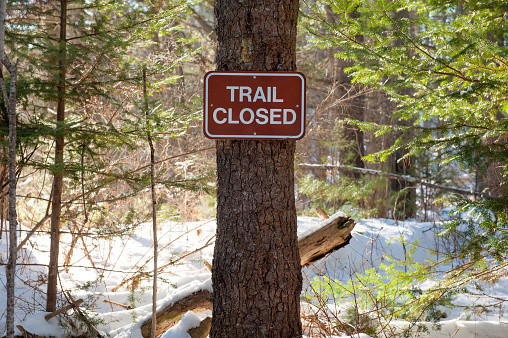
All tracks in Ontario closed.- As of this week, the province has closed all outdoor recreation amenities, which includes tracks and sports fields. This is being enforced with officers patrolling the grounds of high school, university and community tracks.

All tracks in Ontario closed.- As of this week, the province has closed all outdoor recreation amenities, which includes tracks and sports fields. This is being enforced with officers patrolling the grounds of high school, university and community tracks.
British Columbia has made a similar announcement.- Last week B.C. also issued a similar notice, closing the province’s recreation facilities and trails.
Where can you run?.- With these closures, runners are encouraged to hit the treadmill if they have one, run in less-popular areas, and try their best to workout at home. While it’s very possible to maintain a two meter distance from another person while running, it’s hard to do so in a crowded area. If you’re finding it hard to keep your distance on your usual running route, try a new one for the time being.
The roads are the best bet for getting mileage in at the moment. Thankfully, traffic is minimal right now, so heading out (especially early in the morning) is a good way to get a solo run done.
(04/03/2020) ⚡AMPby Madeleine Kelly
Grand Slam-winning former Wales rugby captain Ryan Jones will run a marathon in his garden on Saturday
He is supporting a campaign to raise extra resources for the Swansea Bay University LHB charitable fund during the Covid-19 pandemic.
Newport-born Jones, 39, is currently the Welsh Rugby Union's performance director.
The ex-Ospreys forward has already substantially surpassed the £500 target on his Just Giving page.
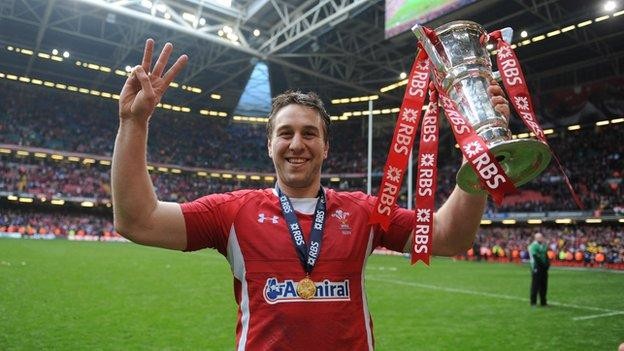
Explaining his plans, Jones said: "Like many I am confined to my home and as this situation plays out before me, I am just amazed at the strength of the human spirit and the generosity of so many.
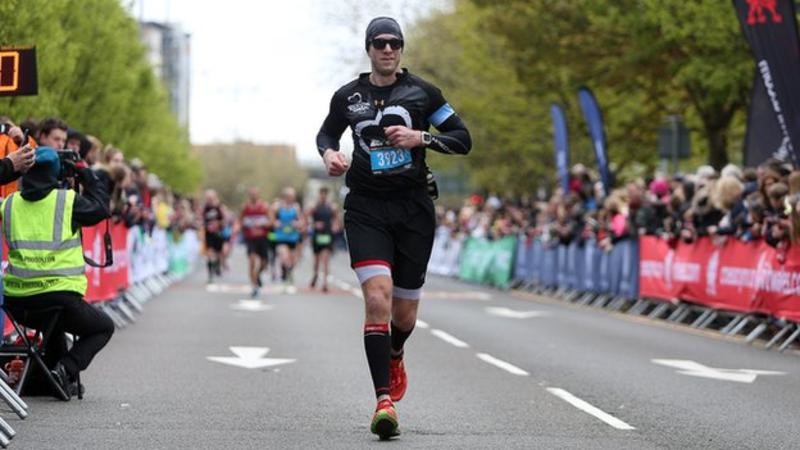
"Those giving of their time not because it's a job but because they care, those putting the risk to their own health to one side because they care.
"You truly are an inspiration and I just wanted to try and support you."
He estimates the run will require around 700 lengths of his garden.
"I don't think the view is going to be great," Jones told BBC Radio Wales breakfast.
"I'm just going to have a green length of hedge and grass to look at for the best part of five or six hours really with all the turns.
"The only luxury I have got is the toilets are clean and not far away on this run, which is different to your major events.
"I've got three young kids who are all under 10 who have made some signs and I'm sure they'll be cheering me on and joining in and the like as well."
Jones won 75 Wales caps, winning the Six Nations Grand Slam in 2005 and then again as captain in 2008 and 2012.
He held the record for the highest number of games as Wales skipper - 33 - until that was surpassed by Sam Warburton in 2015.
Jones made three appearances for the British and Irish Lions on their 2005 tour of New Zealand. He was also a late call-up for the Lions 2009 trip to South Africa, but arrived injured and did not play.
His playing career ended in 2014 on medical advice because of recurring shoulder injuries and in 2016 he was appointed the WRU's head of rugby participation. He took up his current role in 2019.
(04/03/2020) ⚡AMPby Welsh Rugby
Aliphine Tuliamuk still remembers the day she received her first pair of running shoes
Nearly twenty years ago, the future 2020 U.S. Olympic Marathon Trials champion was just another promising young runner in the Rift Valley province of her native Kenya. Only 11 years old, she was selected to compete in the state meet in the 10,000m after outracing older girls in the arduous event.
On their way to the competition, her coach—Geoffrey Ptormos, a distant relative of Tuliamuk’s—arranged for Tegla Loroupe to come meet the team. The local Kapenguria legend was training for the 2000 Olympic Games as the favourite for the marathon and the 5000m, and by then had captured two New York City Marathon titles, three World Championship half marathon titles, and was the world record holder in the marathon twice over, with her best effort of 2:20:43 standing until September 2001.
But Tuliamuk didn’t know any of that quite yet. Instead, it was Loroupe who was quite taken with the young runner’s abilities.
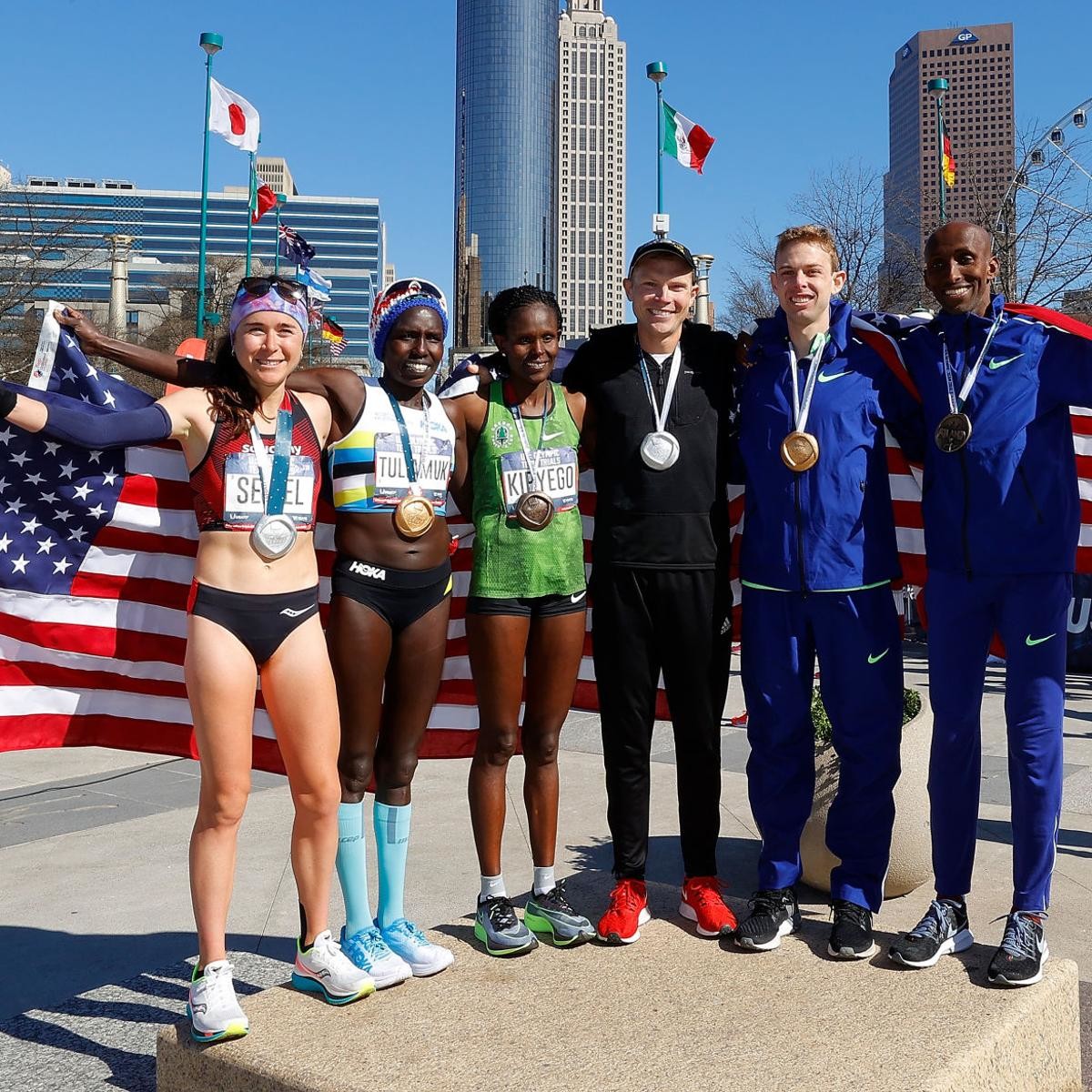
“The athletes I had beaten in the 10,000 were way older than me, so Tegla was very impressed by my performances,” Tuliamuk remembers. “She ended up giving me a pair of shoes and she became my hero instantly.”
Tuliamuk didn’t race in the brand-new flats right away— “no way, I wasn’t used to wearing shoes and racing, I thought they would hold me back” —but she treasured the gift, saving the new shoes for special occasions.
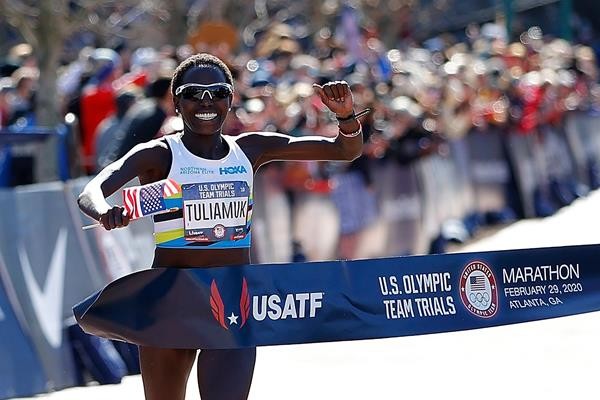
“It meant the world to me,” she says. “I was barefoot at the time, so to get this really beautiful, clean pair of shoes from her was awesome.”
Modest roots.- Tuliamuk shrugs off her humble upbringing as normal.
She and her 31 siblings, all born to the same father from four different mothers under the culturally accepted practice of polygamy, ran two miles, barefoot, to and from school everyday, as did her friends. Running is so ingrained in everyday life that those with natural abilities in the sport are easily spotted. But of Tuliamuk’s immediate community, she was the only one to pursue competitive running.
Ptormos noticed Tuliamuk’s burgeoning talent and invited her to come live with his family in a neighboring village after the state competition in 2000 so he could coach her. She lived with them on and off for eight years, until she finished high school.
Her best performance during that time came in 2005, when she placed ninth in the World Junior Cross Country Championships as a 15-year-old. The 6km race was held in Saint-Galmier, France, where the beds were the size of three beds back home and the travel van was outfitted with mini TVs. At the race after party, runners danced to music and chowed down on fancy French pastries.
The event opened Tuliamuk’s mind to the vast opportunities that running could afford her.
But as the idea of running professionally and competing in the Olympic Games lodged itself in her brain, Tuliamuk also wanted to succeed in the classroom. Athletics were not a big priority at her high school and by her last year, she had stopped running entirely.
(04/03/2020) ⚡AMPby worl Athletics
2024 US Olympic Trials Marathon
Most countries around the world use a selection committee to choose their Olympic Team Members, but not the USA. Prior to 1968, a series of races were used to select the USA Olympic Marathon team, but beginning in 1968 the format was changed to a single race on a single day with the top three finishers selected to be part...
more...A World Marathon Day could bring us miles closer to recovery from the coronavirus pandemic
Just days after the 2013 Boston Marathon bombing, apparel giant Adidas, one of the marathon’s official sponsors, raised money for victims and their families by selling limited-edition T-shirts with the message: “Boston Stands As One.”
Americans rallied in support one week after the horror, participating in #BostonStrong runs nationwide.
The time is coming for people around the world to remember a great tragedy, mourn our dead, honor our heroes, raise money for the afflicted and stand as one. The staggering coronavirus pandemic is not over by any stretch, but COVID-19 likely will be under control by late summer. Our financial well-being, however, will still be seriously threatened. It is not too early to begin planning for ways we can show our resilience, strength, hope and grace.
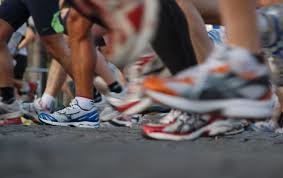
Post-coronavirus, the world will experience a series of firsts as people again gather en masse and our grief eases into relief. Let’s make this reawakening count. The first outdoor music festivals, for example, should benefit charities assisting those hit hardest by the coronavirus. Same with the first public events of any kind. Let donations flow wherever the invisible walls separating us fall, so we finally might remember how similar we are.
Which brings us back to Boston. The Boston Marathon is one of six Abbott World Marathon Majors held every year, along with New York City, Chicago, London, Berlin and Tokyo. These urban courses attract the planet’s most elite runners and tens of thousands of participants, and even larger crowds cheering the runners on.
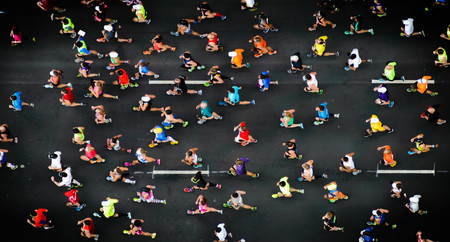
This year, the organizers of those six renowned marathons should work together to hold a single World Marathon Day, with each race held in its respective city in a synchronized demonstration of post-coronavirus solidarity.
Monday, Oct. 26, would be an appropriate date, virus-permitting. Numerically it is 10.26.20, which acknowledges the 26.2 miles of a marathon course. Saturday, Sept. 26, also works (09.26.20). This one-time global effort could be promoted with the hashtag #WorldStrong26.2.
Ideally, cities worldwide will reschedule their own postponed or upcoming marathons to World Marathon Day in alliance with the six majors, while other communities hold shorter races and fun runs. (Five of the major marathons are either held in, or have been postponed to, the September-November period, so the logistics of shifting the date would not be onerous. Tokyo held its 2020 marathon on March 1 for elite runners only, and would host another.)
If this proves too massive a challenge, then at the least, all fall 2020 marathon organizers should communicate a common message and fundraising focus on whatever day they hold their events.
As I envision it, all race participants would be required to race for charity, and top finishers of races with prize money would agree to donate their winnings as well. Of course, runners could participate in only one race on this day, but elite runners typically enter only two marathons a year, at most, in the spring and fall. The coronavirus has done away with marathons through May at least, so consolidating these races into one day shouldn’t be an issue for the top competitors, particularly those who have already committed to a race.
Also, corporate sponsors of these marathons should agree to match the amount raised by race entry fees dollar for dollar and donate that money to charity.
In addition to raising hundreds of millions of dollars or more for charities including hospitals, food banks, housing agencies, mental-health services and educational programs, a World Marathon Day would generate meaningful economic benefits for cities and communities recovering from the coronavirus shutdown.
Marathons are good for business. The major marathons attract runners from all over the world, who spend on hotels, restaurants, bars, stores, tourist attractions and other entertainment.
(04/03/2020) ⚡AMPby Jonathan Burton
There will be Refunds for Athletes Who Can’t Make the Postponed 2020 Boston Marathon
It's the first time the elite race has offered refunds, the race's organizer, the Boston Athletic Association, announced Wednesday.
The BAA and the city of Boston in March postponed the race until Sept. 14 amid the global outbreak of the novel coronavirus. It had been scheduled for April 20, and anyone registered for the race remains entered in it, the BAA said.
For any runners and wheelchair athletes who can't take part in the postponed Boston Marathon, the race's organizers are offering refunds for entry fees.
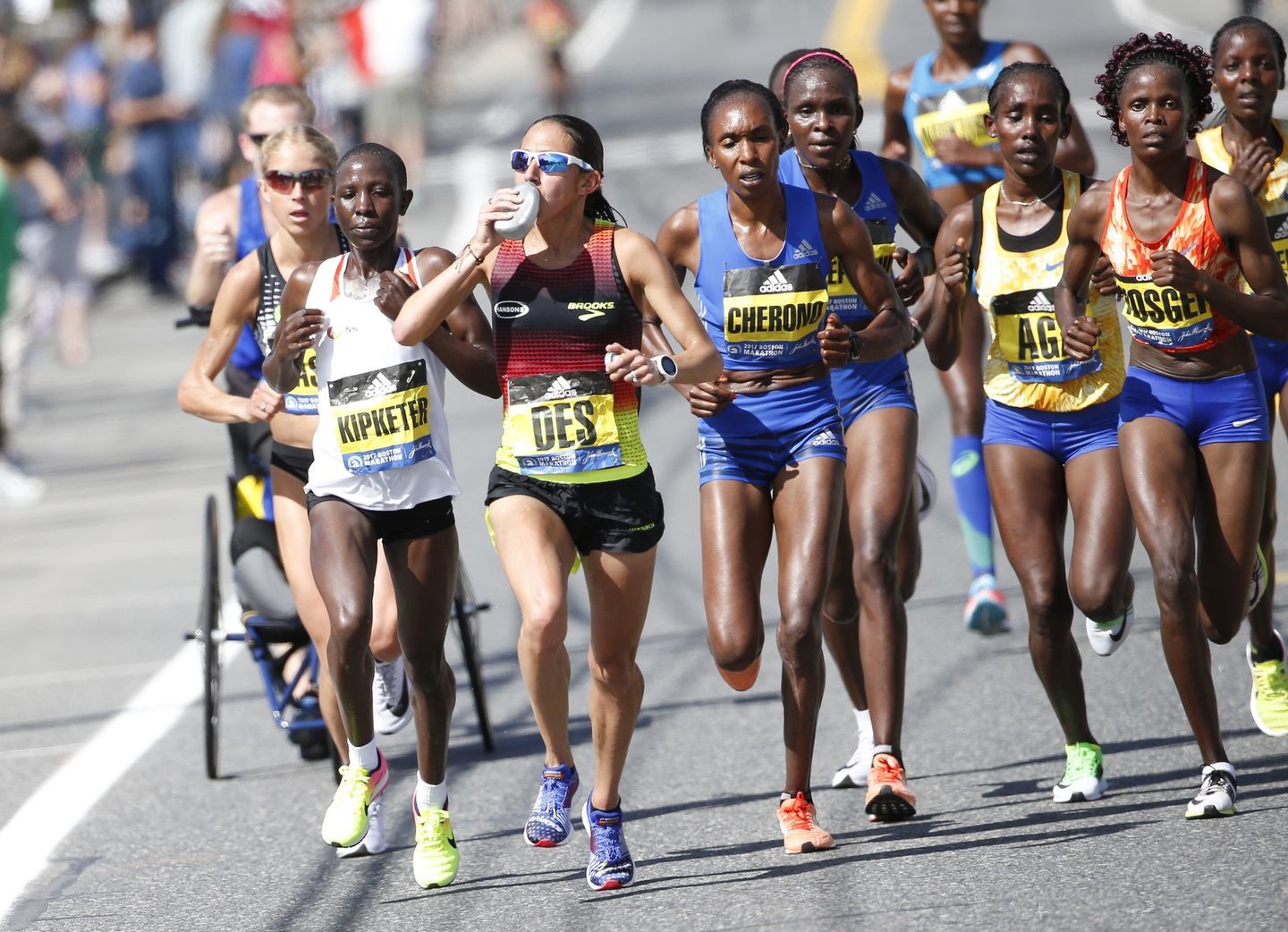
"We'd like our entrants to join us in September," BAA CEO Tom Grilk said in a statement. "However, while we are in the midst of the evolving COVID-19 pandemic, we want to extend an offer of refund to our entrants so they may be able to plan accordingly."
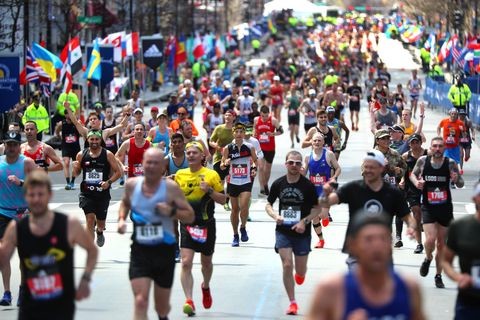
More than 30-thousand amateur and professional runners have signed up to run the 124th Boston Marathon.
The marathon on Sept. 14 will also serve as a qualifying race for the 2021 edition of the marathon, the BAA said, and registration will take place soon after the 2020 race is run.
Officials spent days mulling whether and how to postpone the marathon, an iconic event that brings in roughly $200 million to the area each year.
(04/02/2020) ⚡AMPby Asher Kein
Boston Marathon
Among the nation’s oldest athletic clubs, the B.A.A. was established in 1887, and, in 1896, more than half of the U.S. Olympic Team at the first modern games was composed of B.A.A. club members. The Olympic Games provided the inspiration for the first Boston Marathon, which culminated the B.A.A. Games on April 19, 1897. John J. McDermott emerged from a...
more...Kenyan Geoffrey Kamworor says that he will be training hard until coronavirus pandemic is over
World half marathon record holder Geoffrey Kamworor has vowed to continue training with the hope that the coronavirus pandemic will come to an end soon.
The three-time world half marathon champion was set to defend his 4th title on 24th March but the World Athletics had to cancel the event due to the pandemic.
“I will continue training to beat the pandemic. It is my source of income and I have to protect my career very well,” said Kamworor in Eldoret.
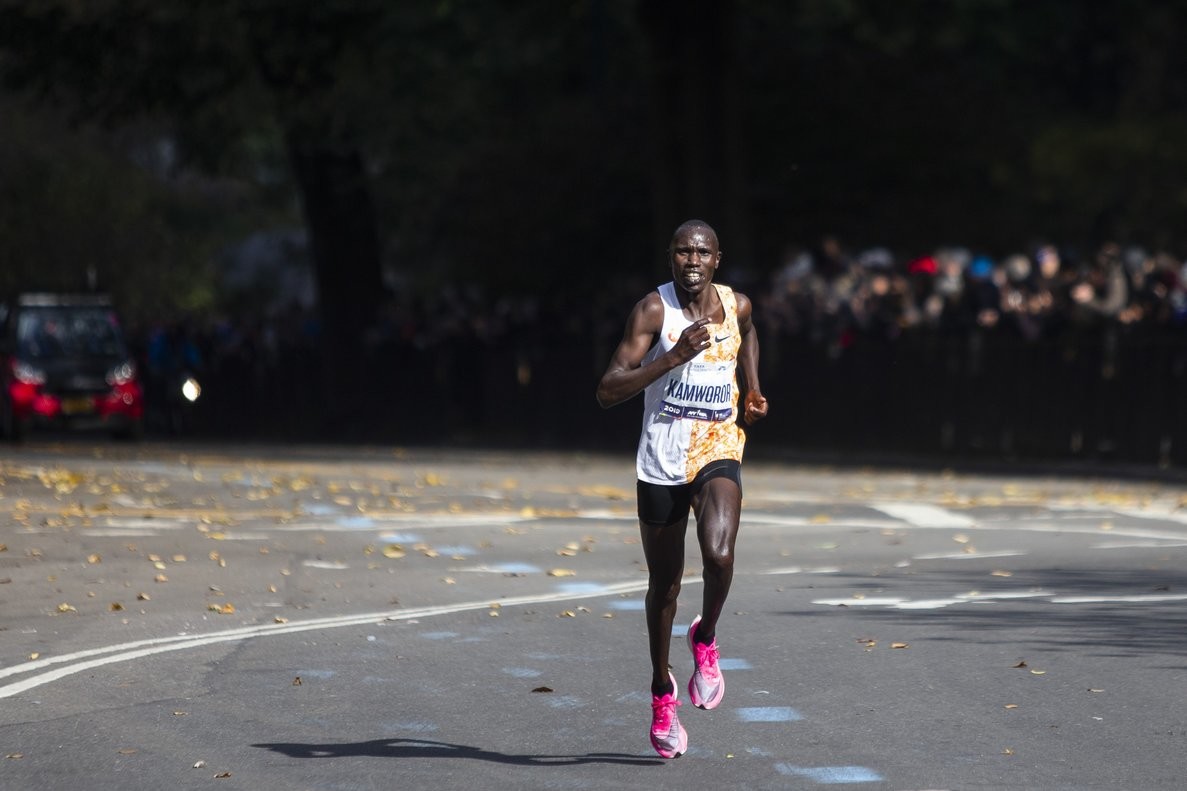
The lanky runner was selected by Athletics Kenya to represent the country at the world half that was to be held at Gdynia in Poland but the dream of winning four titles in a row now lies in limbo.
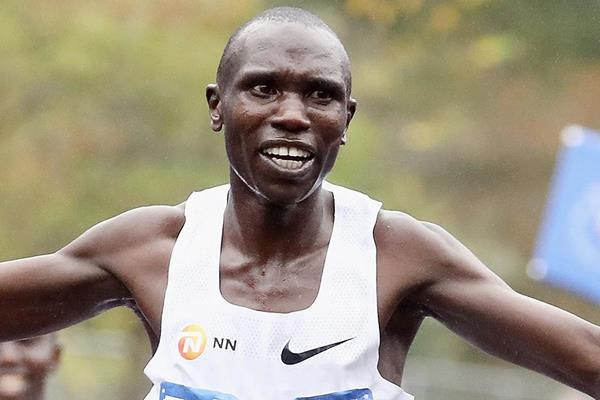
“The virus is costly and we have hope, just like other businesses are recording losses across the world. For my case, I will keep on fighting until the last minute. It is a big blow to sports fraternity in the country and the entire world,” said the two time New York marathon winner.
The Global Sports Communication based runner in Kaptagat won his maiden world half-title in 2014, defended in 2016 for a double and 2018 for the hat trick.
He named alongside national cross country champion Kandie Kibiwott, former Africa cross country winners Leonard Barsoton, Shadrack Kimining and reigning Barcelona marathon champion Victor Chumo.
In the women category, the federation had named Boston half marathon winner Brilliant Jepkorir, reigning world half marathon bronze medallist Pauline Kaveke, Dorcas Kimeli, Monica Wanjuhi and Dorcas Jepchirchir.
“Life has to continue as well as training. I don’t know how my figure will be by the time I will be running. I have hope that I will be extra fit to face the challenges and opponents when that time comes for the competition,” added Kamworor.
Apart from winning thrice, Kamworor holds the championships record of 59:08 held in Copenhagen. He went ahead to brake the world half-marathon record 58:01.
(04/02/2020) ⚡AMPby Emmanuel Sabuni
Donn Cabral eyeing Tokyo 2021 while recognizing wider ramifications of postponement is really tough
After a couple of self-described “subpar” running years, Donn Cabral had finally rediscovered his groove in December and was getting excited over what the future held — in his mind, a strong chance at qualifying for a third Olympics appearance to close out his career.
His dream isn’t dead now that the Tokyo Games have been postponed until July 23, 2021, amid the coronavirus pandemic; he’ll just have to adjust his plans. But Cabral, who grew up in Glastonbury, considers himself one of the more fortunate Tokyo hopefuls. He’s already represented the U.S. in the 3,000-meter steeplechase in both London and Rio. Not everyone can say that.
“It takes a lot of fire every day, and it takes a lot of energy to generate that fire, to get up and do that hard work,” Cabral said in a phone interview. “And to think about, 'Can I do this for one more year just to have my shot at that dream?’ and to know that that dream is still only just a chance, that’s a very difficult thing. So pushing this back a year is really tough.
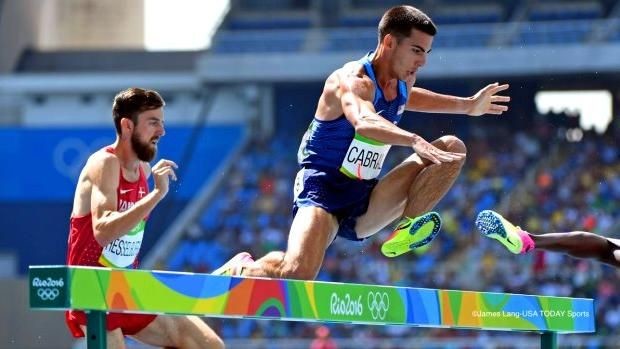
“My heart really goes out for people who haven’t made a team yet, and particularly for those who are in the best shape of their lives. It’s very difficult to get back to that same level. They had a chance to make it this time, and it’s like, ‘I wanted to strike when the iron was hot,' and now it’s going to be difficult.”
After initially delaying a decision on the 2020 Games, which were originally scheduled to begin July 24, the IOC and Japan finally reached an agreement last week to postpone them to 2021. USA Track & Field’s Olympic trials, originally set to take place in late June, will be rescheduled. Depending on the virus’ spread, the organization will try to salvage competition for the remainder of 2020 so athletes can earn some income and stay fit both physically and emotionally.
The 30-year-old Cabral, who says he’ll likely stop running professionally going into 2022, is relieved that the Tokyo Olympics will only be delayed a year. He thought the IOC would push the Games to 2022 in anticipation of, as he fears, the coronavirus outbreak not being fully under control a year from now.
“If it were in 2022, I wouldn’t have gone for it,” said Cabral, who finished eighth in the steeplechase in both 2012 and 2016. “I would have finished my career content with London and Rio. But I certainly would like to get that third Olympics in there.”
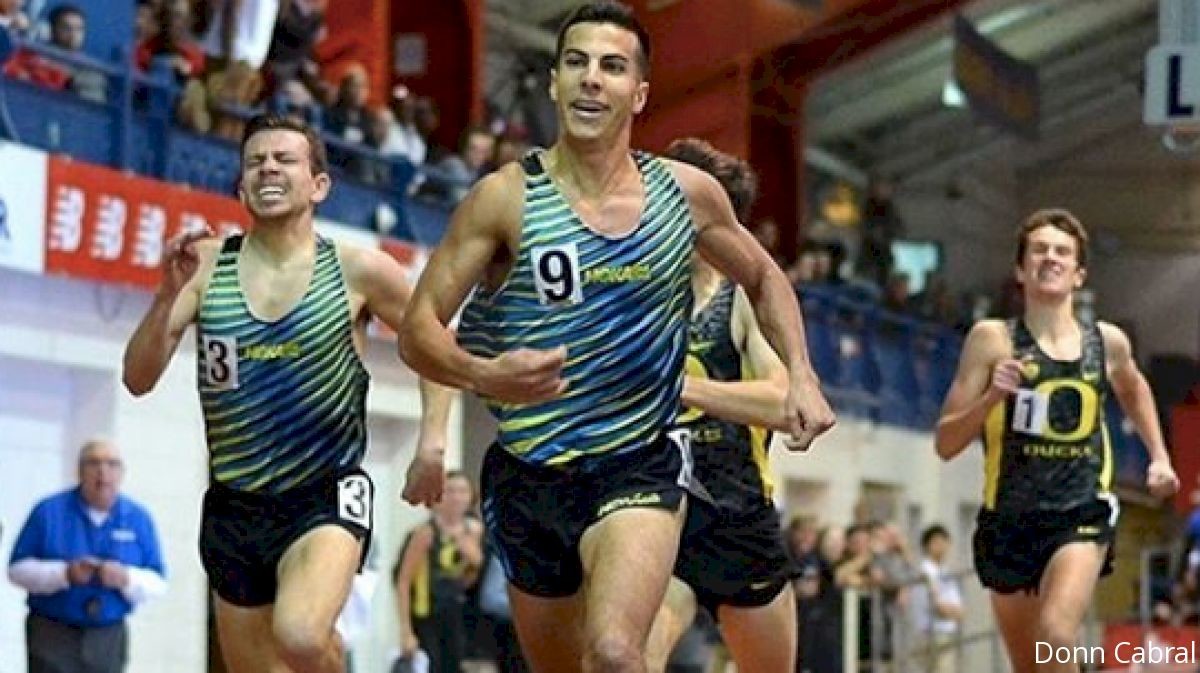
For Cabral, an extra year of training isn’t necessarily an issue, though he does have some logistical things to work out. For one, he’ll need to decide whether to take another semester off of school to train, as he did this spring in preparation for Tokyo. The Princeton grad is working on earning both a Master of Business Administration and Juris Doctor degree at UConn.
If some form of competition resumes in the summer or fall, Cabral will also need to decide whether to train for the steeplechase, his bread and butter, or try to move up to a 10K, half-marathon or marathon. Though that’s dependent on which events will ultimately be offered. But in the immediate future, Cabral can mostly operate as normal. Unlike sprinters, who are most affected by the closure of training facilities and gyms nationwide, he can run in the woods or on the streets — just not with other people.
Even though postponement was the best decision for everyone’s safety, the ramifications of the move will be felt deeply among Olympic hopefuls, Cabral said, and not just physically.
(04/02/2020) ⚡AMPby Alexa Philippou
Tokyo 2020 Olympic Games
Fifty-six years after having organized the Olympic Games, the Japanese capital will be hosting a Summer edition for the second time, originally scheduled from July 24 to August 9, 2020, the games were postponed due to coronavirus outbreak, the postponed Tokyo Olympics will be held from July 23 to August 8 in 2021, according to the International Olympic Committee decision. ...
more...Thomas Budgen, a Primary school teacher will run a marathon around his neighborhood to raise money for the NHS in the fight against coronavirus
Thomas Budgen plans to run 90 times around his block in Brierley Hill- the equivalent distance of a marathon- to raise money for the Dudley Group NHS Charity to aid frontline staff who are treating patients with Covid-19.
The reception teacher, who works at Lutley Primary School in Halesowen, was due to run both the Manchester and Brighton marathons this month before they were cancelled due to the pandemic.
Eager not to put his training to waste and keen to do something positive with his time in lockdown, Thomas decided to take on a marathon with a social distancing twist.
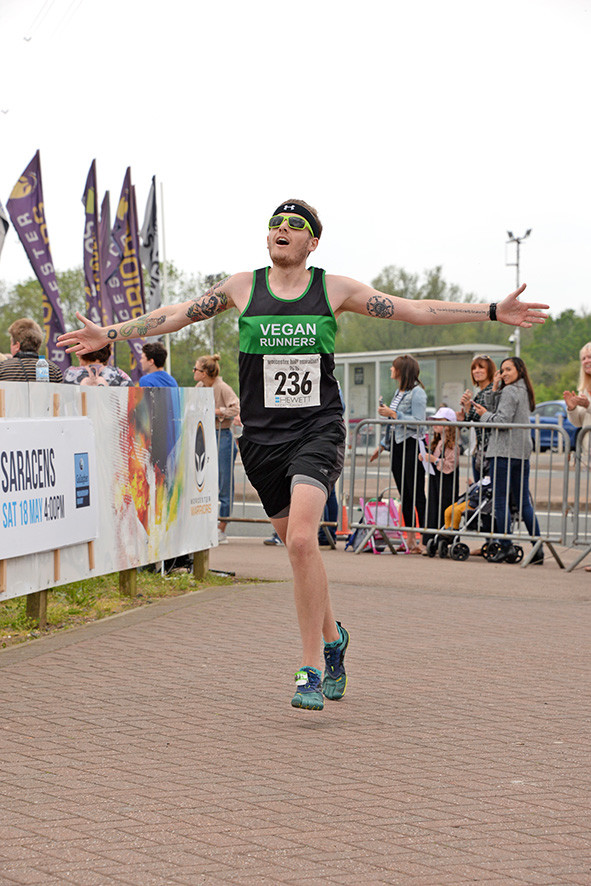
He told the News: "I had done all this training for months and months to get ready. To have it cancelled was disappointing but understandable.
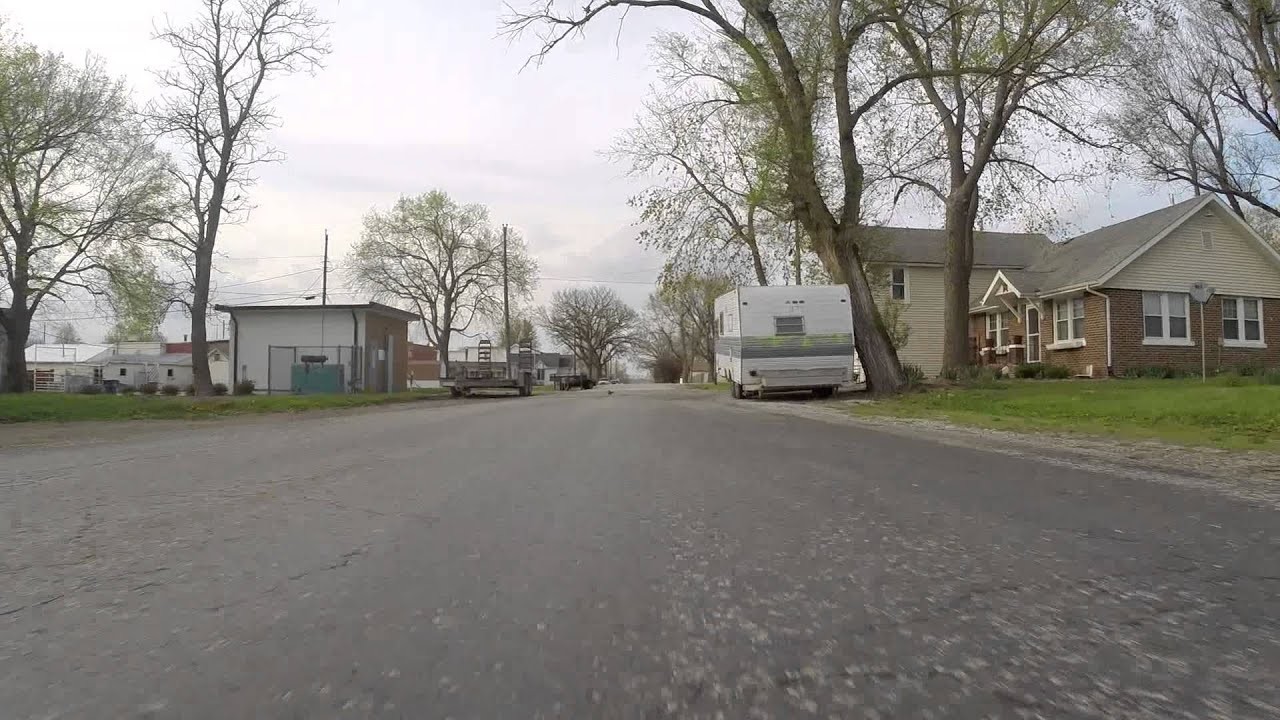
"I've been running for about two years, I started at Dudley Park Run. I hated it at first soon got into it.
"I have got friends and family working for the NHS, I am full of respect for them. However small, I just wanted to do something to help them."
Thomas will be taking on the running challenge on Saturday, April 11 on The Breeze, just of Moor Street. He hopes to complete the challenge in one day, as long as the current rules on exercising are still in place by then.
He is still working at school to care for the children of key workers, but says he misses the normally bustling school day so he is currently recording videos of himself reading stories to his students so his class can keep in touch.
(04/02/2020) ⚡AMPby Danielle Poole
Running In The Pandemic Era
Running is a unique sport – a runner may venture out for a solo run around the neighborhood or the track, meet up with a running group or crew to run in a small group setting, or participate in events that bring together hundreds or even thousands of runners. The physical, social, and mental benefits of running are well documented: greater muscular and bone strength, increased cardiovascular endurance, reduced anxiety and depression, and improved mood, among other perks. Who wouldn’t want to join in the fun?
Unfortunately, in our current environment of quarantining and social distancing, sharing the sport of running with others in a group setting isn’t possible, and most events are being cancelled or postponed or moving to virtual options in the coming months.
If you are looking to start running as a means to manage stress and get some exercise, the Road Runners Club of America (RRCA) offers advice for getting started on your own!
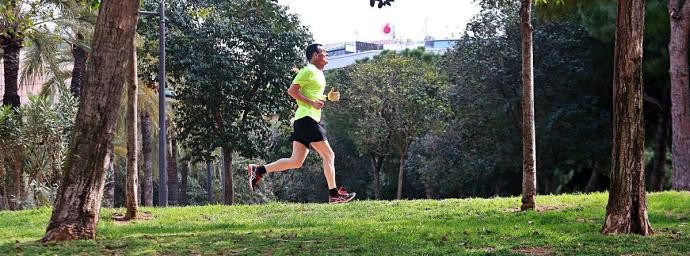
What do I need?.- Luckily, running requires little physical equipment. Begin by gathering the following:
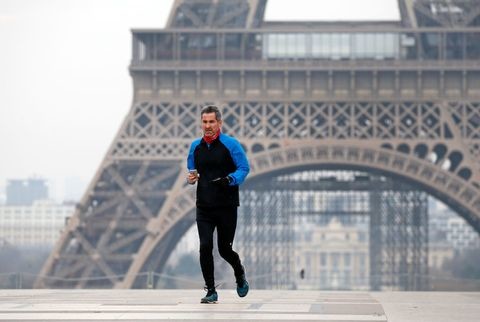
Clothing. Ideally wear moisture-wicking fabrics. (Cotton is not one of those fabrics, but if that’s what you’ve got, rock that old concert t-shirt!).
A comfortable pair of athletic shoes. Start with whatever you have paired with a moisture-wicking sock. (Again, avoid cotton here, but work with what you have!)Check with your local run specialty store to see if they are open.As a small business, they need your support so consider getting into some new running gear.
Somewhere to run. Keeping appropriate social distancing in mind, if outdoor activity is still a possibility in your city or state, try walking out your door for a jaunt to the corner or a loop around the block. Check out the multi-use trail your community has invested in. Head to the park or the mountains to enjoy the trails.Check first to determine if they are open.Clear the pile of junk off the old treadmill in the basement!.
A little knowledge.Understand the importance of not going out too hard, too far, too fast if you have not been running regularly in recent weeks or months.
Determination. Cross whatever “finish line” you set for yourself.
Set Goals.- Whenever you start a new activity, be it running, basket weaving, closet organizing, homeschooling, or whatever you’re using to fill your time these days, keep the following goal-setting recommendations in mind:
Use your current fitness level as your starting point. If exercise isn’t a regular part of your routine, work your way up to moving your body a few days each week for 15-20 minutes at a time. If you’re used to hitting the gym or going for walks, your starting point will be a little further down the proverbial road. Follow the RRCA’s 10 Week Getting Started Plan.
Make time for physical activity. If you find yourself working from home and getting used to a new routine, set an alarm on your phone. Add it to your calendar. Whatever you need to do to get out and move at regular intervals during your new schedule.
Start slow. Start short. This most likely means start out with a lot of walking and very little running. Walk around the block, around the neighborhood, or to the grocery store to restock. Get your body used to moving for longer periods of time.The more you walk with short bouts of running, the more your body will start to adapt to the exercise.Your goal right now should be to increase movement without injuring yourself.
Make your goals specific to YOU, not your partner, your neighbor, or that elite runner you saw on Instagram. It might be running a specific distance or length of time without stopping. It might be running a certain number of days each week.
Keep Your Momentum.- Endurance and speed come with time and effort. Find joy in what you’re doing, keep it fun, and focus on the long game. Remember that old “marathon vs. sprint analogy?” It obviously applies to running!
Pick up the pace. Incorporate running into your walks. Run from here to the next driveway (or lamppost, or tree, or whatever landmark you see out there), walk some more, then run again. Run more and walk less as the weeks go by. Running legend Jeff Galloway popularized the run-walk-run method. Check out his books and website for more information.
Understand Muscle Soreness.When you first start running you may experience some muscle soreness. Don’t worry, this normal, and you may notice more on the second day compared to the first day. This is referred to as DOMS or Delayed Onset of Muscle Soreness. Do not let it discourage you or keep you from continued movement. But do take a recovery day as needed to reduce the chance of injury.
Challenge yourself and others. Even if you can’t run alongside other people, you can still experience the social benefits of running.
Check out apps like Strava, a social network for endurance sports. Use a mapping tool like Map My Run to find local running routes or create your own. If you’ve got a GPS-enabled watch (Apple, Android, or endurance-specific watches from Garmin, Suunto, Coros, Polar, and others) they’ll have built-in training and social features. These apps and others can track your activities, too, recording distance, time, pace, route, and other metrics.
Have a treadmill? Platforms like Zwift and device-specific services like Peloton Tread and NordicTrack’s iFit let you virtually run all over the world, participate in training sessions, and track your progress.
Switch it up. Running is great, but cycling and weight lifting and Zumba-ing are awesome, too. Many gyms and fitness studios are offering free online content, so try a new cross training workout in your living room!Focus on flexibility and core strength, which is an important aspect of injury prevention for runners.
Rest. Include running-free days in your fitness schedule. Get quality sleep. Acquaint yourself with the yoga mat collecting dust in the corner and follow a running-specific stretch video online. Listen to your body – if you’re not up for running today, try again tomorrow!.
(04/01/2020) ⚡AMPby Colorado Runner
Twenty years, it’s been a good run, but as of May 7, 2020, LetsRun.com will be no more, LetsRun.com declares bankruptcy says Jonathan Gault
The worldwide economic depression that has resulted from COVID-19 has cratered the advertising markets and it’s no longer economically feasible to run the website.
“May 7, 2000, was a dark day for US distance running fans and me personally, so the 20th anniversary of that date is the perfect day to go out,” said LetsRun.com co-founder Weldon Johnson, who saw his Olympic dream denied on the streets of Pittsburgh at the 2000 US Olympic Marathon Trials on May 7 when only one man made the team. “The coronavirus canceled the Olympics and now it’s canceled LetsRun.com.
“It’s never been easy to make a living while giving away everything for free, but the decline in the online ad markets over the last few weeks has been unprecedented. Couple that with the fact that online ad marketplaces have gotten much better at tracking people in recent years and our revenue has almost entirely dried up. The advertisers now know that most of our visitors haven’t achieved the ‘LetsRun triple.’ While many have the potential to make well over $250,000 a year, the reality is most of them have never had a full-time job and are living in mom and dad’s basement still chasing that final PR before Father Time gets to them.”
Robert Johnson, Weldon’s brother and the website’s co-founder, didn’t want to talk on the phone. He issued the following statement via email.
Weldon keeps telling me our demise is all the result of COVID-19. That’s hard for me to believe, but maybe that’s because I live in Baltimore, where in the month of March we’ve had 18 killed by murder and only 3 by the coronavirus. Ironically, given the leading role we’ve played during the last two decades in the anti-doping movement, I blame our demise on Travis Tygart and USADA. Once Alberto Salazar got banned, the messageboard traffic really plummeted. People had been speculating about drugs in regards to Athletics West and Salazar since our founding, but now that that storyline has come to a conclusion, there isn’t anything left to talk about.
I begged Weldon to keep the site going until Salazar’s appeal is heard. If his ban gets overturned, the site could become profitable again. But with his baby due in early May, he told me can’t hold out any longer. He’s heard he can make six figures delivering for Instacart in San Fran and since he was used to sleeping in his car often high up in the mountains in Flagstaff, he’ll give that a go until the economy comes back. I feel for him as he won’t even get to see his daughter in person.

Weldon, the elder brother and brains behind the LetsRun.com operation, refused to take a negative view about the closure of the site.“This isn’t a day for ‘woe is me.’ It’s been a great run and I’m really proud of the contributions the platform has made to elevating distance running. When we started the website, the marathon world records were 2:05:42 for the men and 2:20:43 for the women. Now a man has run 1:59:41 and a woman 2:14:04 and we’ve certainly played a role in that, both by developing a platform where coaching advice could spread and by actually pacing two of those world records, one for Catherine Ndereba and one for Paula Radcliffe. Social justice warriors be damned, I’m most proud of the role we’ve played in elevating women’s distance running across the globe. That’s what I hope people will remember us for,” said Weldon.
(04/01/2020) ⚡AMPby Jonathan Gault
The Cellcom Green Bay Marathon is going to be a virtual run event
Organizers of the 2020 Cellcom Green Bay Marathon won't be bringing thousands of runners together this spring.
In response to COVID-19, the marathon is becoming a "virtual event," they announced Tuesday night.
"As we all collectively fight the coronavirus pandemic, we believe this is the only responsible way for us to hold the event," a statement read.
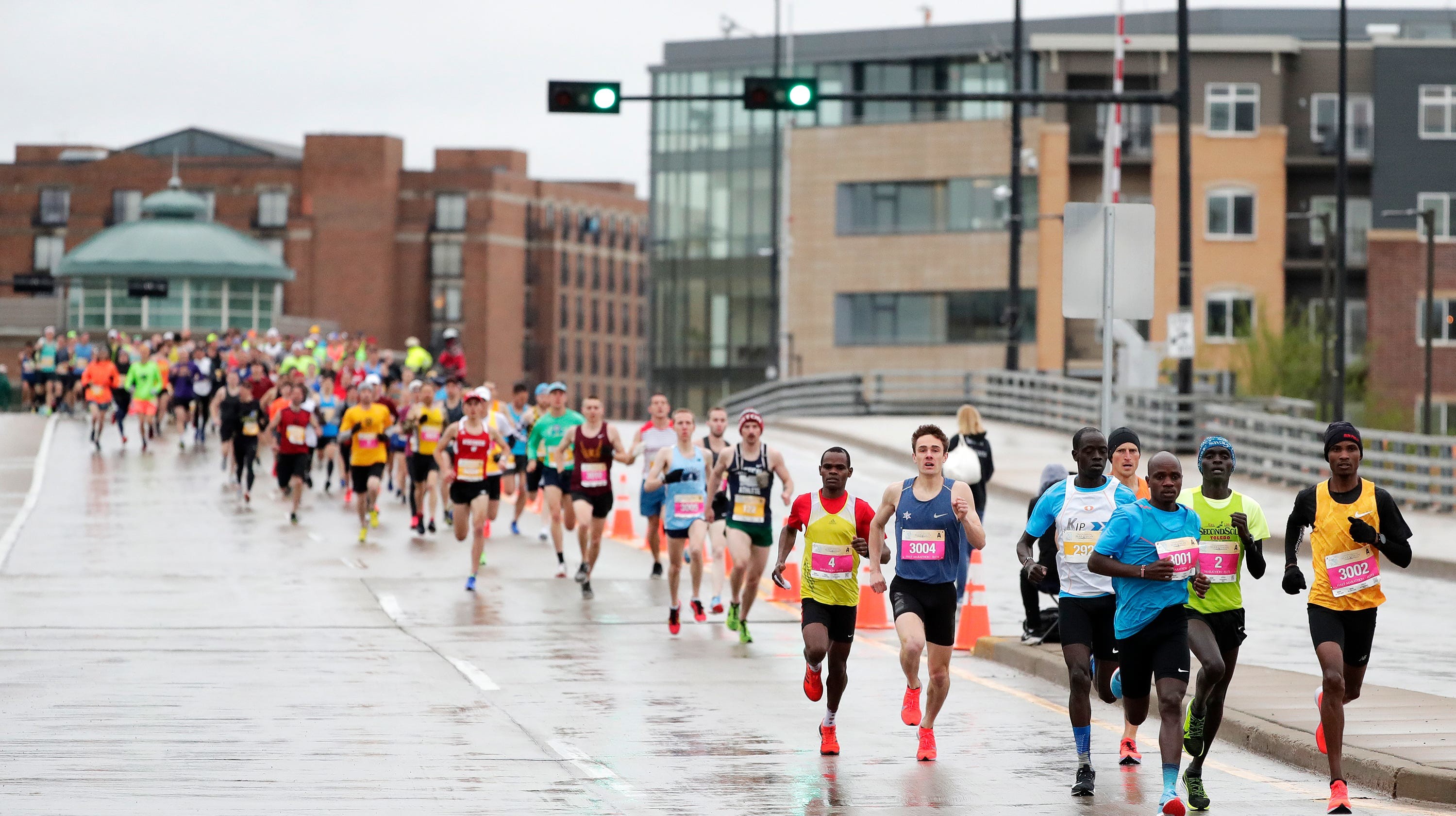
The event was planned for May 16 and 17 with a full- and half-marathon, 5K, relay and a kids' run.
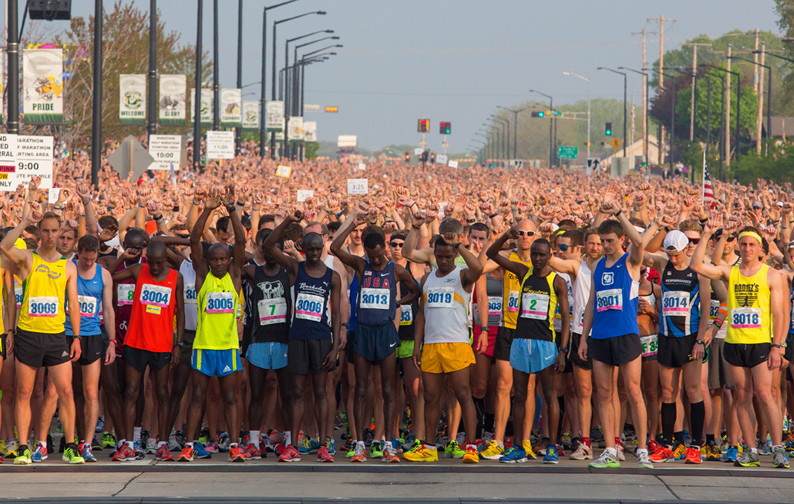
Runners and walkers who registered for any of the marathon events will be asked to "carry out the miles safely on their own" and will receive their bib, medal and T-shirt for the virtual during the week of May 11.
If you registered and don't want to take part in a virtual run, you can defer your entry to the marathon event next year.
People who want to register for the virtual run can still do so on the Cellcom Green Bay Marathon website until April 20.
Organizers said they considered postponing the event but options were limited.
Summer is too hot, and during the fall Lambeau Field and the stadium district are prepared for football -- whether it's a game weekend or not -- with more traffic and more local events. This would force organizers to relocate the course which had been planned out well in advance.
There were also concerns about bringing together people from around the Midwest and other states, even other countries, in light of the spread of the coronavirus so far this year.
Participants in the virtual event can run individually on any day of their choosing -- it doesn't have to be May 17 -- and can get their miles in any way they choose -- running, walking, pushing a stroller.
(04/01/2020) ⚡AMPCellcom Green Bay Marathon
The Cellcom Green Bay Marathon and Half Marathon courses are considered to be fast and flat, by race industry comparisons. The courses finish with a “tailgate” themed party in the Lambeau Field parking lot! The marathon starts in front of Lambeau Field and pass along tree-lined streets in west Green Bay and the village of Ashwaubenon. Then the marathoners head...
more...Charlotte Raubenheimer decided to create her own triathlon at home for a good cause
The Ironman African Championship was due to take place this past weekend but was postponed to November due to the Covid-19 pandemic.
Raubenheimer's quest to complete the Ironman race and raise funds for her charitable cause was not derailed by the postponement.
On Sunday, the original Ironman race day, she challenged herself to complete her at-home Ironman race.
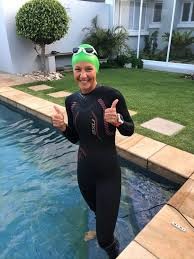
The aim of her mission? To ensure that she honored her commitment and secured the money pledged towards her fundraising campaign, 'Ironman 4 Phillip'.
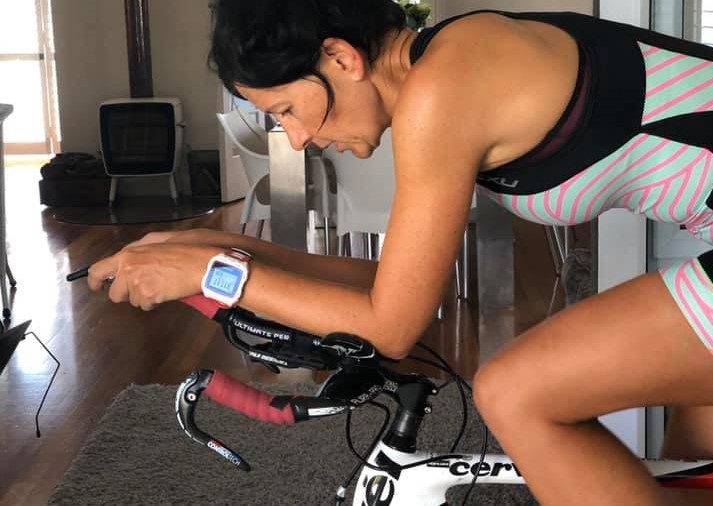
Raubenheimer started a Backabuddy page with the hopes of raising money for a new wheelchair for someone in need.
The beneficiary? Phillip Janse van Rensburg, a 52-year-old resident at Cheshire Home Summerstrand, who is living with cerebral palsy.
Her target was to raise R70,000 towards a new wheelchair. By Monday afternoon, she had raised more than R88,000.
She started at 7am with a 90-minute swim in her pool, her foot tethered to her fence with a leash.
She then transitioned to a 6-hour 15-minute ride on a stationary bike.
Finally, she ran around her garden 1580 times to complete the distance required for the marathon.
Charlotte completed the herculean effort just after 8pm on Sunday, 13 hours and 11 minutes later.
(04/01/2020) ⚡AMPby Qama Qukula
James Campbell, a bored former athlete will be spending his birthday running a marathon in his garden, despite it measuring just 6m (19ft)
James Campbell, 31, has calculated he will have to traverse it 7,000 times to log the required 26.2 miles.
He expects the endurance feat, which he has dubbed "literally the most stupid thing I could think of to do", to take about seven hours.

Mr Campbell, from Cheltenham, hopes to raise £10,000 for the NHS.
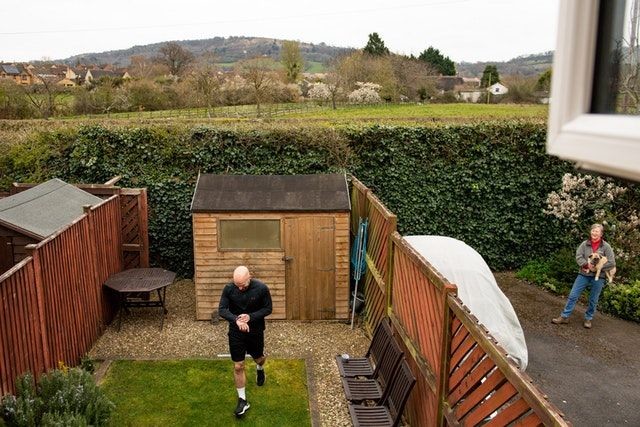
Spending the last few weeks at home had driven him "a little bit crazy", he said.
"I'm guessing I won't be able to build any speed up and I've got to contend with a patio, stones and grass," he said.
"I am going to measure out a couple of lines of 6m as the actual length of the garden is just over 7m".
"I will plod up and down for as long as it takes," said Mr Campbell.
Mr Campbell is a former world-class javelinist and was a youth footballer with Cheltenham Town as a teenager.
After injury ended his athletic career, he returned to football and now plays for Hellenic Premier League team Brimscombe and Thrupp.
(04/01/2020) ⚡AMPGareth Allen ran 1,066 laps of a 130-foot course to complete a marathon in his backyard
As lockdowns become more and more common across the globe to flatten the curve of the coronavirus outbreak, runners are becoming more desperate to fit in their training. Whether people are running on balconies, in their apartments or in their yards, runners everywhere are finding unique places to work out. Gareth Allen has officially joined this list of quarantine-runners after he ran a marathon around a 130-foot course in his backyard in Southampton, U.K., which he called The Garden Marathon.
start of 2020, Allen set out to run 12 100-mile races in under 12 months to raise money for the Great Oaks School and the Hurricanes Rugby Club in Southampton, which both work with students and players, respectively, with learning disabilities. He ran his first 100-miler on January 30, and his second was set for March 27 in Ireland, but it was cancelled due to COVID-19.
In the U.K., citizens are encouraged to “only leave the house for very limited purposes,” which includes “one form of exercise a day,” according to the British government’s website. Allen decided he would forego a short run around Southampton and instead go long in his backyard. He streamed his run on Facebook live, where over 334,000 people tuned in over his six hours of running.
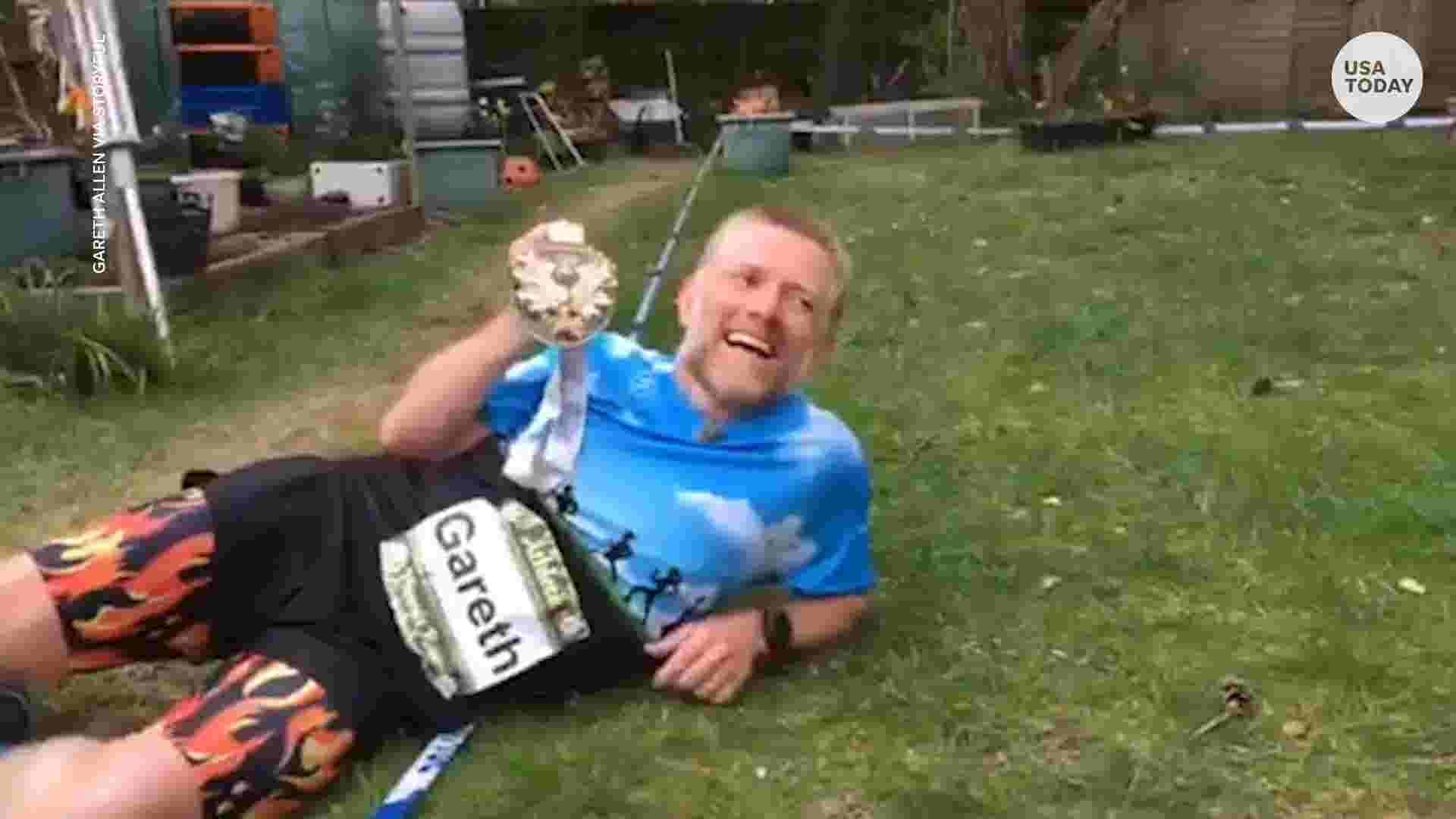
As lockdowns become more and more common across the globe to flatten the curve of the coronavirus outbreak, runners are becoming more desperate to fit in their training. Whether people are running on balconies, in their apartments or in their yards, runners everywhere are finding unique places to work out. Gareth Allen has officially joined this list of quarantine-runners after he ran a marathon around a 130-foot course in his backyard in Southampton, U.K., which he called The Garden Marathon.
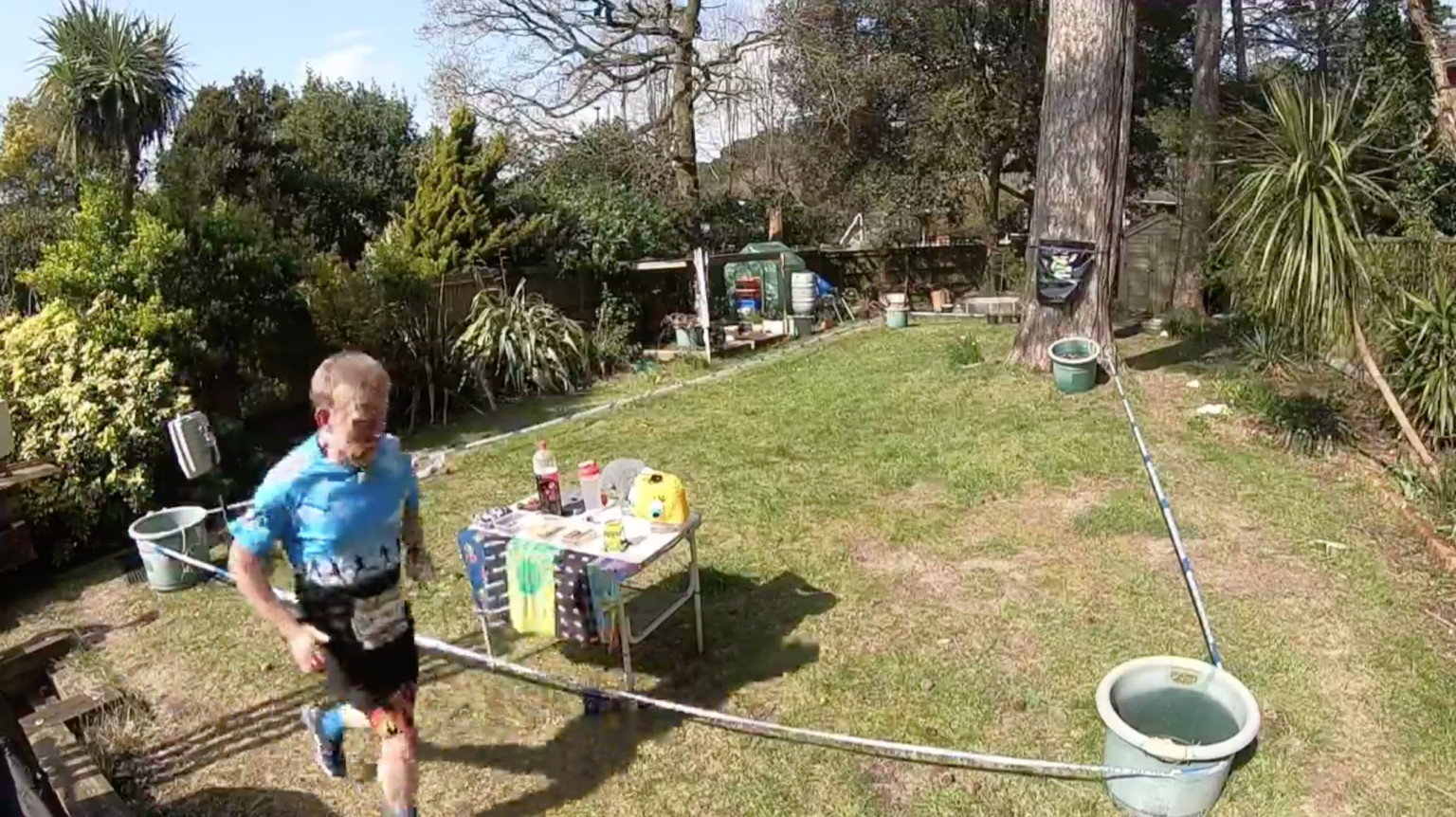
At the start of 2020, Allen set out to run 12 100-mile races in under 12 months to raise money for the Great Oaks School and the Hurricanes Rugby Club in Southampton, which both work with students and players, respectively, with learning disabilities. He ran his first 100-miler on January 30, and his second was set for March 27 in Ireland, but it was cancelled due to COVID-19.
In the U.K., citizens are encouraged to “only leave the house for very limited purposes,” which includes “one form of exercise a day,” according to the British government’s website. Allen decided he would forego a short run around Southampton and instead go long in his backyard. He streamed his run on Facebook live, where over 334,000 people tuned in over his six hours of running.
Allen also had a Facebook event page where he introduced The Garden Marathon, which he described as, “Just me running round my back garden 1000 or so times.” To be exact, he ended up running 1,254 laps, which worked out to 49.688 kilometers in six hours. He originally planned to run just the marathon, which was 1,066 laps, but he said if the day’s donations reached £1,066 ($1,849), he would run until the six-hour mark. He passed through 42K in 5:02:20.
Allen’s original goal on his GoFundMe page was £2,000 ($3,469), but yesterday’s run pushed him well over that, up to more than £2,500. After the run, he posted a video on Facebook thanking everyone for their support, and he said he will continue to work towards running 1200 miles over the course of 2020, whether in sanctioned events or not, and he hopes to raise even more money moving forward.
(03/31/2020) ⚡AMPby Ben Snider-McGrath
The 2020 Grandma´s Marathon has been cancelled due to coronavirus outbreak
Race organizers made the announcement on the Grandma's website Tuesday that the 44th annual marathon, which was scheduled for June 20, will not take place.
Minnesota's legendary North Shore marathon will go on hiatus for a year, after organizers decided it was prudent to cancel with ongoing concerns about the coronavirus.
Grandma's Marathon made the announcement on it's website Tuesday that the 44th annual marathon, which was scheduled for June 20, will not take place.
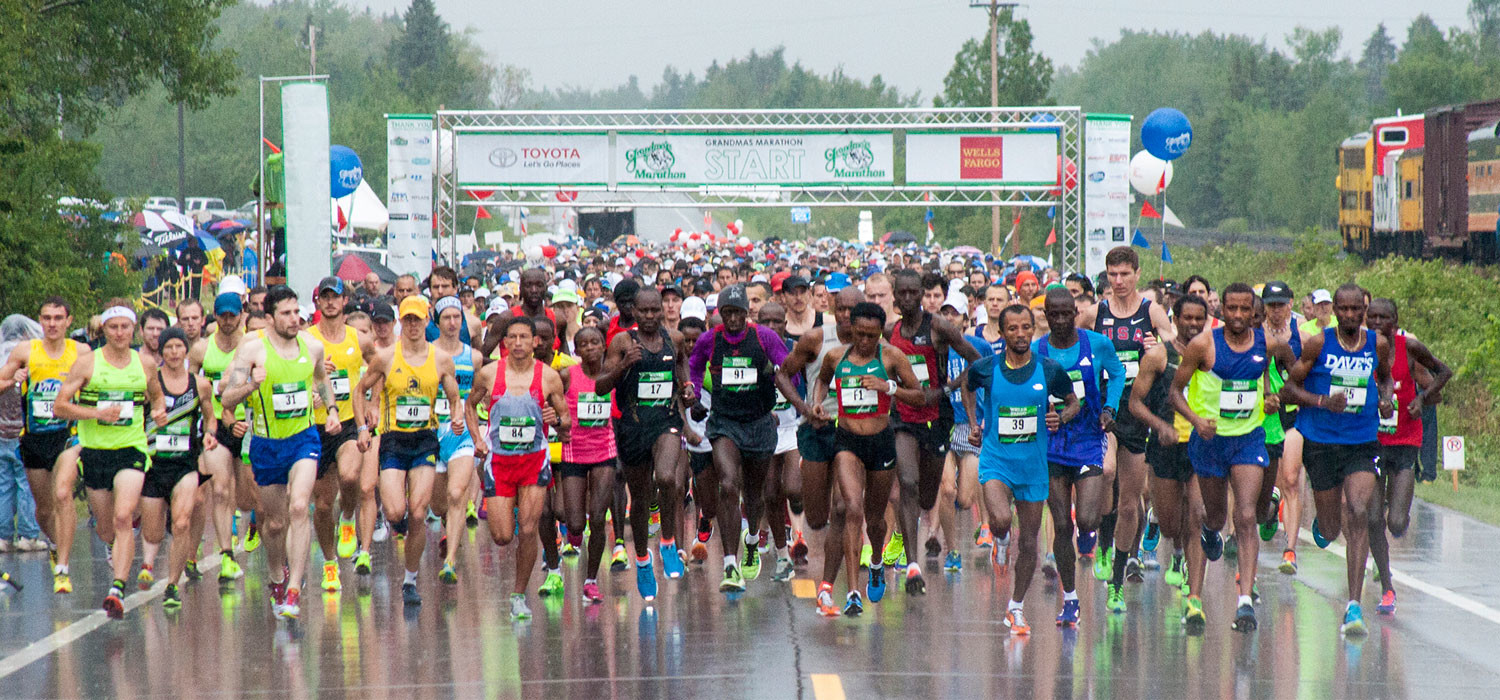
"This is not the news that we wanted to be sharing with our running community, but after very careful deliberation, we have made the extremely difficult decision to cancel the 2020 Grandma’s Marathon Race Weekend of events," read the post. "The staff and board of Grandma’s Marathon along with our medical and public agency leaders believe this is the responsible action to take in an effort to keep everyone safe during the ongoing COVID-19 pandemic, and not take valuable resources away from our local health system."
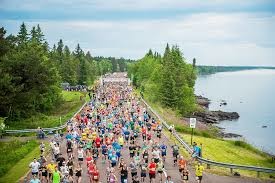
Race officials say they know runners registered for the race are well into their training, and may be disappointed by the decision to cancel. They are providing the following resources: 2020 Virtual Race - You will be automatically entered into the virtual version of your race. All you need to do is run your race wherever you want, whenever you want while following the safety measures that have been laid out by your local government regarding COVID-19. The Virtual Submission Platform provided by Mtec Results will open on May 4. An email will be sent to you in early May with a link to your personal results page on the Virtual Submission Platform where you can download an official Race Bib, upload your time, and view/download an official Finisher Certificate. More details are available on the Grandma's Marathon website.
2021 Race Discount - We will provide a 20% discount toward the 2021 Grandma’s Marathon Weekend Race of your choice: Grandma’s Marathon, Garry Bjorklund Half Marathon or William A. Irvin 5K. Your promo code and instructions for redeeming the discount will be emailed to you in September 2020. Those who received complimentary 2020 entries do not qualify for the 2021 discount.
Donation - As we are a Minnesota Nonprofit with 501(c)(3) status, your registration has been converted to a donation, which will enable you to claim the entry fee you paid as a tax write-off. Tax receipts will be issued between April 13 and May 13. In addition, if you choose to contribute your discount by not using the promo code that will be sent to you in September, please know that your donation will help ensure that our organization can continue to provide a world-class experience to the running community for years to come.
Sponsor Rewards - We are working with our committed team of sponsors to provide a worthwhile variety of discounts and rewards to 2020 registrants as an additional thank you for your support. Details about these items will be emailed periodically to participants.
Grandma's Marathon officials are making it very clear that this is not the end of an event that has become part of Duluth culture, a race that brings both money and humanity to the city during a weekend that thousands look forward to.
"Looking ahead, we sincerely hope you are able to celebrate our 45th Anniversary Race Weekend with us next year on June 18-19, 2021! The anniversary weekend will provide a merited occasion to be grateful that we partake in a sport that endures all circumstances," reads the Grandma's website. "A sport that will come back from this crisis even stronger – because together we are stronger."
(03/31/2020) ⚡AMPby Dana Thiede
Grandmas Marathon
Grandma's Marathon began in 1977 when a group of local runners planned a scenic road race from Two Harbors to Duluth, Minnesota. There were just 150 participants that year, but organizers knew they had discovered something special. The marathon received its name from the Duluth-based group of famous Grandma's restaurants, its first major sponsor. The level of sponsorship with the...
more...Canada's largest running festival, the Tamarack Ottawa Race Weekend cancelled due to coronavirus, but there will be virtual run
Run Ottawa announced on Monday that the 2020 Tamarack Ottawa Race Weekend is cancelled. The running festival, which is the largest in Canada and was scheduled for May 23 and 24, features six races. It is the latest Canadian event to be forced to cancel because of the coronavirus outbreak.
The cancellation, Almost 18,000 runners have already registered for the Ottawa Race Weekend, which includes the Scotiabank Ottawa Marathon and Half Marathon, as well as a 10K, 5K, 2K and the Ottawa Kids Marathon. All race entrants will receive their race kit, including their medals and shirts, and they will be automatically entered into a virtual Ottawa Race Weekend as well.
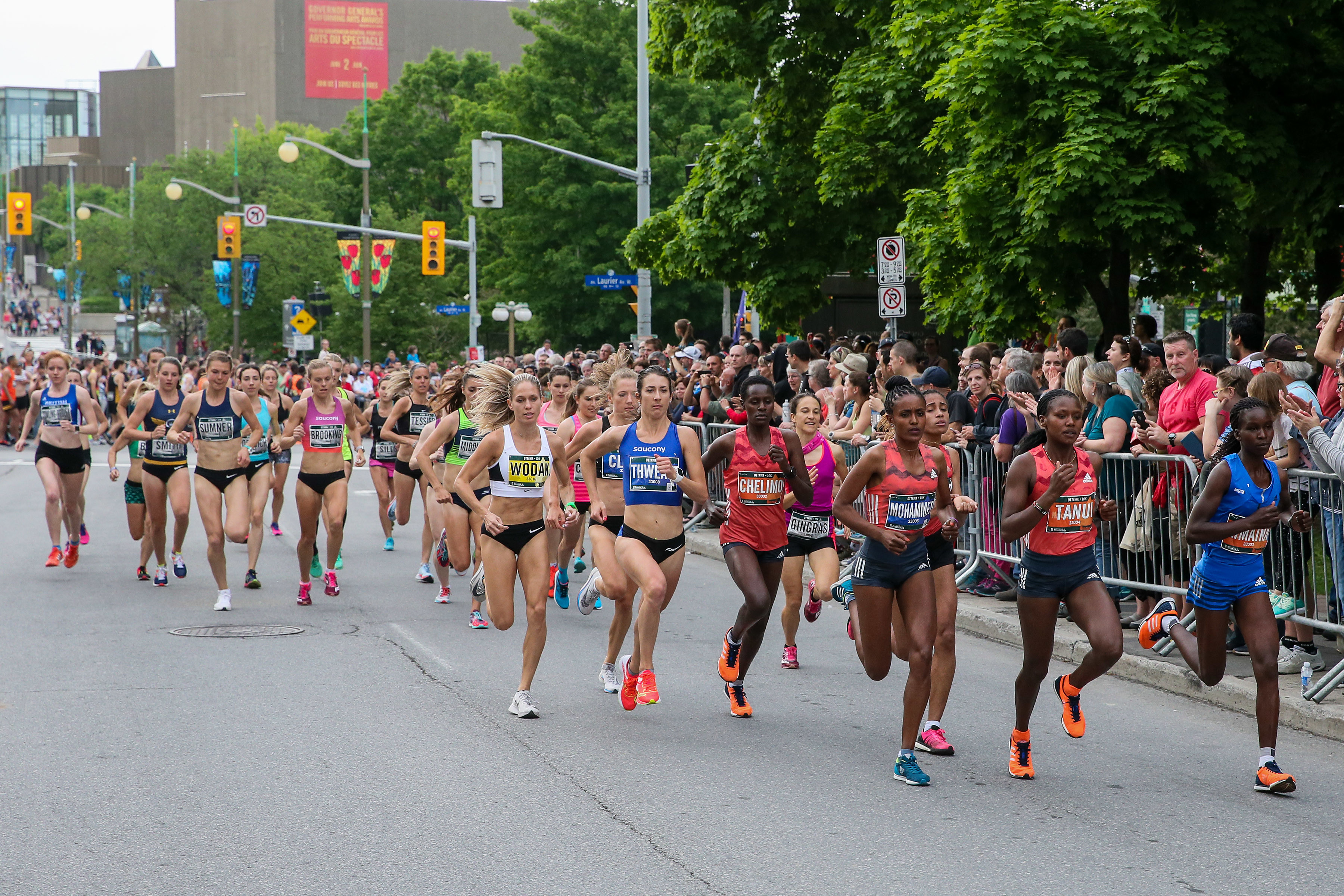
"We wanted to put together a response that provided the best value that we can find for our participants while still being able to survive for the future,” says Ian Fraser, the executive director of Run Ottawa. Those already registered will get 50 per cent off the 2021 Ottawa Race Weekend entry fees.
“We looked at the possibility of postponing to the fall and what that would look like, but we also noted that the fall calendar has become so jam-packed,” Fraser says. “Finding an appropriate weekend that we could have any kind of certainty around was a challenge.”
The Run Ottawa team ultimately decided against postponement, and Fraser notes that a fall race date still could be cancelled. He says he didn’t want to “doubly-disappoint” runners by postponing to the fall and then having to cancel it all over again if the coronavirus outbreak doesn’t clear up.
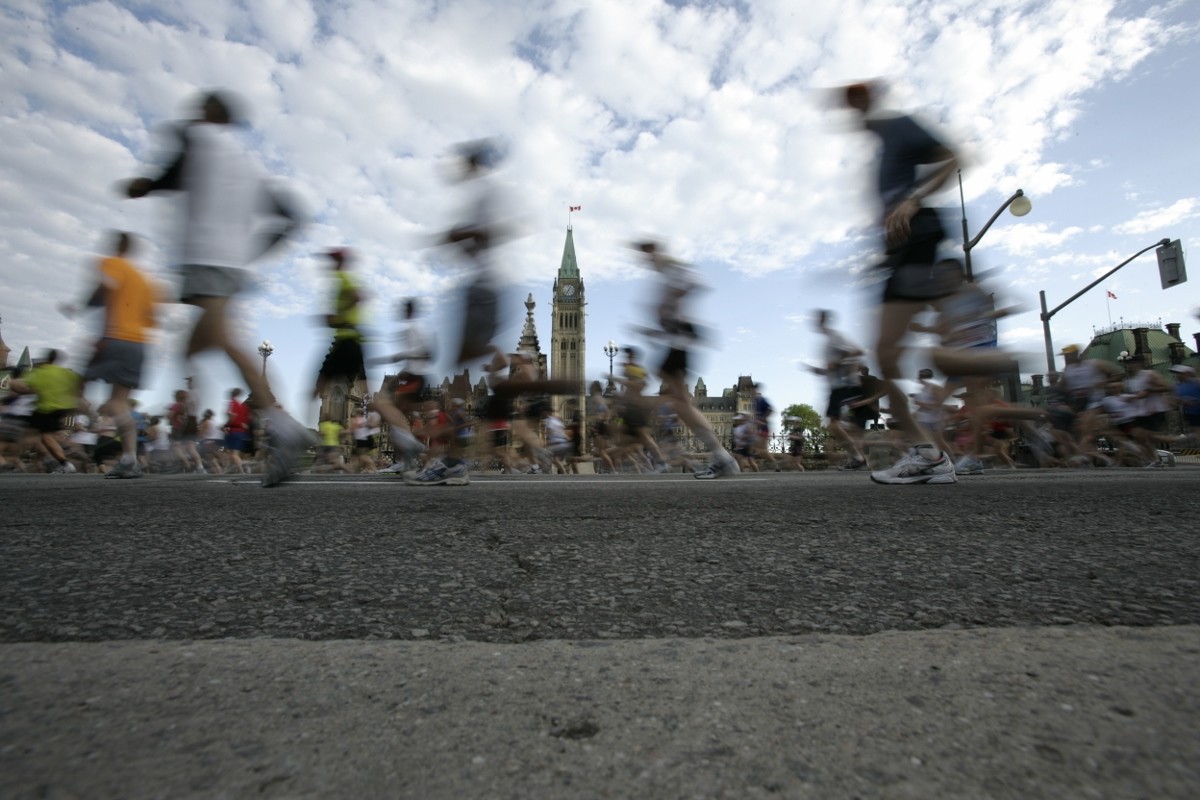
There will be virtual runs for each of the Tamarack Ottawa Race Weekend distances, and they will be open to more runners than just those who have already registered. Plus, the virtual races will not be held on any specific day and they can be done whenever’s best for each individual.
“We’re giving people the bulk of the summer to participate in the virtual event,” Fraser says. “We wanted to really make sure that we gave a long window for participants so that people could be active in our Scotiabank Charity Challenge.” Last year, the event raised $800,000 for a number of charities, both local and national.
Fraser says he knows the decision to cancel without refunds might not sit well with everyone, but that his team at Run Ottawa “made sure that we were precise in our calculations about what we could and couldn’t do.” He says it was a difficult decision to make, but he wants his event to make it to 2021.
“The running community needs to have events to be vibrant and alive, and those events have to be able to survive.”
The 2021 Tamarack Ottawa Race Weekend will take place May 28 and 29.
(03/31/2020) ⚡AMPby Ben Snider-McGrath
Ottawa 10K
Ottawa's course is fast, scenic and few elevation changes. Considered to be an excellent course for first timers and should provide an environment conducive to setting a PR. The Ottawa 10K is the only IAAF Gold Label 10K event in Canada and one of only four IAAF Gold Label 10Ks in the world. The Ottawa 10K attracts one of the...
more...Bill Johncock's dream of pushing his disabled son in the Boston Marathon has to wait until September
Bill Johncock and his differently-abled son Logan have gotten pretty accustomed to rolling with the punches over the past year, as Dad has pushed them – quite literally – toward a big running goal: the 2020 Boston Marathon.
The first major milepost came on March 2,2019, when Johncock fought through leg cramps at the Myrtle Beach Marathon but ultimately won the battle, pushing then-20-year-old Logan across the finish line in a borrowed racing wheelchair in a time fast enough to qualify them for Boston as a “duo team”.
Much more recently, a different borrowed racing chair turned out to have a steering problem that wore out Johncock’s arms more than his legs at the Atlanta Half Marathon, a tune-up race he ran with Logan just a few weekends ago.
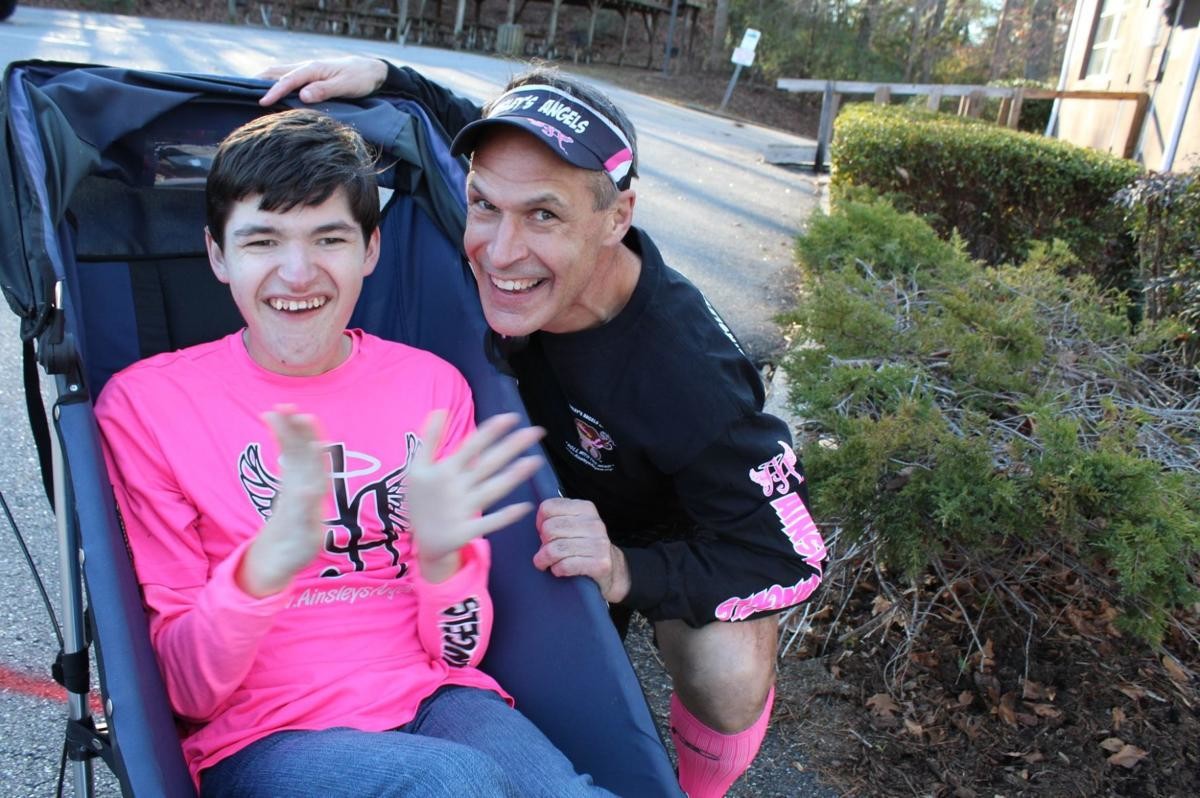
And now they are having to roll with something Johncock never could have anticipated when he first started down his personal road to Boston: With the coronavirus pandemic and the current trend of cancelling large public events continuing, the Boston Marathon – originally set for April 20 – has been postponed to Sept 14.
Johncock’s trying to take it all in stride.
“It’s just like the chair, or the weather. It’s something that is beyond our control, ” says the 55-year-old podiatrist. “We’re gonna control what we can control. The rest, we’ve gotta put it in God’s hands.... We’ll go to Plan B.”
But at the same time, you can tell how big a blow it is to him. After all, getting to the Boston Marathon with Logan – who has a rare genetic disorder called Angelman syndrome, which makes walking difficult and talking impossible – has been Johncock’s dream for the past 15 years.
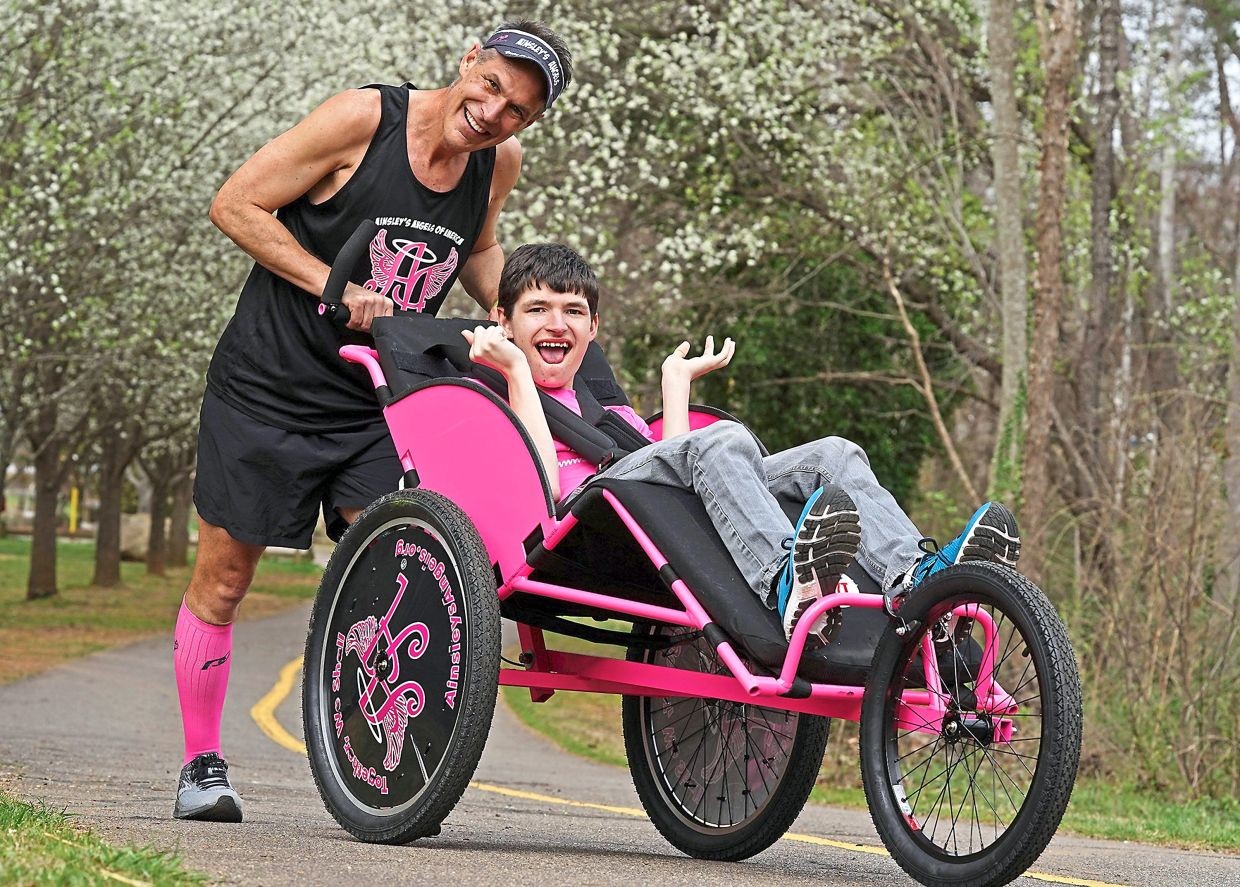
Johncock developed a nearly instant passion for running when he was 13 years old.
Even after Johncock started having kids of his own, he kept running, eventually logging more than 100 marathons. He pushed his first son, Drake, in a jogging stroller on the weekends. But by the time Logan came along, Drake was on to other things, and as his three kids grew up, Johncock bonded with each of them over different activities.
His and Logan’s was running; in fact, by the time Logan was about two years old, they were already entering races together.
“My oldest son used to like to ride in the running chair that we had well enough, but... Logan just lit up – in a different way, ” Johncock says. “I guess maybe because of some of his lack of mobility, he really enjoyed the movement of it. It was just like, ‘Wow.’”
Angelman is somewhat similar to Down syndrome, marked by delayed development and intellectual disability.
Logan can’t speak at all, communicating either via a very limited sign-language vocabulary he uses only “if he’s really motivated”, his dad says, laughing – “he signs pretty good for cheeseburgers, but he doesn’t sign very well for broccoli” – or by either pointing or pulling his parents or siblings toward what he wants. He can feed himself, but he can’t dress himself. He can walk, but not very far or for very long; and he certainly can’t run.
Oh, and one other thing about people with Angelman: They generally are unusually happy. Logan is no exception. And the more his dad ran with him, the happier he seemed.
‘The best motivation in the world’
As an individual, Johncock has qualified for and run the Boston Marathon six times – in 1984 with his dad, then again in 1991,1992,1993,2002 and 2005.
But it was while there solo in 2005 that he got the idea to mix things up a little bit. While at the race expo in Boston, he happened to meet Dick Hoyt and his son Rick, who for decades were a fixture at the event, with Dick pushing Rick (who has cerebral palsy) and the pair inspiring countless spectators and runners along the way.
Johncock went home inspired, eventually signing up to push then-six-year-old Logan in the Thunder Road Marathon in Charlotte later that year. Johncock also decided to tie a charity component to his efforts, and wound up raising US$30,000 (RM127,500) for a playground for Logan’s school – the Conover School, which serves children with special needs.
After their long run in Charlotte, Johncock pushed Logan through another marathon in 2007, and a third in 2013. But while these other marathons permitted children, Boston’s rules specify that riders on duo teams must be 18 or older.
Logan became “legal” in 2017, and in 2019, Johncock mustered up the time and the motivation to try to qualify, at age 54.
But, as always, all Johncock can do is just roll with it. “A life is more important. As big as this is for us, the health of a lot of other people is more important. So yeah, it looks like we’ll have to wait. But... eventually, we’ll get there.”
(03/31/2020) ⚡AMP
Boston Marathon
Among the nation’s oldest athletic clubs, the B.A.A. was established in 1887, and, in 1896, more than half of the U.S. Olympic Team at the first modern games was composed of B.A.A. club members. The Olympic Games provided the inspiration for the first Boston Marathon, which culminated the B.A.A. Games on April 19, 1897. John J. McDermott emerged from a...
more...The postponed Tokyo Olympics will be held from July 23 to August 8 in 2021, the International Olympic Committee (IOC) has confirmed
An agreement was reached on Monday after a call between leaders from the IOC, Tokyo 2020 organizers, the Japanese government and the International Paralympic Committee.
The Summer Games had been scheduled to run from July 24 to August 8 this year, but it was announced last week by Bach and Japan's Prime Minister Shinzo Abe that the Olympics had been postponed because of the coronavirus pandemic.
The new dates for the Paralympic Games are August 24 to September 5, 2021.
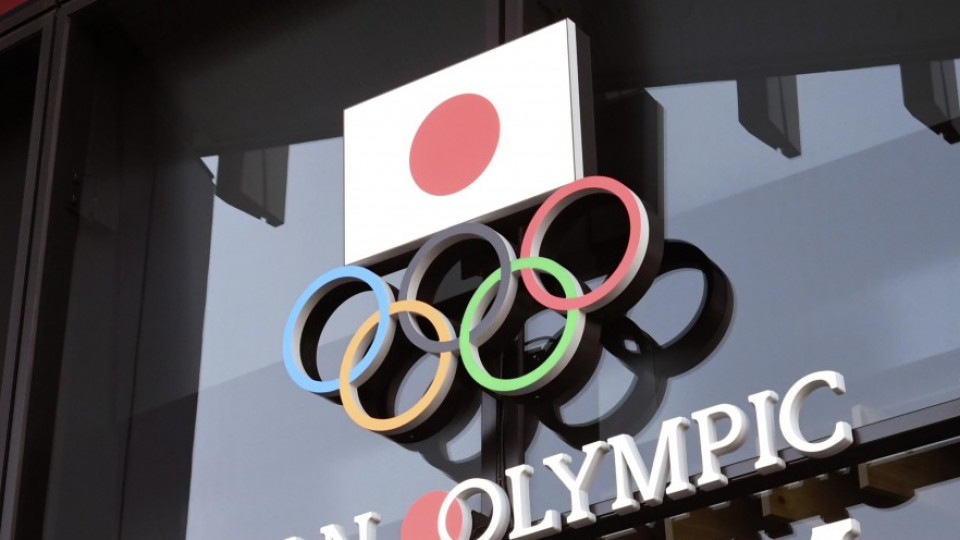
"Humankind currently finds itself in a dark tunnel," Bach said in a statement. "These Olympic Games Tokyo 2020 can be a light at the end of this tunnel.
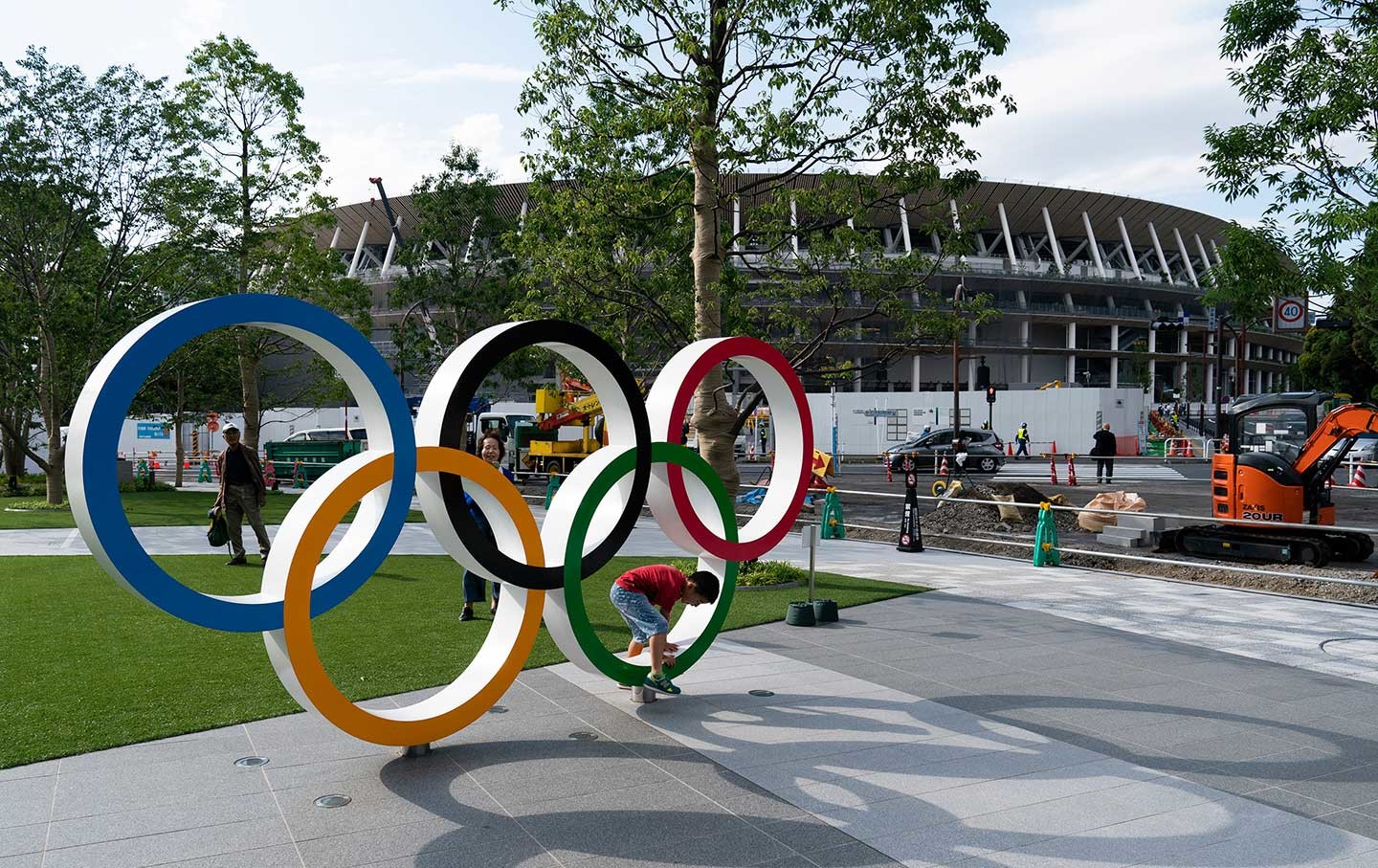
"With this announcement, I am confident that, working together with the Tokyo 2020 Organizing Committee, the Tokyo Metropolitan Government, the Japanese Government and all our stakeholders, we can master this unprecedented challenge."
The IOC says the decision on the new dates was taken "to protect the health of the athletes and everyone involved, and to support the containment of the COVID-19 virus."
It believes the new dates -- exactly a year later than originally scheduled -- will provide the least disruption to an already crowded 2021 sporting calendar, while also giving athletes enough time to complete the qualification process.
"I am convinced that taking this decision promptly will help speed up future preparations," said Tokyo 2020 president Mori YoshirÅ.
"I would like to thank all the stakeholders, including the host city Tokyo and the Government of Japan, for their hard work during this short period. The Tokyo 2020 Organizing Committee will continue to work hard for the success of next year's Games."
Despite now being confirmed for 2021, the Games will still be known as Tokyo 2020 despite the postponement.
It is the first time in history that the Olympics have been postponed during peacetime, with the Games in 1916, 1940 and 1944 canceled because of world wars.
The new dates clash with the World Athletics Championships, which were due to take place in Oregon, USA from August 6 to August 15, 2021.
The sport's governing body, World Athletics, says it is already searching for a new slot as it looks to postpone the competition by a year.
Everyone needs to be flexible and compromise and to that end we are now working with the organizers of the World Athletics Championships in Oregon on new dates in 2022 for our World Athletics Championships," it said in a statement.
"We would like to thank our Oregon 21 Organizing Committee, their stakeholders and our partners for their collaboration and willingness to explore all options."
(03/30/2020) ⚡AMPby Matias Grez
Tokyo 2020 Olympic Games
Fifty-six years after having organized the Olympic Games, the Japanese capital will be hosting a Summer edition for the second time, originally scheduled from July 24 to August 9, 2020, the games were postponed due to coronavirus outbreak, the postponed Tokyo Olympics will be held from July 23 to August 8 in 2021, according to the International Olympic Committee decision. ...
more...Sam Hustler, a determined runner has completed a half-marathon by jogging the length of his balcony 7,000 times
Sam Hustler, 27, managed the remarkable feat by doing thousands of ‘laps’ of his three-meter long balcony, all adding up to an impressive 21 kilometers.
He had been due to take part in the London Landmarks half marathon, which would have seen him take in sights such as Big Ben, St Paul’s Cathedral and The Shard. But event bosses had to cancel the race following Boris Johnson’s nationwide lockdown to halt the spread of coronavirus.
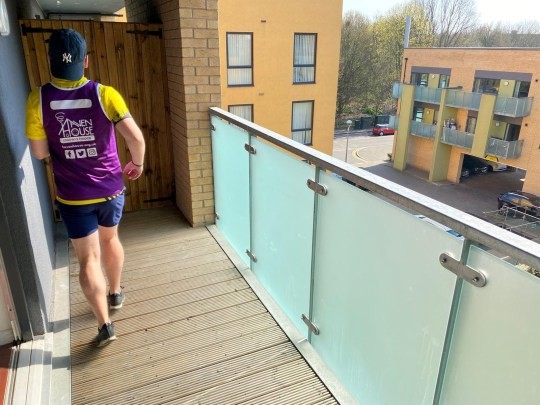
Organizers encouraged runners to get creative and identify their own local landmarks and map a run around hidden gems in their area on a solo run. However, Sam has been self-isolating with his girlfriend Chloe Skerritt, 28, since Monday when she developed a fever and a cough.
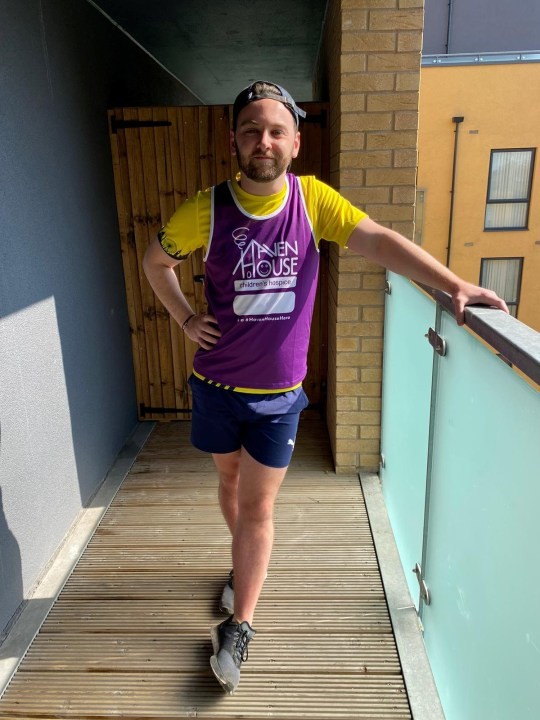
So instead, he had to make do with the views from his third floor apartment in South Woodford, Essex, as he completed the run in three hours with Chloe cheering him on.
I saw a video of a man in Italy who ran a full marathon on his balcony so I thought I could do a half-marathon on mine.
‘We have been self-isolating since Monday. We’re fine, but it’s more of a precaution really. ‘We took the decision to work from home and not go out as my mum works for the NHS and my dad has health issues so we didn’t want to risk spread anything to vulnerable people.’
He also wanted to honor his commitment to raising money for Haven House Children’s Hospice, which supports children with life-threatening or life-limiting illnesses.
They are an amazing charity that believes in the best possible life for every baby and child with a life-limited or life-threatening condition. ‘They do so much for families who live in my community and I’ve seen the work they have done which is absolutely amazing.
‘They’ve been going since 1990 and they’ve just put up an emergency appeal for funding. ‘All their fundraising events have been cancelled and their charity shops have had to close, which was a major source of their income.’
(03/30/2020) ⚡AMPby Joe Roberts
Eliud Kipchoge says that we will win fight against coronavirus
Eliud Kipchoge, the world's greatest marathon man, reckoned his first reaction was shock when he heard at home in Kenya that the 2020 Olympic Games had been postponed because of the coronavirus outbreak.
That shock soon gave way to disappointment - but then defiance.
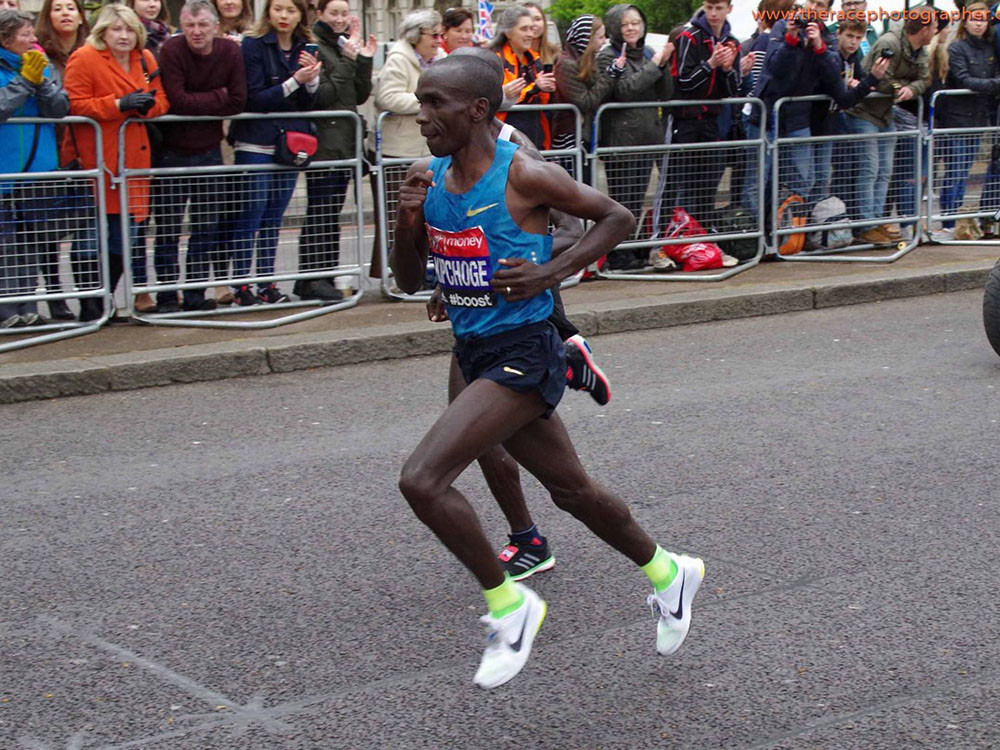
"We will win this fight against the COVID-19," the barrier-breaking Kenyan, who's widely considered the world's finest runner, said in an interview with Reuters.
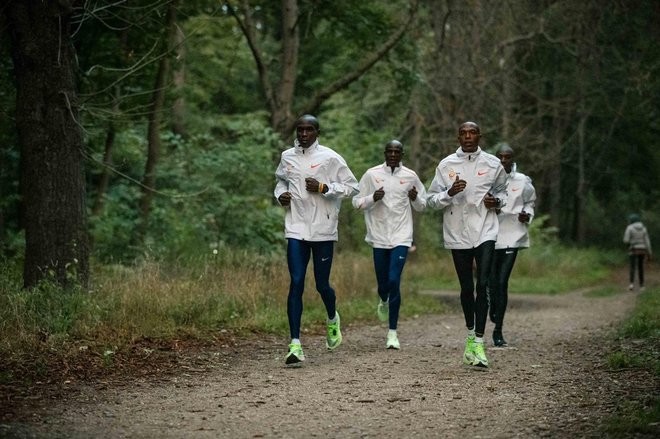
And the man who last year became the first to run a marathon in under two hours confirmed he can see himself refreshed and ready to defend his marathon title in a rearranged Tokyo Olympics next year.
For the moment, though, the 35-year-old insists his only concern is to care for his family at their home in Eldoret.
"I am totally concentrating on my safety, I am totally concentrating on the safety of the whole family," he said.
"We will win this fight against the COVID-19," the barrier-breaking Kenyan, who's widely considered the world's finest runner, said in an interview with Reuters.
And the man who last year became the first to run a marathon in under two hours confirmed he can see himself refreshed and ready to defend his marathon title in a rearranged Tokyo Olympics next year.
For the moment, though, the 35-year-old insists his only concern is to care for his family at their home in Eldoret.
"I am totally concentrating on my safety, I am totally concentrating on the safety of the whole family," he said.
"I was a little shocked and I had to go back, just to think more. I think and then I said, 'it's not a bad idea to actually postpone'.
"You know the Olympic Games is whereby everybody wants to participate ... it's in the dreams of every sportsman in this world.."
Kipchoge thinks a delayed Olympics could actually benefit his title defence.
"It's a great time for us to go back, train again and we will come back with a lot of energy," he said.
The pandemic has led to the postponement or cancellation of sporting events around the world, including the London Marathon, which next month was scheduled to be Kipchoge's first outing since October's landmark one hour, 59 minutes, 40 seconds run in Vienna.
Even though the run in Austria did not count as a world record because of the special conditions, the feat captured the world's imagination and brought Kipchoge a whole new level of fame.
Kenya has confirmed 42 coronavirus cases, including one fatality, with the country having imposed restrictive measures to arrest the spread of the disease. It even affects their brilliant runners.
But working together within a couple of months to come, this COVID-19 will go away.
"My priority number one is to get the virus away, come back with one mind, one thinking, one line of actually standing and competing."
(03/30/2020) ⚡AMPTokyo 2020 Olympic Games
Fifty-six years after having organized the Olympic Games, the Japanese capital will be hosting a Summer edition for the second time, originally scheduled from July 24 to August 9, 2020, the games were postponed due to coronavirus outbreak, the postponed Tokyo Olympics will be held from July 23 to August 8 in 2021, according to the International Olympic Committee decision. ...
more...75 year-old, Jim Pearson has run at least a mile every day for 50 years and he won´t stop doing it
The lead story in The Seattle Times on Feb. 15, 1970, was headlined, “Nixon bans war toxins.” In sports, the banner trumpeted that the Seattle Pilots were dropping the price of their field box seats for 1970 from $6 to $4.50 – though it became a moot point when the Pilots moved to Milwaukee six weeks later.
One other event that day, however, went unnoted in the news. Jim Pearson, the cross-country coach at Ferndale High School, didn’t go for a run.
The world has changed in myriad ways in the ensuing half-century, but there has been one constant. Through rainstorms and blizzards, floods and Nor’westers, surgeries and illness, and now through a worldwide pandemic, Pearson has run every day since.
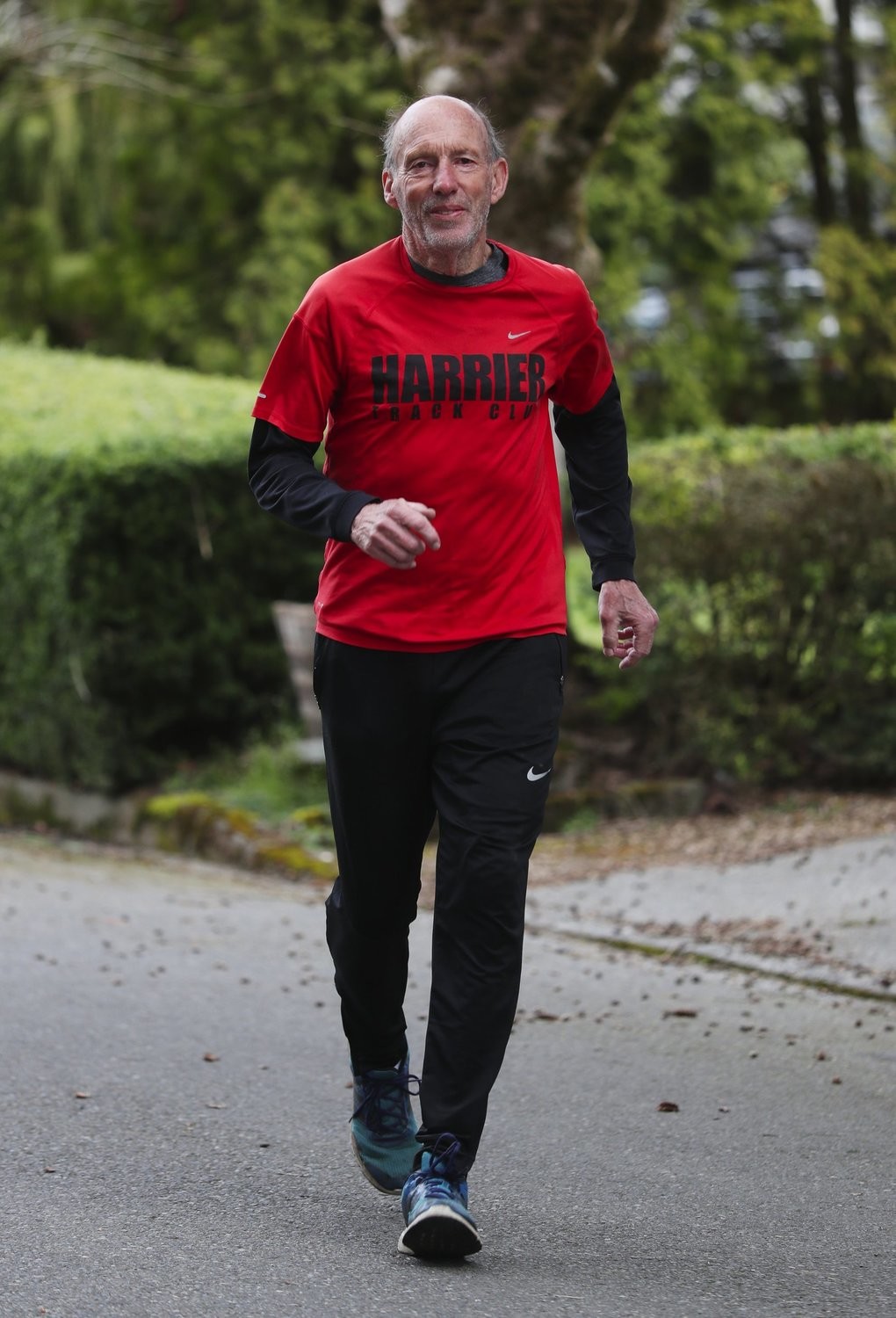
That’s 50 years, 40 days and counting for the 75-year-old Pearson, now hunkered down in Marysville. Hunkered, that is, except for his daily peregrination in Adidas, a welcome diversion in our shelter-in-place existence.
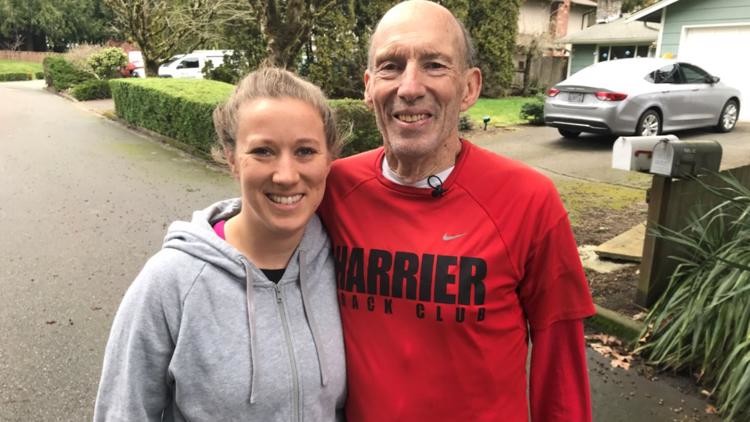
Put another way, it’s 18,304 straight days of running at least a mile, which is the minimum requirement for an officially recognized running streak (but Pearson, a former national record-holder at 50 miles, almost never runs that short a distance). Put yet another way, it’s 176,926 total miles, up to and including Pearson’s 2½-mile run on Friday.
It’s the second-longest active streak in the country, 266 days behind the 18,570 of 69-year-old Jon Sutherland of West Hills, Calif. Pearson says with mock indignation, “Every day I run, and I haven’t gained a day on him.”
But everyone else in the country, and probably the world, is behind these two ironmen, as compiled by the Streak Runners International Inc. and United States Running Streak Association, Inc. Their registry is all based on the honor system, but Pearson has 50 years-plus of log books and running diaries to back him up.
“I’ve always said the first 100 days are the hardest on this streak stuff,’’ said Pearson. “People say, ‘Oh, you’re amazing.’ No, I’m not. People who can do one year, that’s amazing. How do you run every day for a year? But once you’ve done that, it’s something you just do.”
Pearson is duly grateful that running is an activity that can be maintained through the coronavirus quarantining – with proper social distancing, of course. It’s just one of numerous challenges Pearson has faced to keep his streak alive since his summer coach with the Everett Elks track team, Keith Gilbertson Sr., implored Pearson to get more consistent with his running.
Running became a way of life in the Pearson family. All three of his children, two boys and a girl, put together run streaks that stretched into multiple years. Barbie, his wife, didn’t run, but she told Jim when they were married, “I won’t interfere with your running.”
(03/30/2020) ⚡AMP
by Larry Stone
OTC Elite runners hoping for late-summer meets
The coronavirus pandemic has postponed the Tokyo Olympics for a year and put the 2020 track and field season on hold indefinitely.
That doesn’t necessarily mean the work has stopped for the athletes.
Several members of the Eugene-based Oregon Track Club Elite professional training group have continued to train, albeit with a modified schedule.
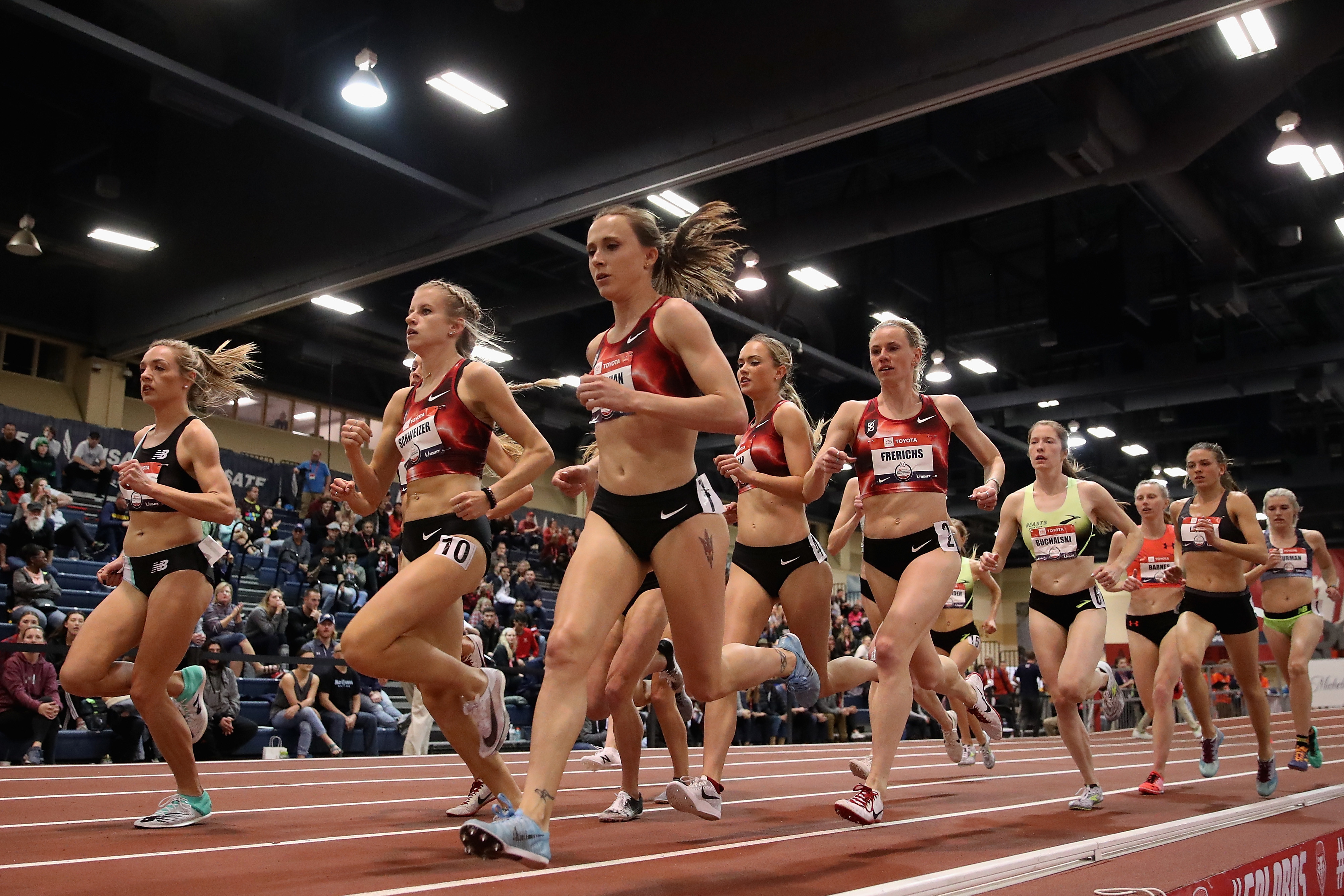
Gyms are closed, as are several local tracks, but the trails are still open, and OTC Elite’s team of middle distance and distance runners are taking advantage.
“Not much has changed for me fortunately,” said Ben Blankenship, a 2016 Olympian in the 1,500 meters. “It’s just going out there alone and being self-disciplined.”
Blankenship has been plotting his return to the Summer Games since his eighth-place finish four years ago in Rio de Janeiro.That didn’t change on Tuesday when the International Olympic Committee and the Japanese government agreed to move the Olympics to 2021.
“I was really ready to do something,” Blankenship said. “We were looking at some of those early (spring) Stanford meets to get ready. But now it’s kind of catch your breath and restart. It could almost be looked at as a bonus year, right? So what can you do this year as kind of a bonus?”
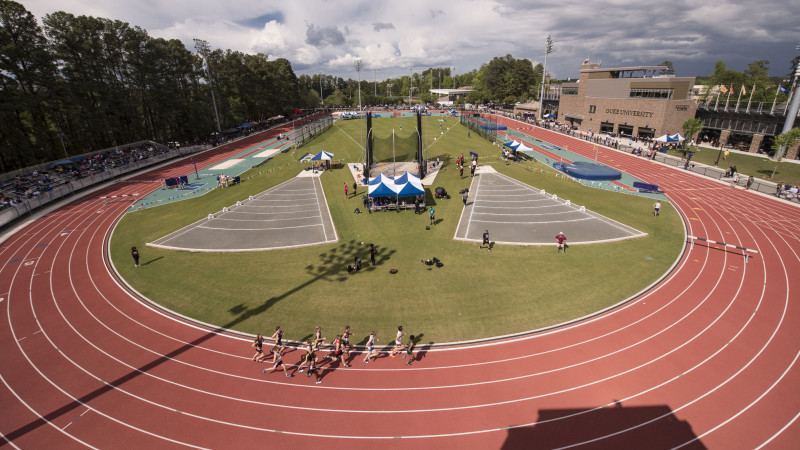
Blankenship wasn’t the only runner on OTC Elite gearing up for a spot on the starting line at the Summer Games. Among its 15 members, there are six Olympians, including marathoner Sally Kipyego, who had already qualified for Tokyo with her third-place finish at the women’s U.S. Olympic Marathon Trials last month in Atlanta.
USA Track & Field has not yet announced whether Kipyego, as well as former Oregon star and men’s marathon winner Galen Rupp, will be able to keep those qualifiers for the 2021 Games or if the marathon qualifier will have to be raced again. The top three finishers in both races in Atlanta qualified for Tokyo.
Also for OTC Elite, Francine Niyonsaba was the 2016 silver medalist in the women’s 800 for Burundi, Hassan Mead (U.S.) and Tom Farrell (Great Britain) were in the men’s 5,000 that year, and Nijel Amos won silver in the men’s 800 for Botswana in 2012 when he was just 18 years old.
Amos had his best season on the track last year since his success in London. He ran under 1:45 in all but one race, and twice broke 1:43, including his season-best of 1:41.89.
Amos wasn’t the only one who excelled in 2019.
Hanna Green is coming off a breakout season as she made her first World Outdoor Championship team for the United States in the women’s 800 after running 1:58.19 for a second-place finish at the U.S. Outdoor Championships.
That success fueled high expectations coming into the 2020 Olympic season.
“Definitely disappointed because I felt like I had a pretty good start and was kind of rolling into another good season,” she said. “You just have to think positive right now because you don’t know what’s going to happen so you don’t want to get into a negative thought process where you’re just worrying. You have to go with the flow.”
Like Blankenship, Green is taking advantage of the trails to get her work in and try and maintain some fitness.
“We’ve definitely stepped back in our training, just to be safe and so our immune systems aren’t being damaged by hard workouts,” Green said. “Once we know if or when there are going to be races we’ll start to build up again.”
The sooner the better, both Blankenship and Green said.
World Athletics said earlier this week it was still hoping to host several one-day meets later in the summer.
“If they could get in those later Diamond League meets that would be awesome, or any meet in general,” Green said. “You just have to stay ready for whatever’s next whenever that may be.”
(03/30/2020) ⚡AMPCoe says World Athletics Championships could move to 2022
The World Athletics Championships could be moved from next year to 2022 to accommodate the rearranged Tokyo Olympics and Paralympics, according to World Athletics President Sebastian Coe.
Coe said today that his sport’s flagship Championships, due to take place in Oregon from August 6 to 15, could be moved from 2021 to give space to the Tokyo Games, which have been postponed for up to a year amid the coronavirus pandemic.
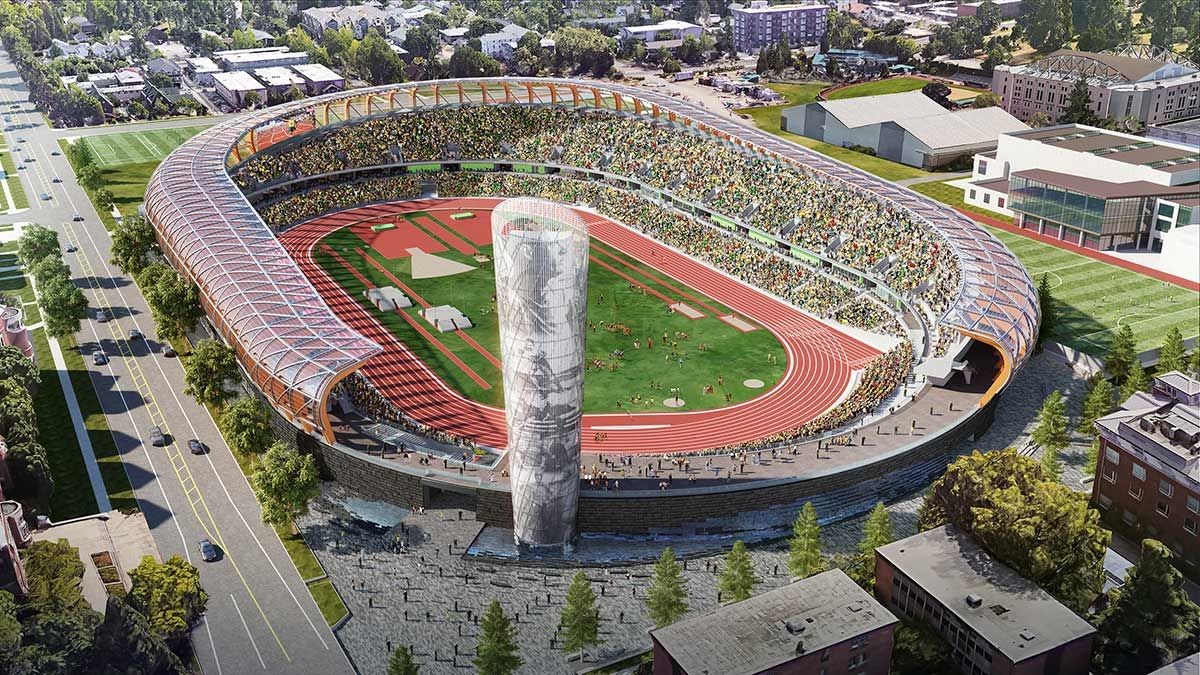
"Nobody saw this problem (with the virus)...so the flexibility here is very important," Coe told Japanese media in a teleconference.
Should the biennial Championships be postponed for a year, he said it would still be possible to "have a 2022 and 2023 Championships back to back," although he added that was a matter of speculation at this point.
Speaking in a later teleconference with African and European media, Coe accepted that a delay of a year could mean more Russian athletes taking part in the next Olympics and Paralympics as their federation seeks to restore faith in its operation following the long-standing doping scandal.
At the World Athletics Council meeting in Monaco earlier this month the world governing body decided to introduce a cap of 10 neutral Russian athletes competing in forthcoming major events, adding it was aimed at accelerating change in the Russian system.
But asked today, Coe responded: “I think that is something we would want to be discussing with our Task Force.
“But looking down the road, everybody is in a different landscape so that will have to be looked at.”
Asked if there might be an upside for the Oregon organisers to have an extra year to prepare – and if there would be a downside in staging the next World Championships a year ahead of the scheduled 2023 version in Budapest, Coe told insidethegames:
“Nothing has been decided yet, but no International Federation is likely to be comfortable holding its World Championships in the same year as an Olympics.
“If we were to hold the next World Championships in 2022, a year after the Games, you would have the next ones in 2023, and then be in the Olympic Games in 2024.
“You would have athletics centre stage for four consecutive years…I think we could live with that, and that athletes could live with that.
“But it is still a matter for consideration.”
Earlier this week, Japanese Prime Minister Shinzo Abe and International Olympic Committee President Thomas Bach agreed to push back the Summer Olympic Games, with the IOC Board approving it on grounds of safeguarding the health and safety of athletes.
In a statement earlier this week, World Athletics said it was already working to “ensure that Oregon is able to host the World Athletics Championships on alternative dates, should that prove necessary.”
Coe, the chairman of the 2012 London Olympic Organising Committee, expressed his support for the decision to push back the Tokyo Olympics, saying, "It was not an easy decision," adding everyone did what they could do at every level.
"No decisions will be made until we see the Tokyo dates," Coe said from his home in London.
Asked his opinion on possibly holding the Tokyo Olympics outside the summer months, Coe said, "I don't want to speculate on that. Because the meeting, the conference call that took place with the IOC yesterday, had all the International Federations on board and we all agreed those conversations will remain private."
Some international sports federations have suggested holding the Games in spring as a means to avoid the sweltering Tokyo summer.
However Coe indicated the view World Athletics have on the spring/summer question when he responded to a suggestion by Spanish paper Marca that never in history have there been good track and field performances in April and May.
Coe responded with a single sentence: "I wouldn't disagree with you."
On the idea of moving the marathon back to the capital from Sapporo should the Olympics be held at a cooler time, which Tokyo Governor Yuriko Koike endorsed, Coe also answered that it is "very early to start speculating."
Since concerns over uncertainty in the qualification status of athletes emerged following the announcement of the delay of the Olympics, Coe said in addressing the issue, "A large number of athletes are already qualified and if they are qualified, they remain qualified."
For athletes who have not qualified for the Olympic Games, "a fair process" will be provided, he said, stressing the importance of transparency in the process at the same time.
He added: "As of today, all athletes who have met the entry standards for their event will remain qualified for the Tokyo Olympic Games in 2021.”
(03/29/2020) ⚡AMPby World Athletics
After coronavirus forces postponement of 2020 Tokyo Olympics, elite athletes share their sorrow
Former University of Oregon sprinter English Gardner was looking at the big picture when the news broke Tuesday that the 2020 Tokyo Olympics were being postponed for a year because of the worldwide coronavirus pandemic.
Gardner has a 2016 Olympic gold medal from the Team USA women’s 4x100 relay and big hopes for Tokyo.
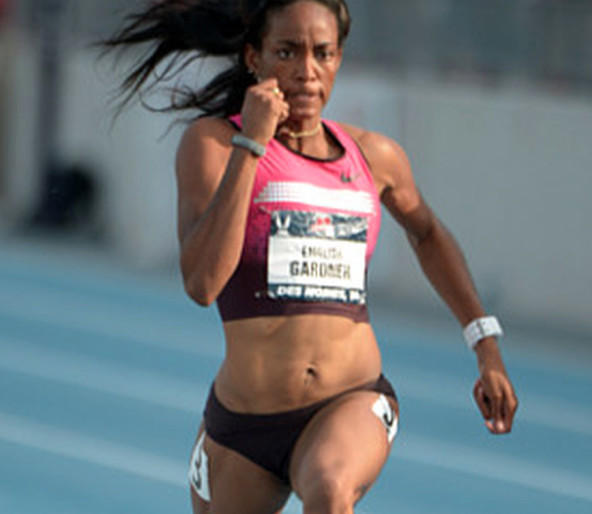
But she fully supports the decision by the International Olympic Committee and Japanese organizers to postpone.
“I’m bigger than track and field,” Gardner said. “I’m part of the community. I’m a human being. I’m a sister. I’m a mother. I’m a girlfriend. I’m a godmother. As a whole world, we’re kind of going through it right now. It’s OK that the Games got postponed because this problem, this illness, this sickness is way bigger than Tokyo.”
Gardner is among the Olympic-level athletes and coaches who spoke to The Oregonian/OregonLive on Tuesday about the postponement. They shared varying mixtures of relief, resignation, disappointment and hope for the future.
Shortly after the decision about the Olympics became public, the TrackTown USA local organizing committee announced the U.S. Olympic trials for track and field scheduled for June at Hayward Field in Eugene also had been postponed.
In most of the country, athletes are living in various degrees of social isolation as state, regional and municipal governments try to slow the spread of the virus. In many cases it has affected their ability to train.
Maybe worse has been the uncertainty of not knowing what the future holds and watching major sporting events be canceled or postponed, one after another. It seemed only a matter of time before the Olympics became the next domino to fall.
“I wasn’t super surprised,” said Shelby Houlihan of the Portland-based Bowerman Track Club and reigning USA Track & Field outdoor women’s champion in the 1,500 and 5,000 meters. “I figured it was probably going to happen. But it still kind of sucks.
“Obviously, it was probably for the best because of the situation we’re in. Safety should definitely be the No. 1 priority. But it does suck because I was ready for this year.”
Pete Julian coaches a Nike-sponsored, Portland-based team of elite distance runners who have been gearing up for the Olympics.
Julian’s group includes, among others, U.S. mid-distance stars Donavan Brazier, the 2019 world outdoor champion in the 800 meters, and Craig Engels, German star Konstanze Klosterhalfen and former University of Oregon runner Jessica Hull of Australia.
“I don’t think any of them are happy about the Olympics getting moved,” Julian said. “I think a lot of them feel they’re ready to go and believe they can win medals. They’re sort of kicking the post. They want to race.”
But Julian agrees with the decision to postpone. His message to his runners is they can be better in 2021 than they are now. He believes the Olympics can be too.
“I think Tokyo is one of the few cities in the world that could pull this off without a hitch,” he said. “I don’t think most of us can even imagine the logistical nightmare that this is going to create, and what the IOC and Tokyo will have to work through. But they will be able to do it, and it will be amazing.”
Evan Jager of the Bowerman Track Club is the 2016 Olympic silver medalist in the men’s steeplechase. He said he had a strong winter of training and liked his positioning heading into the outdoor season. But he believes this step back can turn to be a bigger step forward.
“Postponing it a year and having the Olympics as that light at the end of the tunnel is going to be a very positive thing to look forward to,” Jager said. “We can come out of this crisis a year from now, and hopefully be healthy. The Olympics can be a celebration of getting out of these dark times.”
Marathoner Galen Rupp said he planned to keep training and keep perspective.
The former University of Oregon star won an Olympic silver medal in the men’s 10,000 meters in 2012 and a bronze in the marathon in 2016. He already had made the 2020 U.S. Olympic team by winning the marathon trials on Feb. 29 in Atlanta.
“The health, safety and well-being of the global population are of the utmost importance and beyond any sporting event,” Rupp said. “Already so many people have gotten sick or died and so many more have been greatly impacted by the coronavirus. We need to listen to the advice of health experts.”
Even if that means going dark in 2020 and waiting a year so the coronavirus can be contained.
Gardner, the former UO sprinter who lives in New Jersey, said training has become difficult because of quarantine containment regulations. She joked she has to get creative to do track workouts because of padlocked facilities.
“I’ve been hopping a lot of fences,” she said. “I’ve been working on my long jump and high jump approaches.”
But turning serious, she said she endorsed the quarantines and social-distancing rules as a way to keep vulnerable family members safe. She said the Olympic postponement would protect athletes and fans.
“I was mostly concerned that we would calm the virus down, we all would go to Tokyo and spur it back up again,” Gardner said.
She said it could hit athlete housing in Tokyo the way an outbreak of the norovirus struck at the 2017 World Outdoor Championships in London.
“We share common eating rooms,” she said. “We all share the same tracks, the same weight rooms, the same hotels. It would just be a matter of time before it spurred back up again.“
(03/29/2020) ⚡AMPby Oregon Live
Dr. Anthony Fauci Is an Avid Runner, Even When He Works 19-Hour Days
Dr. Anthony Fauci, the 79-year-old longtime director of the National Institute of Allergy and Infectious Diseases (NIAID) at the National Institutes of Health (NIH), is reportedly working 19 hours a day in the fight against the coronavirus. You’ve seen him; he’s the slight, bespectacled, plain-dealing Brooklynite at President Donald Trump's elbow during many recent press conferences.
Yet, while many Americans are hoarding toilet paper and cans of baked beans and contemplating whether or not a Mad Men marathon on Netflix counts as a workout, Fauci still finds time to hit the pavement for running workouts.
With his increased age and workload, Fauci has reportedly cut back his daily runs to 3.5 miles per day, as he told Yahoo! White House correspondent Alexander Nasaryan. But back when a younger Fauci was working a lighter, 15-hour day to contain the AIDS epidemic in the '80s and '90s, he would build a lunchtime seven-miler into his schedule, five or six days a week, to keep his weight down, get outside and relieve stress. His daily runs helped him to a personal-best 3 hours and 37 minutes in the 1984 Marine Corps Marathon.
When he was in midst of the fight against HIV/AIDS, Dr. Fauci was known to run 7 miles daily.I just asked him if he still keeps to that exercise regimen.No, he says, noting that he is working 19 hour days to fight the coronavirus.He is down to 3.5 miles -- at the age of 79.
“I think the benefit for me is as a stress-reliever,” Fauci said in a 2016 interview. “I have a pretty high-stress job, so getting outside during the day and hearing the birds and smelling the grass is a very pleasing thing for me.”
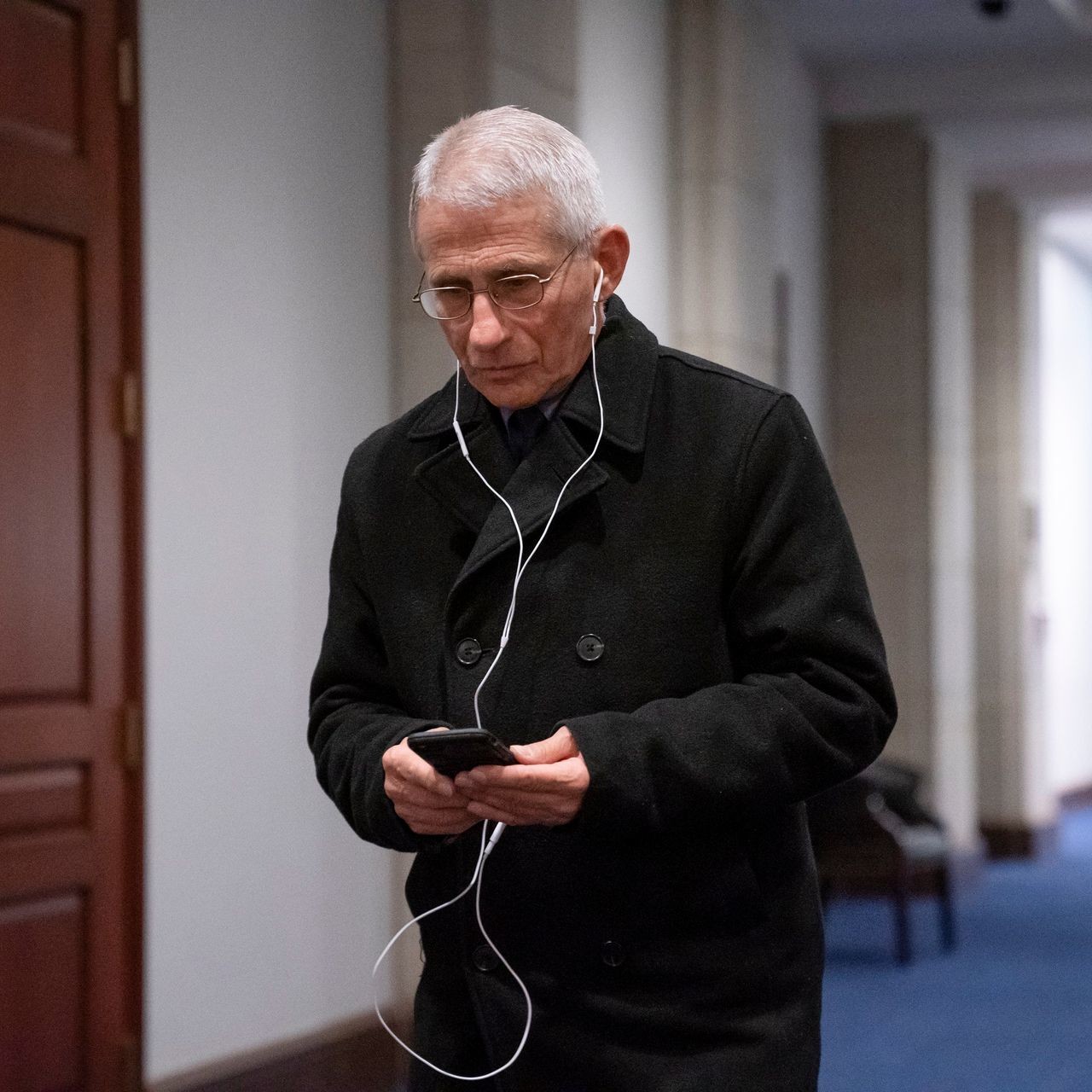
Fauci has advised six presidents on AIDs, Ebola, Zika, MERS, SARS, malaria, tuberculosis and many other domestic and global health issues. However, it’s a good bet his cortisol level has never been higher as he struggles to diplomatically disseminate hard facts without undercutting President Trump.
“When you’re dealing with the White House, sometimes you have to say things one, two, three, four times, and then it happens,” he said in a recent interview with Science Magazine. “So, I’m going to keep pushing.”
At work, and on the road.
(03/28/2020) ⚡AMPby Lindsay Berra (Men’s Health)
The 2020 Peachtree Road Race to happen as scheduled on July 4
As conditions in Georgia continue to change daily in light of the coronavirus pandemic, the Atlanta Track Club is planning for the 2020 Peachtree Road Race to happen as scheduled on July 4.
Registration opened March 15 and will continue until March 31, unless the field is not full when registration is set to close, according to Rich Kenah, executive director of Atlanta Track Club and race director of the AJC Peachtree Road Race.
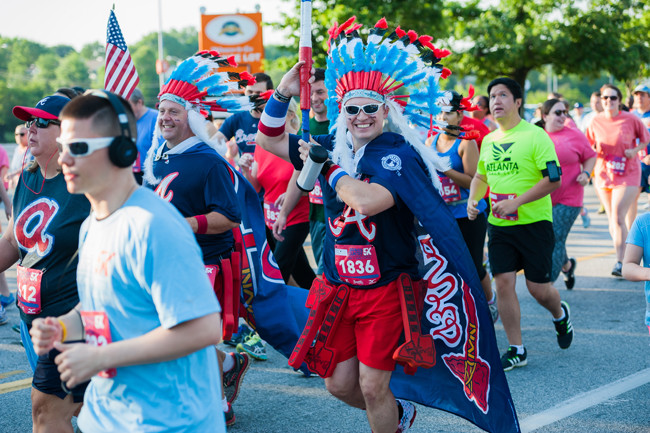
"If we see significant weakness and down the road, we see the opportunity where the sky is brighening a bit, where the outlook is strong, and we see the opportunity to bring people into the conversation who otherwise have been in the past, we'll evaluate that," Kenah told FOX 5.
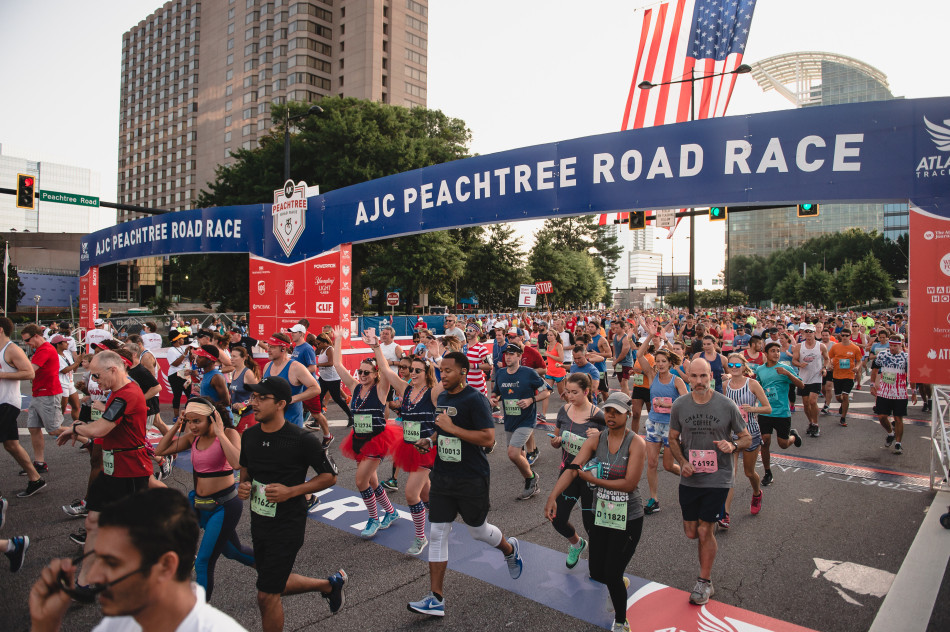
Kenah said 2020 registration numbers in the first few days were better than all other years past besides 2019, which was the 50th anniversary race. There has been "a little bit of a slowdown" over the last week, but overall he estimated the registration total as of Wednesday morning to be in the "tens of thousands of people."
"About 20 percent of those who enter the lottery during the registration period do so during the last 48 hours, so over those last couple days, we'll have a true indication of the appetite for Atlanta for this year's (Peachtree)," he said.
If the race is postponed, Kenah said participants will be able to transfer their registration to a new date or request a refund.
(03/28/2020) ⚡AMPby Kelly Price
AJC Peachtree Road Race
The AJC Peachtree Road Race, organized by the Atlanta Track Club, is the largest 10K in the world. In its 48th running, the AJC Peachtree Road Race has become a Fourth of July tradition for thousands of people throughout the metro Atlanta area and beyond. Come kick off your Fourth of July festivities with us! If you did not get...
more...Western States 100 has been cancelled due to the war the world is in gaged in with the Cornavirus
The decision to cancel the 2020 Western States Endurance Run was a tough one. In accordance with this decision, we are offering an entry spot for the 2021 race to all runners entered in this year’s race and a wait list spot on the 2021 wait list to all people on this year’s wait list.
The 2020 Memorial Day training runs are cancelled and all registrations for those events will roll over to the 2021 Memorial Day training runs. More details on entry and registration for 2021 events will be provided later.
We have made the decision to cancel after careful deliberation, knowing that our foremost responsibility is to ensure the health, safety, and well-being of our 2020 entrants, our volunteers, our broader running community, and society at large.
The current situation in the United States and throughout the world is one of disruption and uncertainty. We feel that moving forward with plans for a race in June is not aligned with what our government, medical experts, and society is asking us to do. While painful to do knowing the hopes and dreams that surround this event, we feel it is the responsible action to take in light of what is going on in the world around us.
(03/27/2020) ⚡AMPWestern States 100
The Western States ® 100-Mile Endurance Run is the world’s oldest and most prestigious 100-mile trail race. Starting in Squaw Valley, California near the site of the 1960 Winter Olympics and ending 100.2 miles later in Auburn, California, Western States, in the decades since its inception in 1974, has come to represent one of the ultimate endurance tests in the...
more...The Wanda Diamond League has today postponed three more meetings which had been scheduled to take place in May
An alternative calendar for the 2020 season is to be announced in due course.
Following the postponement of early-season events in Qatar and China last week, the series has decided to also suspend meetings in Stockholm (scheduled for 24 May), Naples/Rome (28 May) and Rabat (31 May).
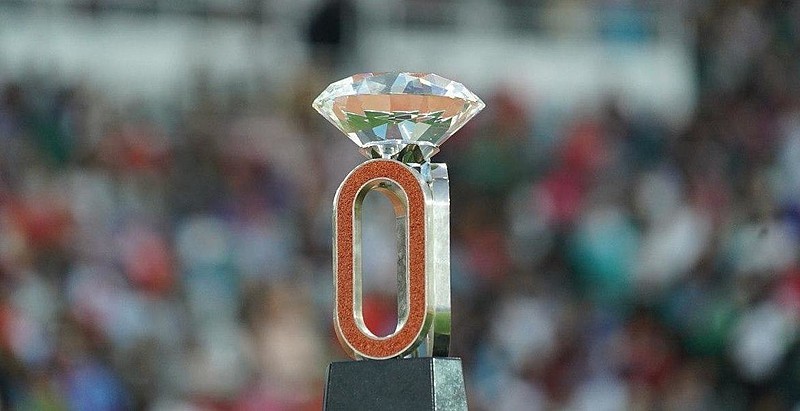
The decision was made in close consultation with all the relevant parties. The dynamic global spread of the COVID-19 disease, the travel restrictions expected to be in force for some time and above all concerns over athlete safety have made it impossible to stage the competitions as planned.
The meeting organizers, the Wanda Diamond League and World Athletics remain committed to delivering a structured extensive season in 2020. The aim is to ensure that athletes can compete at the highest possible level this year, and that fans will be able to see their favorite stars in action, whenever the global health situation allows.
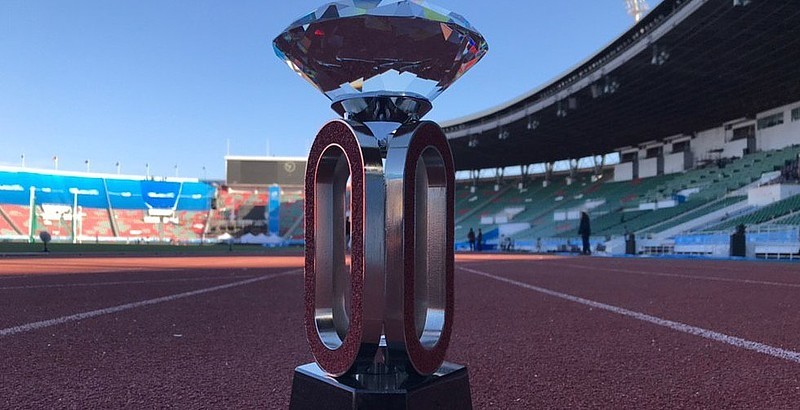
New dates for Wanda Diamond League events will be announced in cooperation with the World Athletics Global Calendar Unit as soon as the extraordinary situation makes a reliable plan possible.
We are working intensively with all stakeholders (athletes, managers, broadcasters, sponsors, local authorities and federations) to develop a new calendar for a 2020 Wanda Diamond League season which best serves the interests of athletes and fans.
(03/27/2020) ⚡AMPby World Athletics
Prefontaine Classic
The Pre Classic, part of the Diamond League series of international meets featuring Olympic-level athletes, is scheduled to be held at the new Hayward Field in Eugene. The Prefontaine Classicis the longest-running outdoor invitational track & field meet in America and is part of the elite Wanda Diamond League of meets held worldwide annually. The Pre Classic’s results score has...
more...Boston resident Molly Seidel qualified for the Olympic marathon but she’s worried about what happens now
The trials was one of the best days of my life, Seidel said. “To potentially have that taken away is very stressful."
When Molly Seidel reflects on the day she qualified for the 2020 Summer Olympics, she’s reminded of a seemingly distant reality.
“Just thinking back to the huge number of crowds that were there and the hugs after the race,” recalled Seidel in a telephone interview Tuesday afternoon. “Hell, just sitting down at a restaurant afterward. We all went out to a bar that night, too, and shared drinks at the bar. It’s a completely different world than the one we’re in now.”
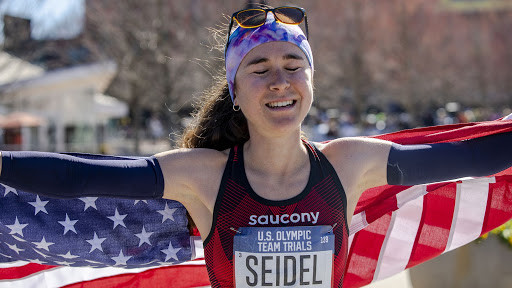
Less than a month ago, Seidel placed second in the US Olympic marathon trials to punch her ticket to Tokyo. The 25-year-old Boston resident finished the race, her first-ever marathon, with a time of 2:27:31, just eight seconds behind Aliphine Tuliamuk.
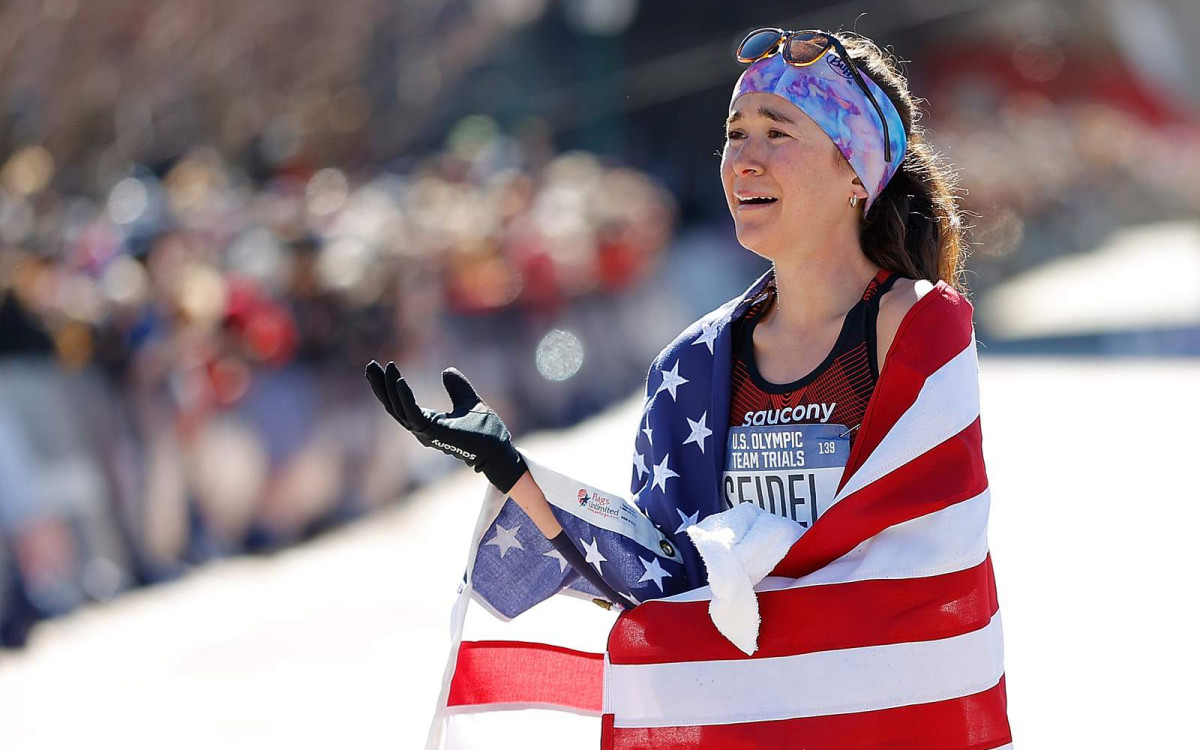
As the threat of the coronavirus escalated rapidly, and the list of postponed or canceled sporting events grew, Seidel started to consider the possibility more and more. Could the Olympics really go on as scheduled?
She wasn’t shocked when the postponement became official Tuesday.
“I just don’t think there is any way we could be planning for an Olympics four months from now, especially when the country is going through such a difficult time and the world is going through such a difficult time,” said Seidel. “It would have put a lot of athletes and spectators and just the general public in a lot of danger.”
While Seidel agrees with the International Olympic Committee’s decision, she is certainly disappointed. She’s also incredibly frustrated. The US Olympic & Paralympic Committee, Seidel says, has not been forthcoming with updates. The lack of communication leaves her worried about her status.
There has been some chatter about whether runners should have to re-qualify, given the extended period of time between the marathon trials, which took place Feb. 29, and the rescheduled Games, which do not yet have new dates.
Seidel is hopeful that won’t be the case.
“The trials was one of the best days of my life,” she said. “To potentially have that taken away is very stressful. I’m hoping that they honor the Olympic trials and keep their current marathon team, but we haven’t heard anything from USOC, USATF, from anybody. It’s been difficult getting the information that we need.”
Fellow marathoner Des Linden, who placed fourth in the trials, doesn’t foresee a re-qualification. Linden recently called Seidel to express her support.
“I haven’t heard anything from governing bodies, and I would imagine that they’re not even entertaining that idea,” Linden said. “I think it’s just kind of interesting talk right now, particularly with so much time on our hands.”
Amid the uncertainty, Seidel is still training. She frequently runs on the Esplanade and will soon ramp up her mileage after recovering from the trials. Her coach, who lives locally, is encouraging her to make the best of the extra year, especially considering the fact she’s participated in only one marathon.
Should road races resume this fall, Seidel is looking forward to gaining more experience at the distance.
In her free time, Seidel enjoys binging “Gilmore Girls,” reading, and practicing her banjo and ukulele. She no longer has a job or a roommate, as Tatte cut most of its staff amid the coronavirus outbreak and her sister moved back to their home state of Wisconsin for the time being. But Seidel’s doing her best to make due.
“It was so weird coming off that huge emotional high at the trials,” she said. “Now, it’s just like, ‘OK, back to quarantine.’”
(03/27/2020) ⚡AMPby Nicole Yang
Tokyo 2020 Olympic Games
Fifty-six years after having organized the Olympic Games, the Japanese capital will be hosting a Summer edition for the second time, originally scheduled from July 24 to August 9, 2020, the games were postponed due to coronavirus outbreak, the postponed Tokyo Olympics will be held from July 23 to August 8 in 2021, according to the International Olympic Committee decision. ...
more...After postponement of 2020 Tokyo Olympics, elite athletes share sorrow, perspective
Former University of Oregon sprinter English Gardner was looking at the big picture when the news broke Tuesday that the 2020 Tokyo Olympics were being postponed for a year because of the worldwide coronavirus pandemic.
Gardner has a 2016 Olympic gold medal from the Team USA women’s 4x100 relay and big hopes for Tokyo.
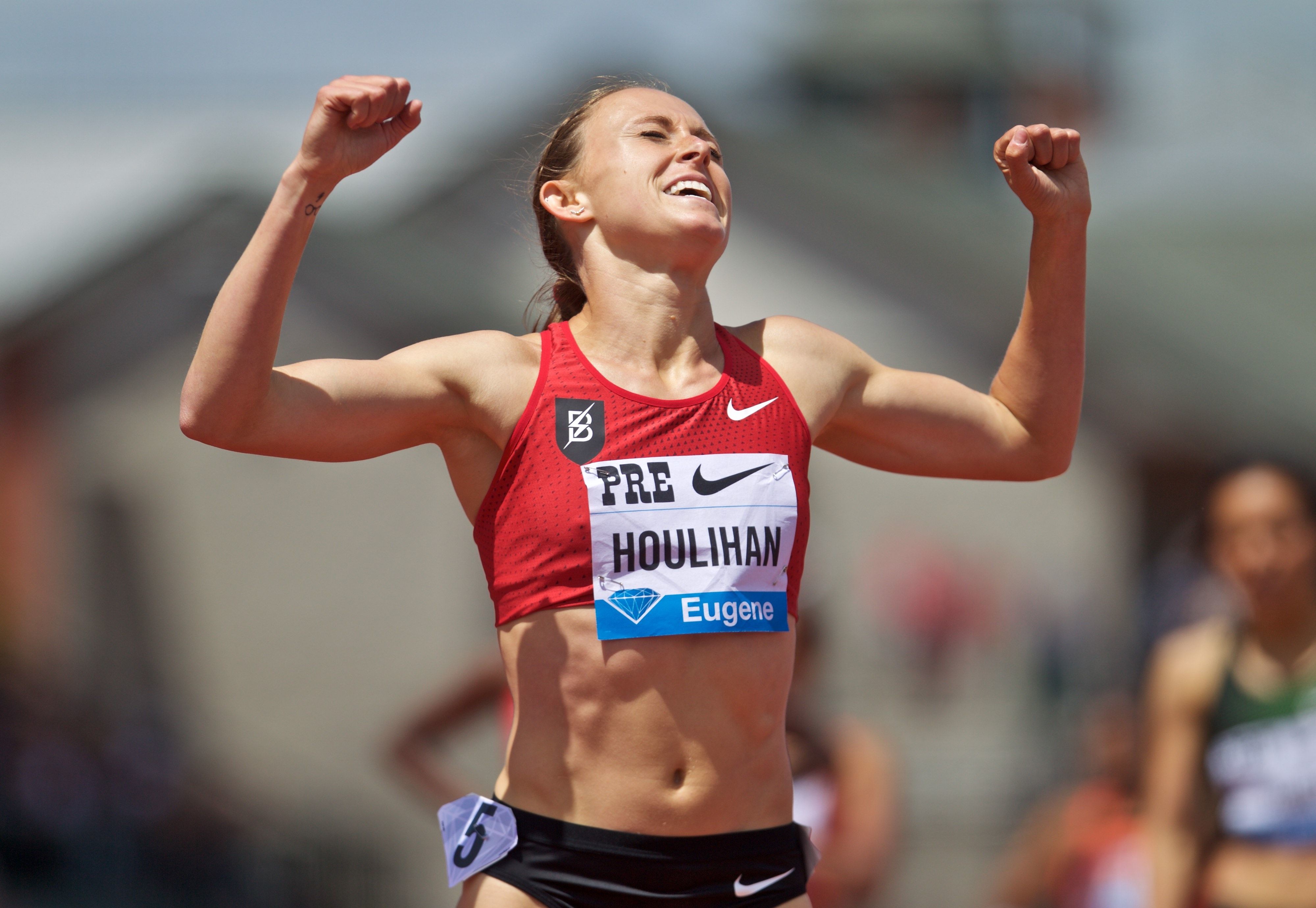
But she fully supports the decision by the International Olympic Committee and Japanese organizers to postpone.
“I’m bigger than track and field,” Gardner said. “I’m part of the community. I’m a human being. I’m a sister. I’m a mother. I’m a girlfriend. I’m a godmother. As a whole world, we’re kind of going through it right now. It’s OK that the Games got postponed because this problem, this illness, this sickness is way bigger than Tokyo.”
Gardner is among the Olympic-level athletes and coaches who spoke to The Oregonian/OregonLive on Tuesday about the postponement. They shared varying mixtures of relief, resignation, disappointment and hope for the future.
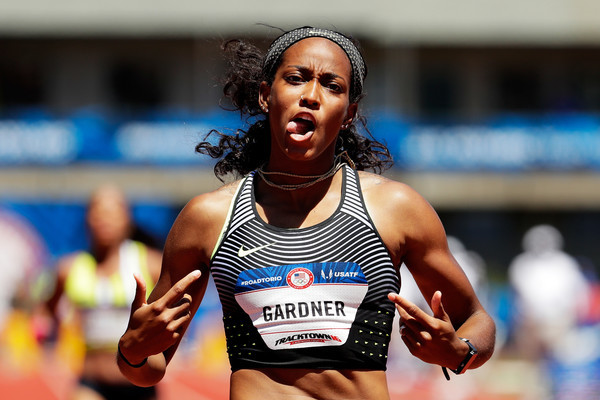
Shortly after the decision about the Olympics became public, the TrackTown USA local organizing committee announced the U.S. Olympic trials for track and field scheduled for June at Hayward Field in Eugene also had been postponed.
In most of the country, athletes are living in various degrees of social isolation as state, regional and municipal governments try to slow the spread of the virus. In many cases it has affected their ability to train.
Maybe worse has been the uncertainty of not knowing what the future holds and watching major sporting events be canceled or postponed, one after another. It seemed only a matter of time before the Olympics became the next domino to fall.
“I wasn’t super surprised,” said Shelby Houlihan of the Portland-based Bowerman Track Club and reigning USA Track & Field outdoor women’s champion in the 1,500 and 5,000 meters. “I figured it was probably going to happen. But it still kind of sucks.
“Obviously, it was probably for the best because of the situation we’re in. Safety should definitely be the No. 1 priority. But it does suck because I was ready for this year.”
Marathoner Galen Rupp said he planned to keep training and keep perspective.
The former University of Oregon star won an Olympic silver medal in the men’s 10,000 meters in 2012 and a bronze in the marathon in 2016. He already had made the 2020 U.S. Olympic team by winning the marathon trials on Feb. 29 in Atlanta.
Evan Jager of the Bowerman Track Club is the 2016 Olympic silver medalist in the men’s steeplechase. He said he had a strong winter of training and liked his positioning heading into the outdoor season. But he believes this step back can turn to be a bigger step forward.
(03/27/2020) ⚡AMPby Ken Goe
Tokyo 2020 Olympic Games
Fifty-six years after having organized the Olympic Games, the Japanese capital will be hosting a Summer edition for the second time, originally scheduled from July 24 to August 9, 2020, the games were postponed due to coronavirus outbreak, the postponed Tokyo Olympics will be held from July 23 to August 8 in 2021, according to the International Olympic Committee decision. ...
more...Canadian cities start closing local trails
On Thursday morning, Toronto Mayor John Tory announced that all of the city’s parks and outdoor recreation centres would be closed, effective immediately. This announcement came only two days after Hamilton announced the closure of their conservation areas, which includes the Hamilton-to-Brantford Rail Trail, the Dofasco 2000 Trail and the Lafarge 2000 Trail–all popular running spots.
The closure of public parks, a home away from home for many runners right now, isn’t just happening in Ontario, it’s all across the country. In B.C., the provincial government closed 14 provincial parks yesterday because, as Global news reports,”not enough people are understanding the seriousness of the novel coronavirus pandemic.” In Ottawa, as of Monday evening at 9 p.m., Gatineau Park closed, again, due to public health risks.
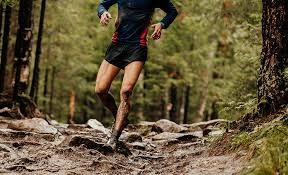
In Alberta, the story is similar, with Banff National Park visitor rates soaring over the weekend and the park closing three days later.
While change is difficult for outdoor and exercise enthusiasts, in many cases local trails, paths and parks were becoming overrun with people. The COVID-19 outbreak has caused an obvious running boom. There are massive numbers of people jogging, running, speed walking and working out outside due to the national closure of non-essential businesses (which includes gyms). While Canadians are encouraged to stay active in healthy and safe ways, like running, the number of people hitting the trails was making it very hard to follow the public health guidelines while getting your mileage in.
With these preliminary closures (and certainly more will come), runners are encouraged to hit the treadmill if they have one, run in less-popular areas, and try their best to workout at home.
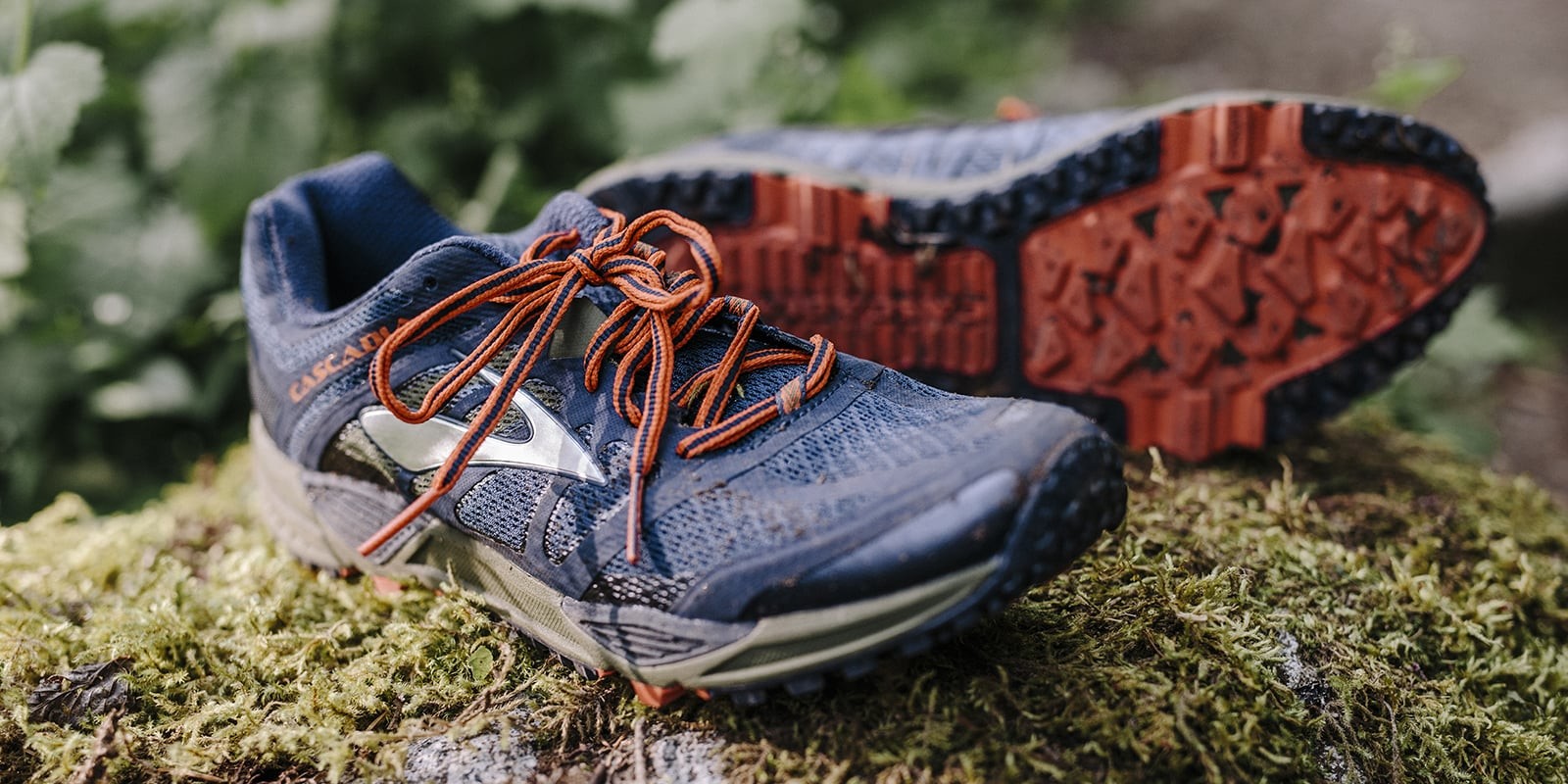
by Madeleine Kelly
Lewa Safari Marathon planned for June 27 has been cancelled for the first time in 20 years
The Chief Executive Officer of Lewa Wildlife Conservancy, Mike Watson, on Thursday disclosed that the race organisers have been forced to cancel this year’s competition to help curb the spread of coronavirus pandemic.
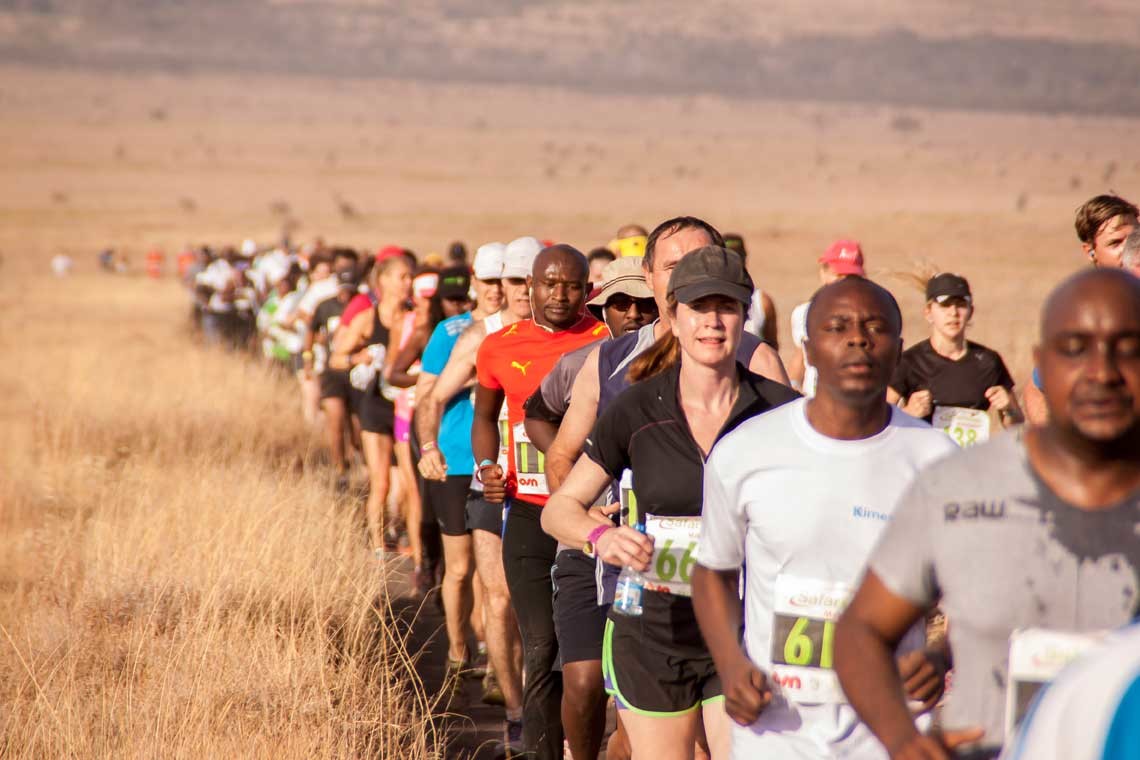
The title sponsors of this year’s competition were Huawei Kenya and Safaricom PLC.
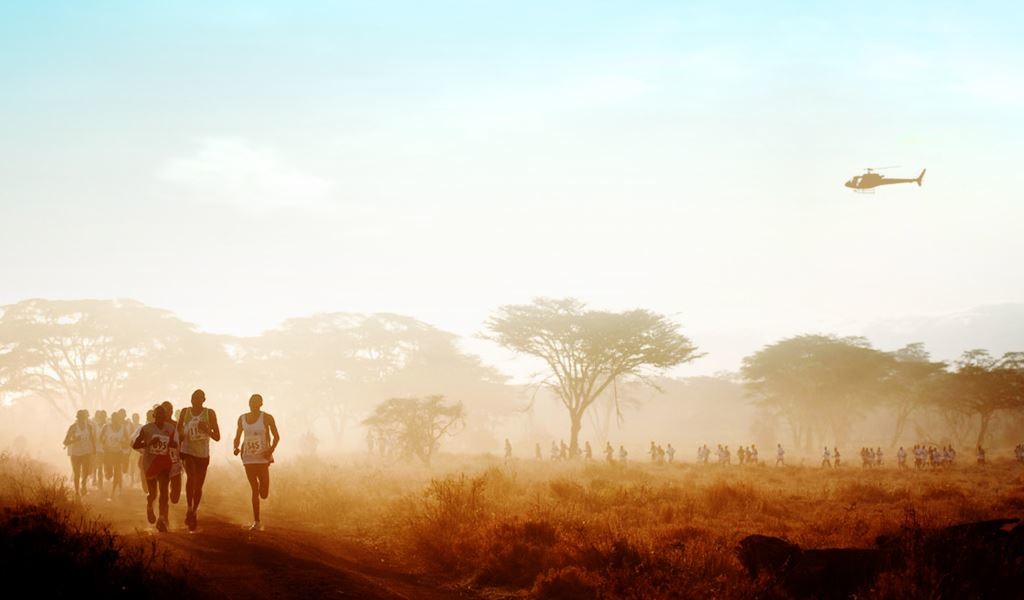
“Despite our great willingness to push on, having weighed all factors, we have come to the very difficult decision to cancel this year’s race,” Watson said in a statement, noting that on March 25, the Kenyan government announced 28 cases of Covid-19 in the country and banned all international flights effective from March 25. Also banned are public gatherings and sporting events.
“A significant number of the marathoners, whose contributions are key to the success of the event, are overseas runners from the UK and the USA. In light of the new travel restrictions and severity of the situation, they will be unable to participate,” said Watson, adding that the government has also issued a public declaration advising Kenyans to avoid all non-essential public gatherings.
“While we are sure all efforts are being made by the Kenyan government to contain the spread of the virus, it is paramount that we heed the presidential directive to avoid all non-essential public gatherings and play our part in flattening the curve until all of this is behind us,” Watson added.
(03/26/2020) ⚡AMPby Ayumba Ayodi
Safaricom Lewa Marathon
The first and most distinctive is that it is run on a wildlife conservancy, which is also a UNESCO world heritage site. The Lewa Wildlife Conservancy is home to a number of endangered and threatened species- and also a catalyst for community development for its neighboring communities. For the past 17 years, funds raised from the marathon have gone...
more...The 14th annual Missoula Marathon is still on track for June 28, but race officials are monitoring changes in COVID-19 restrictions
Run Wild Missoula Race Director Tony Banovich, said with new information on the virus is coming in every day, and he and his staff are continuously evaluating how this will impact each aspect of the race.
The one change that has been made is there will no longer be a rate increase for those signing up after March 31.
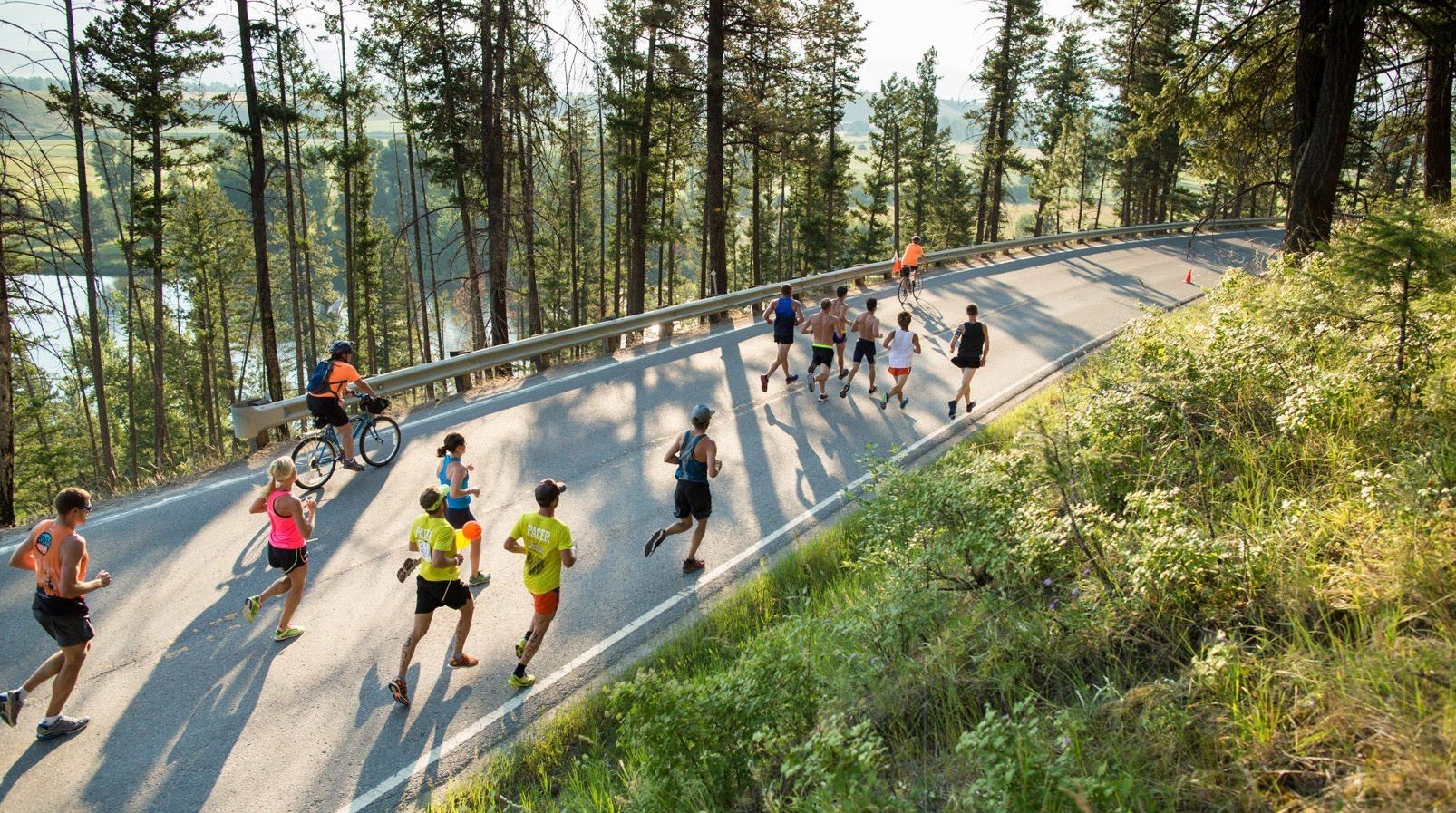
Banovich said with the race approaching his team is meeting at the end of next week to make more definitive decisions on whether the race will go as scheduled, be postponed, or be canceled.
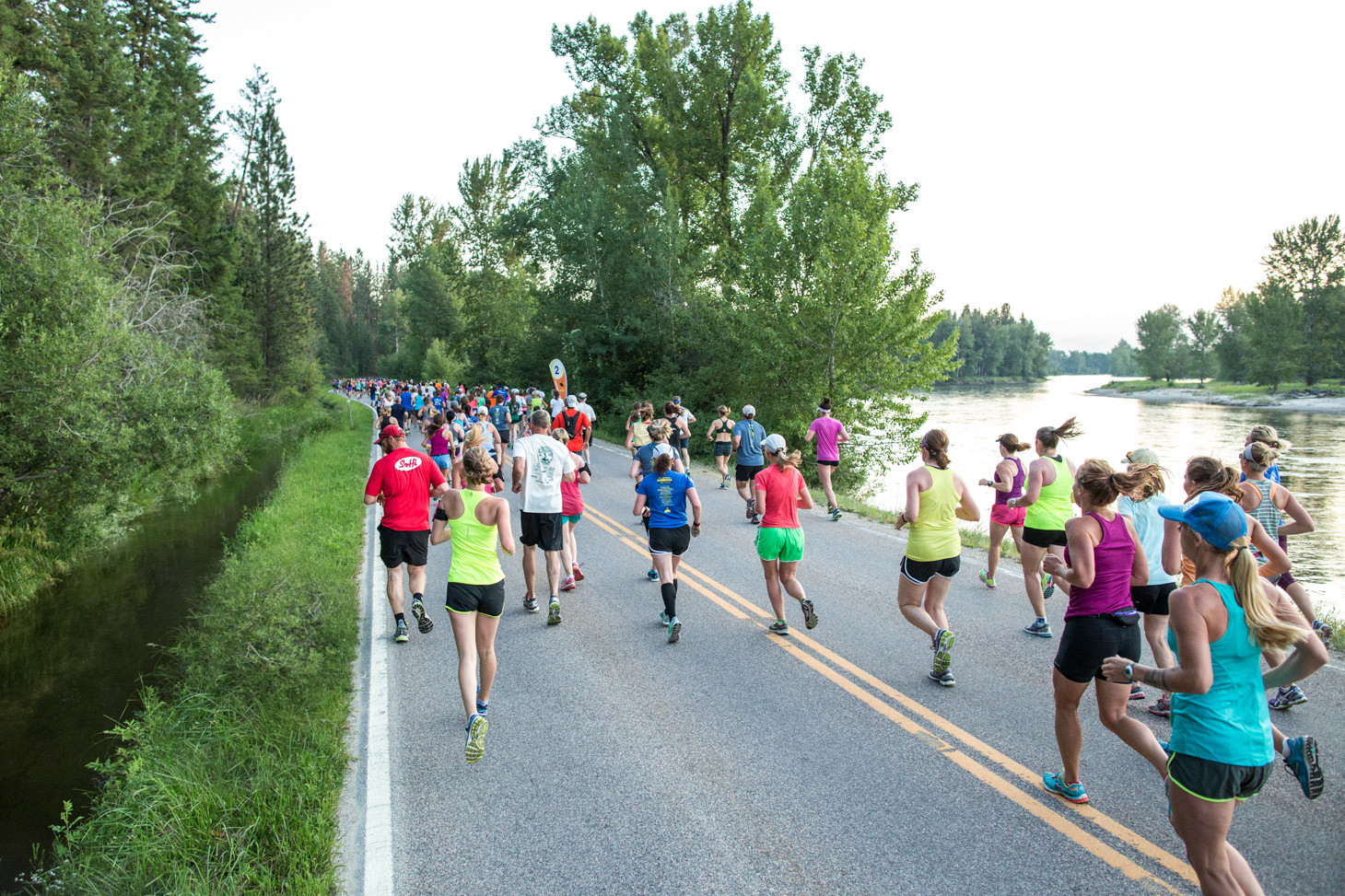
“It’s much more important that we do the correct things for the public, not only for our participants that are here, but our volunteers, you know everybody that’s involved," Banovich rold MTN News.
"We don’t want to create a bigger problem by bringing people here that we shouldn’t, so we’re really trying to be cognizant of that," he added.
Banovich sayd that if the race is rescheduled for later in the year, they’re looking at dates during the late summer or early fall months.
(03/26/2020) ⚡AMPby Russ Thomas
Missoula Marathon
Half and full marathon in Missoula, Montana, in the city they call "The Garden City." Amazing participation by the entire town and county. Front lawn hose squads cool down the runners en route. Lots of rest stations. The full marathon is a Boston qualifier. Runner's World rated the course as one of the best overall road races. ...
more...Eliud Kipchoge says the IOC and the Japanese government made the right decision to postpone the Tokyo Olympic Games and move it to 2021
Marathon great Eliud Kipchoge, who was due to defend his Olympics marathon title in the 2020 Tokyo Games later this year, said the decision by the IOC and the Japanese Government was the right one as the world battles to curb the spread of the coronavirus pandemic.
"All in all a very wise decision to postpone the Olympics until 2021. I look forward to come back to Japan to defend my Olympic title next year and look forward to witness a wonderful event. I wish everybody good health in these challenging times," the world marathon record holder tweeted.
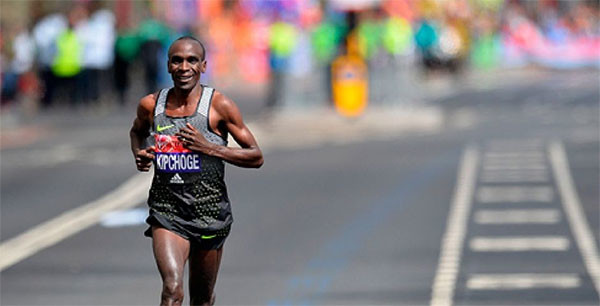
Kipchoge, who is in the Kenyan men's marathon team along side Boston and Chicago marathons champion Lawrence Cherono and World Championships marathon bronze medalist Amos Kipruto, won the 2016 Rio Olympics gold medal in 2 hours 8 minutes 44 seconds.
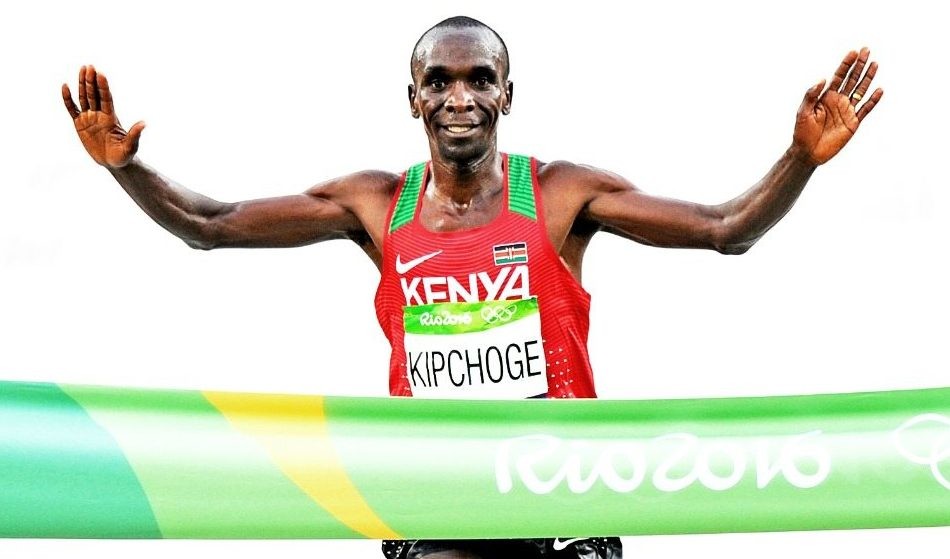
Kipchoge became the first man to run the full marathon in under two hours after his 1:59:40.2 feat during the Ineos Challenge in Vienna last year.
Olympics javelin silver medalist Julius Yego also took to his Instagram account to express his views over the postponement of the Games to 2021.
"It's been all fun and smiles and happiness in preparation for this year's Tokyo Olympics but then the unexpected came!#Covid-19!! Terrible and scaring respiratory disease! But it's all upon us to compete against our dear opponents, we together on this fight to overcome the world pandemic, see you next year in Tokyo at the very least, stay safe and stay home," said Yego.
(03/26/2020) ⚡AMPby Japheth Mutinda
Tokyo 2020 Olympic Games
Fifty-six years after having organized the Olympic Games, the Japanese capital will be hosting a Summer edition for the second time, originally scheduled from July 24 to August 9, 2020, the games were postponed due to coronavirus outbreak, the postponed Tokyo Olympics will be held from July 23 to August 8 in 2021, according to the International Olympic Committee decision. ...
more...The Pittsburgh Marathon is Cancelled but Jeff Gleason and a small group of his buddies will be running their own marathon
COVID-19 might have put a stop to the Pittsburgh Marathon, but it didn't stop a group of Pittsburgh runners from planning their own. During the wee hours of the morning Friday, March 27, elite athlete Jeff Gleason and his running buddies will go the distance – running while the rest of Pittsburgh sleeps.
His small team is nothing short of extraordinary: "Wayne Kurtz is our de facto race director -- he actually ran 30 full Ironmen over 30 straight days," says Gleason. I'll serve as co-pilot and Bill Thompson, ultra-runner extraordinaire, will be my wingman. He ran across the entire state of Tennessee for no particular reason."
When the alarm rings, they will lace up their running shoes and strap on head lamps. Starting somewhere between 1 and 2 a.m., they will track their miles by Garmin and finish long before the city wakes. And afterwards, they are planning to go to work.
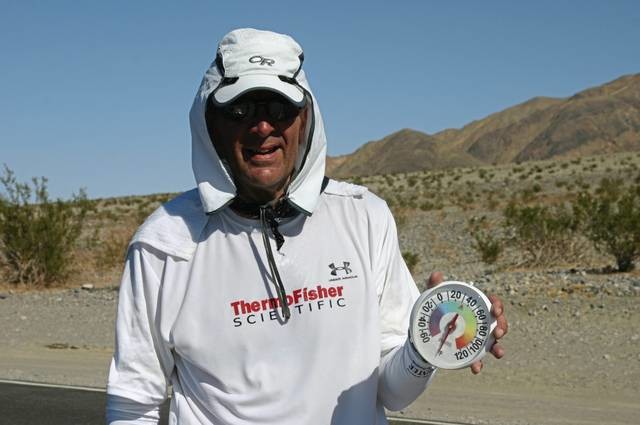
Gleason is not a quitter. In addition to medaling in marathons, he has completed over 70 ultramarathons. His "never say die" attitude got him through four 135-mile crossings of the Mojave Desert in unbearable heat and Big Foot, an excruciating 200-mile race through mixed terrain across the Cascade Mountains in Washington State.
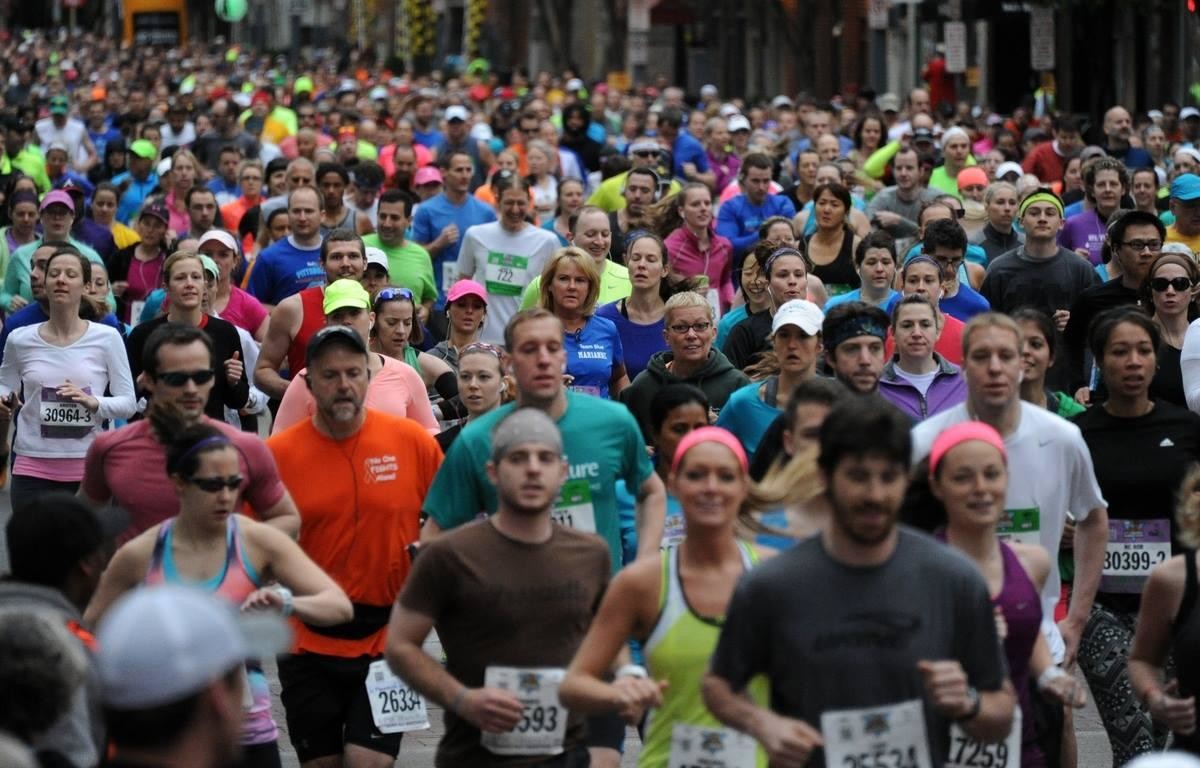
That perseverance also came into play a few years ago, when debilitating knee pain knocked Gleason off course. Several physicians told him knee replacement was necessary, and he would never run again. After searching high and low, he found Richard Berger, M.D., an orthopedic surgeon at Rush UniversityMedical Center, Chicago, who performs joint replacement without cutting muscles, ligaments or tendons. Because of this, the recovery is faster with less scar tissue build up. That means within months, athletes like Jeff can return to their sport. In fact, three months post-surgery, Jeff completed the Pittsburgh Half Marathon. In hindsight, he says, "I could have done the whole [26.2], but my wife would have killed me."
In addition to the Pittsburgh Marathon, Jeff was planning to complete his 30th 100-miler ultra in New Jersey—which was also cancelled. But even with no foreseeable races in his future, he found a silver lining. "Fortunately (or maybe not so fortunately)," says Gleason, "I have some friends who are crazy enough to run over 26 miles in the middle of the night."
Above all, Jeff is just happy to be running again—pain free. "There is a running God," he admits, "and his name is Dr. Berger."
(03/26/2020) ⚡AMPby Jeff Gleason
Dick's Sporting Good Pittsburgh Marathon
This race is your game - however you decide to play it. As a competitor. A fund raiser. An enthusiast. A veteran. A team player. It's whatever you want it to be. It's whatever you make it. It's YOUR game..... Run it. Play it. Own it. Love it. Runners will race on the North Shore of Pittsburgh, cross each of...
more...Runners can compete in a virtual race at Cleveland Marathon
The 44th Rite-Aid Cleveland Marathon is canceled in physical form, though runners can compete in a "virtual race" or defer their participation to 2021 or 2022.
If you've gotten used to running outside at a socially distant pace, this year's marathon will feel familiar.
Scheduled for May 16 and 17, the 44th Annual Rite-Aid Cleveland Marathon and the events surrounding it have been converted to a "virtual event" due to the COVID-19 epidemic, race organizers announced Wednesday.
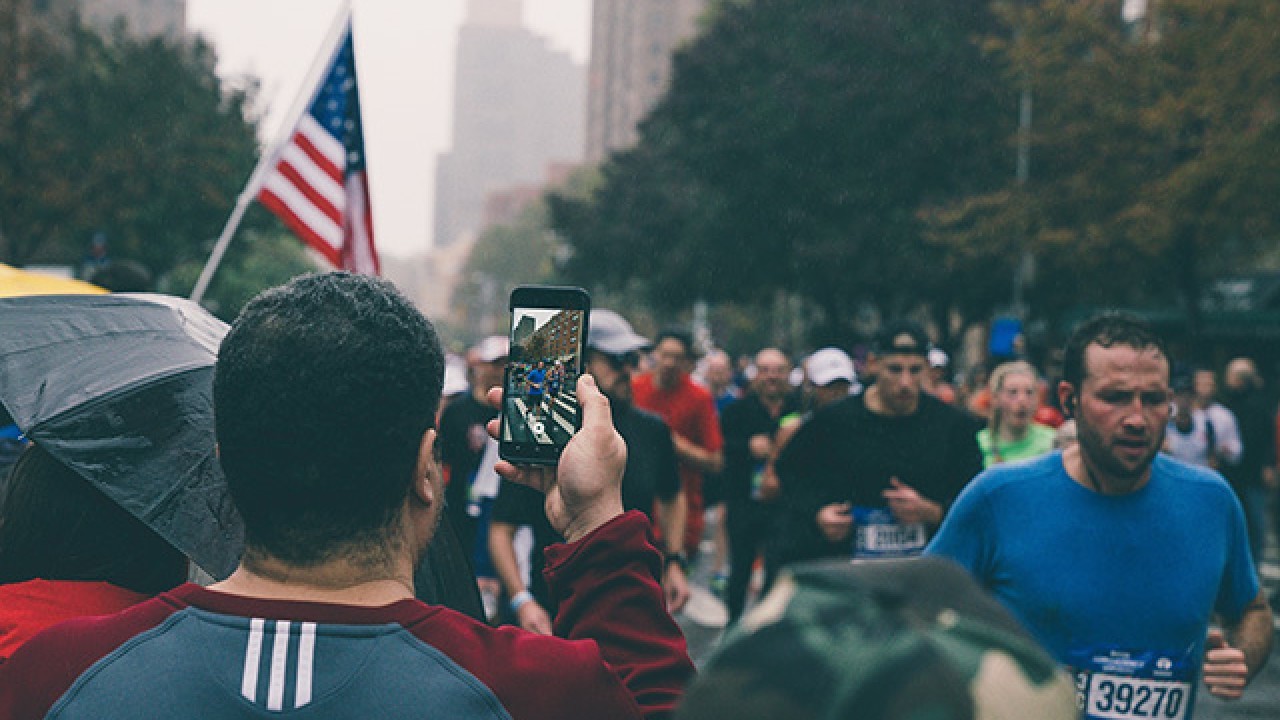
Race participants may also defer their participation to the 2021 or 2022 races.“We love our runners, and we know that so many of them have been training hard for our race in May,” said Jack Staph, executive director of the Rite Aid Cleveland Marathon.

“We share their disappointment and frustration. However, we know that this is the absolute right decision to protect the health and safety of our participants and the community at large, which is our No. 1 priority.”
While a postponement may have been expected, finding an alternate date in the fall proved difficult due to unknowns surrounding the Cleveland Browns schedule, which is released in April, and other events, the race said.
Shirts, medals and duffel bags will still be mailed in June, and participants may log and submit their miles any time between April 15 and May 17 at the location of their choice.
Since you can pick your location, you can run the normal parade route, but we suggest running through — or at least training at — these three Northeast Ohio parks with great hike.
(03/26/2020) ⚡AMPby Dillon Stewart
Cleveland Marathon
The Cleveland Marathon features a relatively flat and fast course, great volunteer support and a scenic view of downtown Cleveland and its major landmarks. The course has been designed for our athletes to enjoy views of Browns Stadium, the Rock and Roll Hall of Fame, Lake Erie and many other Cleveland highlights. The Cleveland Marathon began in 1978 in an...
more...Copenhagen Marathon 2020 has been cancelled due to Covid-19
The Copenhagen Marathon organizers issued this statement today. "We regret to announce, that due to the grave situation caused by the Covid-19 pandemic, the 41th edition of the Copenhagen Marathon, which was scheduled to take place on May 17, 2020, has been cancelled. At the same time, the Mini Marathon and the Breakfast Run in the Tivoli Gardens have also been cancelled, both of which events were scheduled to take place on the day before the marathon.
"While we acknowledge that the cancellation will cause great disappointment to everyone who have trained hard and long for it, based on the recent development of events not only in Denmark but worldwide, we no longer consider it possible nor responsible to go through with the event.
"All paying entrants will be offered to have their entry transferred to next year’s race, which will take place on May 16, 2021, or get a full refund of the entry fee paid.
"We hope that many of you will support the Copenhagen Marathon by choosing to have your entry transferred to next year’s event. At the same time, we kindly ask for your understanding that we need some time to prepare the technical and internal processes before we are able to send out further details to entrants and others affected by the cancellation.
"Please stay safe and take care of yourselves and your loved ones."
(03/25/2020) ⚡AMPby Race Organizers
Copenhagen Marathon
The race is special in many ways But one thing is the course around almost every part of Copenhagen. The course goes to Frederiksberg which is a very beautiful part of the city. Theres a fantastic atmosphere in the city, and a lot of spectators along the route. The course is pretty fast, and the field of elite runners is...
more...The 22nd Nagano Marathon was trying to make it work but in the end like so many other races they have cancelled their marathon for 2020
The Nagano Marathon was one of the few major races in world in April featured by My Best Runs that had not been cancelled or postponed. "Like so many other races they tried to make it happen," says Bob Anderson, MBR director, "but in the end COVID 19 won the battle. Today the Marathon organizers posted the following message on their wesite."
"The Nagano Marathon Organizing Committee (composed of Japanese Olympic Committee, Japan Association of Athletics Federations, Nagano Prefecture, Nagano City and The Shinano Mainichi Shimbun / Co-host: NHK (Japan Broadcasting Corporation)/ Superintendence: Nagano Athletic Association) had the meeting on 25th March and has decide to cancel the 22nd Nagano Marathon planned to held in Nagano City on 19th April, 2020.
This is the decision to put utmost priority to safety and prevent spread of new-coronavirus (COVID-19) in the situation in which the end of the pandemic has not yet been seen.
The Nagano Marathon Organizing Committee has considered the measures to hold the race safely with carefully watching ever-changing world situation, cooperating with respective related organizations.
However, The Nagano Marathon Organizing Committee has thought the risk of infections cannot be excluded completely for this race in which approximately ten thousand runners will participate and there are many chances for runners, volunteers who support the race, staffs and spectators along the course to get together.
The numbers of runners for the 22nd Nagano Marathons are 10,743 runners for domestic general entry, 392 runners for foreign general entry, 30 runners for visually impaired person’s entry and 11,217 runners in total together with guest runners and corporate team’s runners.
The Nagano Marathon Organizing Committee is considering specific ways to address to the runners and will inform you at a later date.
Thank you very much for your understanding and kind cooperation for Nagano Marathon."
(03/25/2020) ⚡AMPby Race Organizers
NAGANO MARATHON
The Nagano Olympic Commemorative Marathon is an annual marathon road race which takes place in mid-April in Nagano, Japan. It is an IAAF Bronze Label Road Race competition. The Nagano Marathon has races for both elite and amateur runners. It is named in honour of the 1998 Winter Olympics which were held in Nagano. The course has a point-to-point style...
more...Entry registrations for the TCS World 10K Bengaluru run continue to be open, despite uncertainty over the status of the event in wake of the coronavirus pandemic.
Entry registrations for the TCS World 10K Bengaluru run continue to be open, despite uncertainty over the status of the event in light of the prevailing coronavirus pandemic.
The official website continues to accept new registrations, with a clause stating that the entry fee is non-refundable. The entry fees are - Open 10K (₹1,500 - $20US), Majja Run (₹900 - $12US), Senior Citizens' Run (₹300 - $4US), Champions with Disability Run (₹300 - $4). Fees being very reasonable compared to other countries.
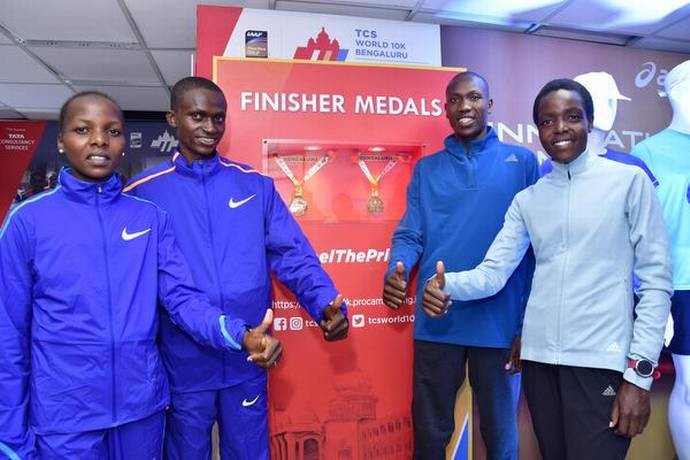
The run - scheduled to be held here on May 17 - regularly features around 25,000 runners across categories. Event organisers are expected to announce a decision on the status of the run by the end of March.
The website carries an announcement that while the entry fee is non-refundable, in the event of postponement, the entrant can re-register for the rescheduled edition at no extra cost.
“We are cognisant of and are closely monitoring the developments relating to the spread of COVID-19 in India. We will be noting the updates and advice as may be given by the Central Government of India and the Government of Karnataka from time to time.
Entry fees paid are non-refundable. Where the Event is cancelled due to a Force Majeure occurrence, including but not limited to Act of God, outbreak of an epidemic or communicable disease or any incident beyond the control of the Event Promoter, a registered applicant shall have the option to reregister for the subsequent/ rescheduled edition of the TCS World 10K Bengaluru, without payment of additional fee,” the announcement reads.
Asked if it would be more prudent to close registrations, and offer refunds in the event of postponement, Vivek Singh, Joint MD of event organiser Procam International said, “These decisions were taken by the race committee. We have anyway received very few entries in the last 10 days. This is understandable, given the concerns over the coronavirus situation. We do not offer a refund in the event of postponement, but the registered entry can be used for the rescheduled edition at no extra cost.”
(03/25/2020) ⚡AMPby Ashwin Achal in India
TCS WORLD 10K BENGALURU
The TCS World 10k Bengaluru has always excelled in ways beyond running. It has opened new doors for people to reach out to the less privileged of the society and encourages them to do their bit. The TCS World 10K event is the world’s richest 10 Km run and has seen participation from top elite athletes in the world. ...
more...The Sportisimo Prague Half Marathon has confirmed their new date - September 6, 2020
This was just released by Run Czech: "Following restrictive measures imposed by the Czech Government due to the spreading of coronavirus in the country and worldwide RunCzech has announced that the Sportisimo Prague Half Marathon (which is also a part of SuperHalfs running series) will not happen on 28 March 2020 as planned. The health of the participants is a priority now.
In recent days, RunCzech management has been intensively discussing an alternative date of the race with everybody involved in the organisation of the race – City Hall of Prague, international organizations, television, the Czech Athletic Federation and further institutions, and have commonly found a new date replacing the March event. Sportisimo Prague Half Marathon 2020 is now scheduled to take place on Sunday morning, 6 September 2020. The time and the place of the start will be confirmed.
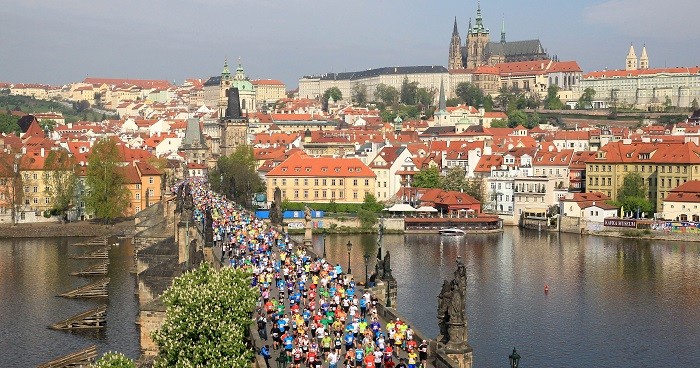
All runners registered for the race do not have to report or confirm their participation in the postponed race. All registrations will be automatically transferred to a new date (6 September 2020) together with the additional services such as t-shirts or medal engravings.
Those registered runners who may not be able to participate in the postponed race this year can change their valid entry ownership to another person or to defer their entry to the 2021 Sportisimo Prague Half Marathon (scheduled for 27 March 2021). Both options are possible to do without any additional cost until the end of July.
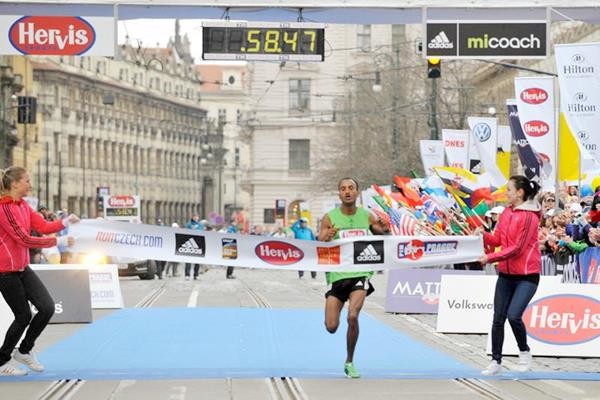
Runners registered in SuperHalfs running series will receive additional communication.
Registered participants will receive further information and more details about the race by e-mail in the upcoming two weeks.
(03/25/2020) ⚡AMPby Race organizers
Prague Half Marathon
Start the RunCzech season with one of the biggest running events in the Central Europe! Every year the Sportisimo Prague Half Marathon excites spectators with performances of elite athletes breaking records. Enjoy a course with incomparable scenery in the heart of historic Prague that follows along the Vltava river and crisscrosses five beautiful bridges. Take in majestic views of the...
more...When would be a good time to hold the postponed Olympic Games in Tokyo?
Until now, the Summer Olympics had never been postponed. But on Tuesday, the International Olympic Committee and the Japanese organizers gave in to the inevitable amid the surging coronavirus pandemic and delayed the Tokyo Games for a year because of “the unprecedented and unpredictable spread of the outbreak.”
Cancellation was a nonstarter. The world’s athletes, who are the centerpiece of the event, would have had their dreams snatched away.
But the IOC, which desperately — and critics said foolishly — had stalled for more time, had no choice but to push the Olympics into next year.
There was no possible way that 11,000 athletes from more than 200 nations could safely convene and compete in Tokyo or any other major city in late July.
The question now is, when would be a prudent time to hold the Games of the XXXIInd Olympiad?
(03/25/2020) ⚡AMPTokyo 2020 Olympic Games
Fifty-six years after having organized the Olympic Games, the Japanese capital will be hosting a Summer edition for the second time, originally scheduled from July 24 to August 9, 2020, the games were postponed due to coronavirus outbreak, the postponed Tokyo Olympics will be held from July 23 to August 8 in 2021, according to the International Olympic Committee decision. ...
more...Providence Marathon has been cancelled
This is from the organizers of the Providence Marathon which was set to go May 3. "Dear Runners - Due to the concern surrounding the coronavirus, the CDC's recommendation of no events of 50-plus people for the next two months, and the government’s rolling mandate around no public gatherings, we've made the decision to cancel the Providence Marathon, Half Marathon, & 5K, originally scheduled for May 3, 2020.
"We understand how disappointing this is, and we still want to do the best we can for you. We're currently working hard with the venue and city officials to see if a fall postponement is possible, and expect a decision by early April, but we wanted to provide an update now so registered runners can adequately prepare.
"Please keep an eye on your inbox for upcoming email announcements regarding Providence Marathon updates. We'll also be sharing updates on social media. In the meantime, don’t hesitate to reach out to us at info@providencemarathon.com with any questions or concerns.
"On behalf of the Providence Marathon team, we thank you for your patience and understanding."
(03/24/2020) ⚡AMP
by Race Organizers
Providence Marathon
This exciting race day in Down City will host a marathon, half marathon, 5k and kids fun run. The Marathon will start at 7:30 a.m. Sunday in Downtown Providence, Rhode Island. The Half Marathon will start at 8:00 a.m. from the same location. The 5k will follow at 8:15 am and the kids race with take off at 8:20 all...
more...The world athletics championships set for move due to postponed Olympics
The decision to postpone this summer's Olympic Games has been met with almost universal welcome and praise.
The Olympic Federation of Ireland (OFI) say the decision is the "correct" one under "difficult circumstances".
But the lifting of the XXXII Olympiad and plonking it down into the following summer comes with its own scheduling challenges.
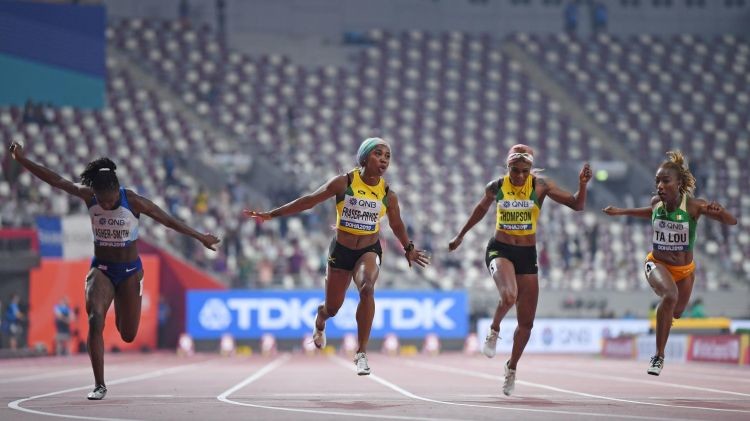
The 2021 World Athletics Championships are due to be held in Eugene, Oregon from August 6 to 15.
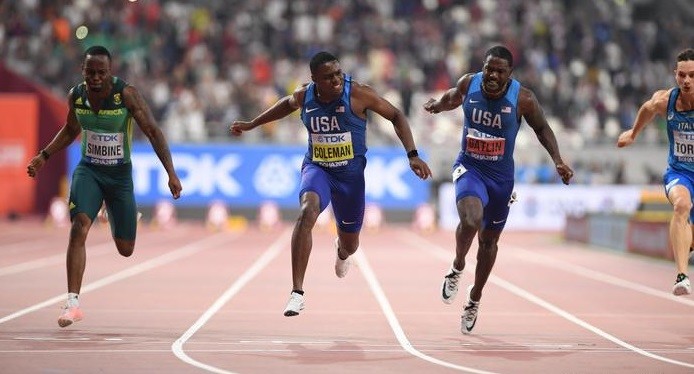
Even if the Olympics doesn't stick to roughly the same timetable (July 24 to August 9), it will present a problem about how best to prepare for both prestigious track and field championships.
World Athletics seem open to whatever suggestion is thrown at them regarding potential rescheduling.
In a statement they say they could even move next year's World Championships to the summer of 2022.
World Athletics say they're committed to producing an outdoor season of some description this year, even if it starts later and ends later than it usually would.
The opening two Diamond League meetings of the year in Doha and China have already been postponed.
The next stop in Stockholm remains pencilled in for May 24, but with athletes currently unable to train it would appear that is unlikely to go ahead either.
World Athletics' statement reads:
World Athletics welcomes the decision of the IOC and the Japanese Government to postpone the Tokyo 2020 Olympic Games to 2021.
It is what athletes want and we believe this decision will give all athletes, technical officials and volunteers some respite and certainty in these unprecedented and uncertain times.
Athletics will continue to do whatever it can to preserve and create an outdoor season of one-day meetings in 2020, starting and ending later than usual, so athletes, when they are able and it is safe to, will have access to competitions in every region.
This will help them benchmark their performances and adjust their training accordingly for an Olympic Games in 2021.
In light of this announcement, we will also expedite our current review of the Olympic qualification system, in cooperation with the IOC, and release any changes to the process as soon as possible so athletes know where they stand.
World Athletics stands ready to work with the IOC and all sport on an alternative date for the Olympic Games in 2021 and has already been in discussion with the Organising Committee of the World Athletics Championships Oregon 21 regarding the possibility of moving the dates of this highly popular worldwide event.
They have reassured us that they will work with all of their partners and stakeholders to ensure that Oregon is able to host the World Athletics Championships on alternative dates, including dates in 2022.
(03/24/2020) ⚡AMPby Richie McCormack
The International Olympic Committee and Tokyo 2020 organizers have officially announced the Games will be postponed until 2021
The Tokyo Olympic Games have officially been postponed, the IOC announced Tuesday morning. The decision comes after weeks of reassurances from the IOC and Tokyo 2020 organizers that the Games would go ahead as planned, despite global concerns regarding the coronavirus outbreak.
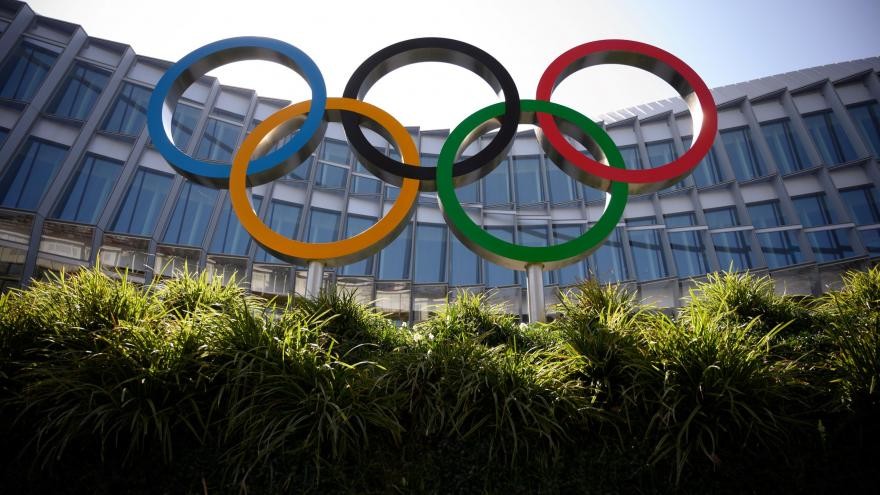
Many people around the world—including athletes and national sport governing bodies—have been calling for postponement, but it took the withdrawal of the Canadian and Australian Olympic Committees to push the IOC to this point.

IOC President Thomas Bach and Japanese Prime Minister Shinzo Abe agreed that the COVID-19 pandemic was becoming too much to handle, and they decided that postponement was the right route to take. The IOC’s statement says the Olympics will be rescheduled “not later than summer 2021.” Regardless of when they are held, the Games will keep the name “Tokyo 2020.”
The Olympic Games have been cancelled on three occasions—1916, 1940 and 1944—all due to war. Tokyo 2020 will be the first postponement of a Games, however. The postponement will come as a relief to people across the world, and it keeps the Olympic dream alive for many Canadian athletes.
(03/24/2020) ⚡AMPby Ben Snider-McGrath
Tokyo 2020 Olympic Games
Fifty-six years after having organized the Olympic Games, the Japanese capital will be hosting a Summer edition for the second time, originally scheduled from July 24 to August 9, 2020, the games were postponed due to coronavirus outbreak, the postponed Tokyo Olympics will be held from July 23 to August 8 in 2021, according to the International Olympic Committee decision. ...
more...

